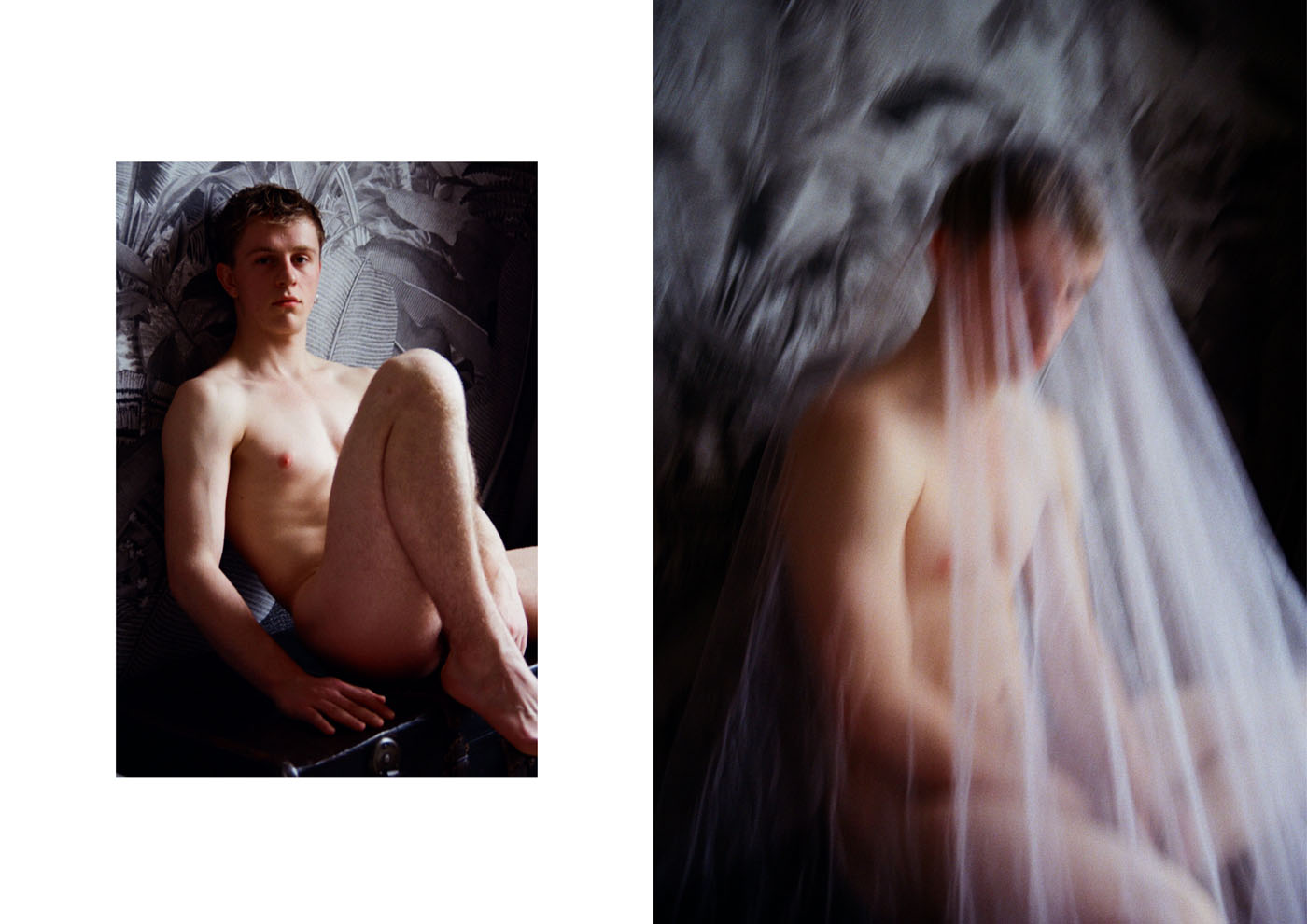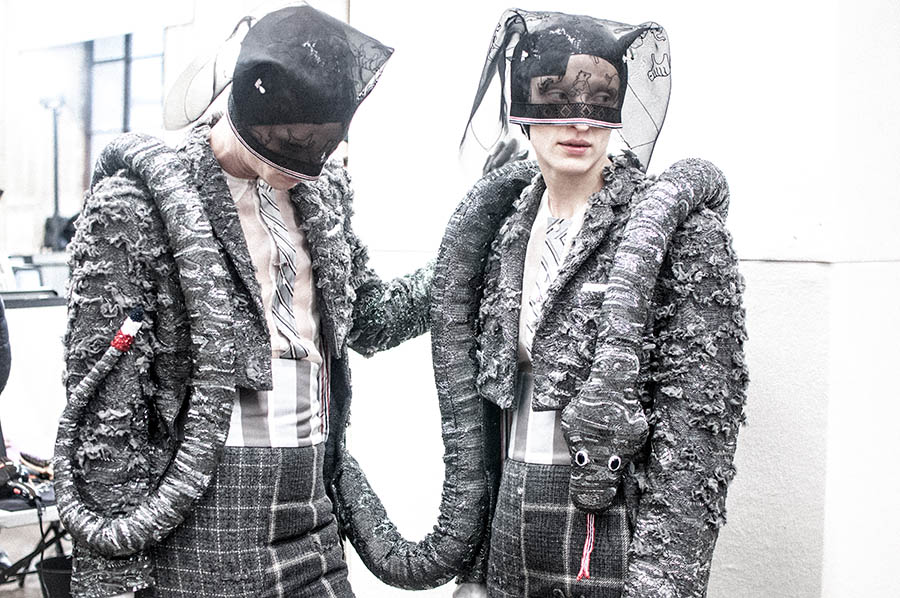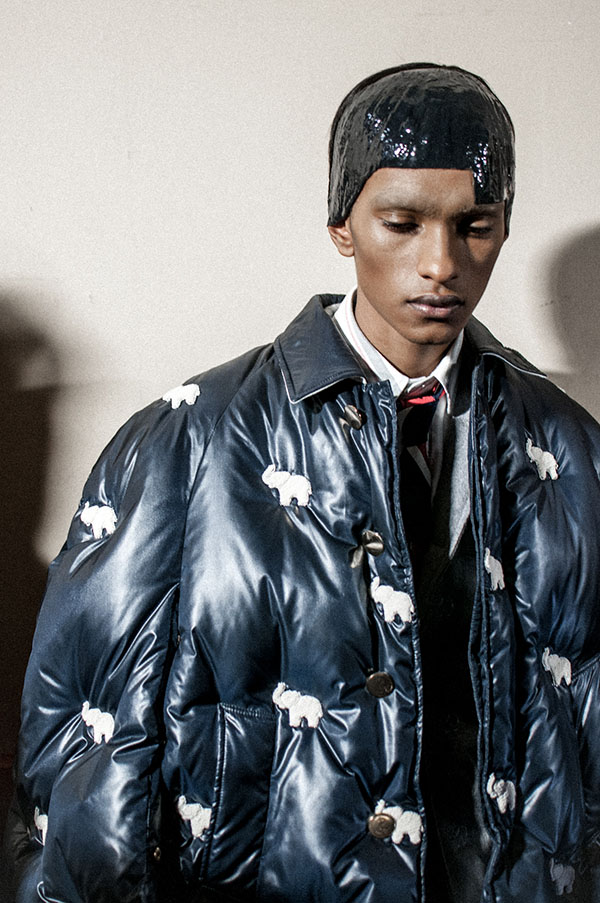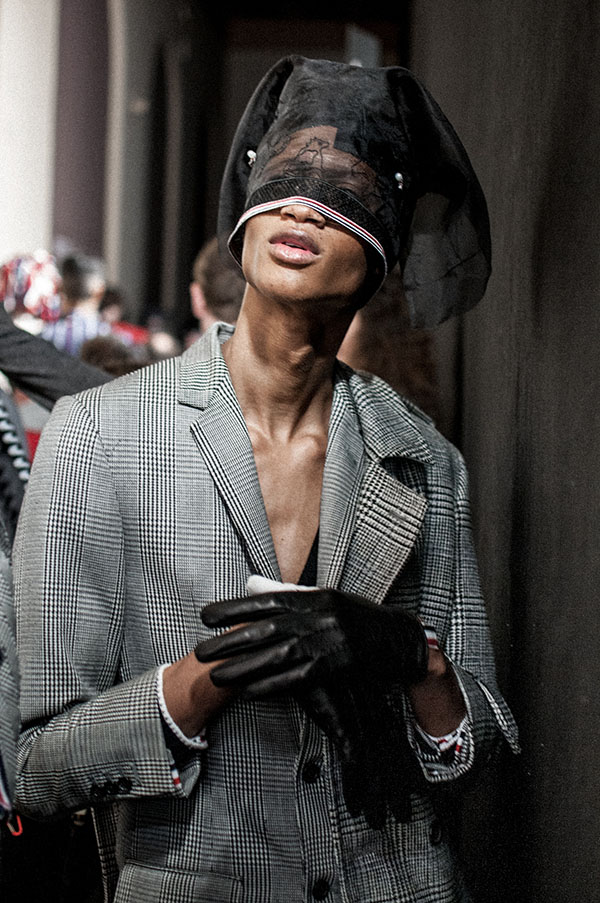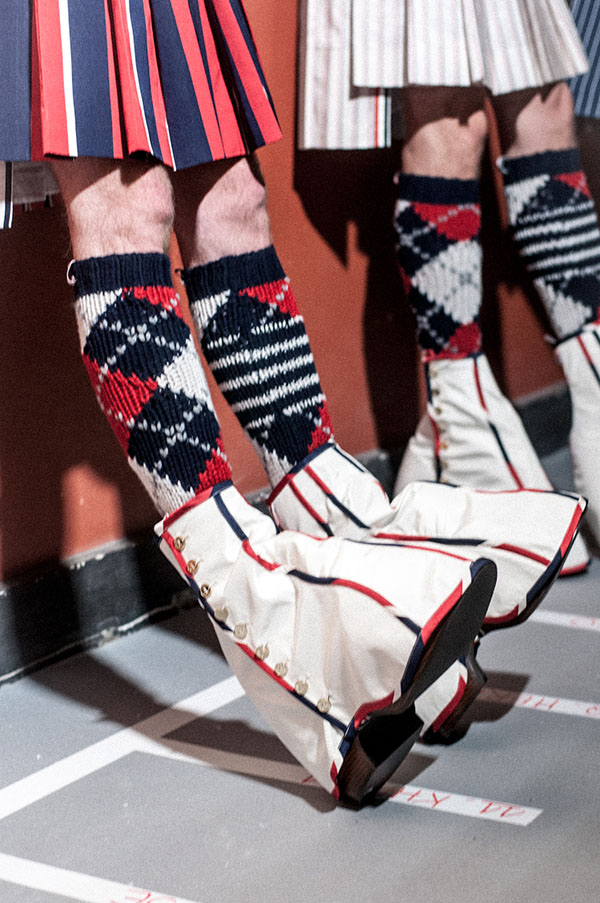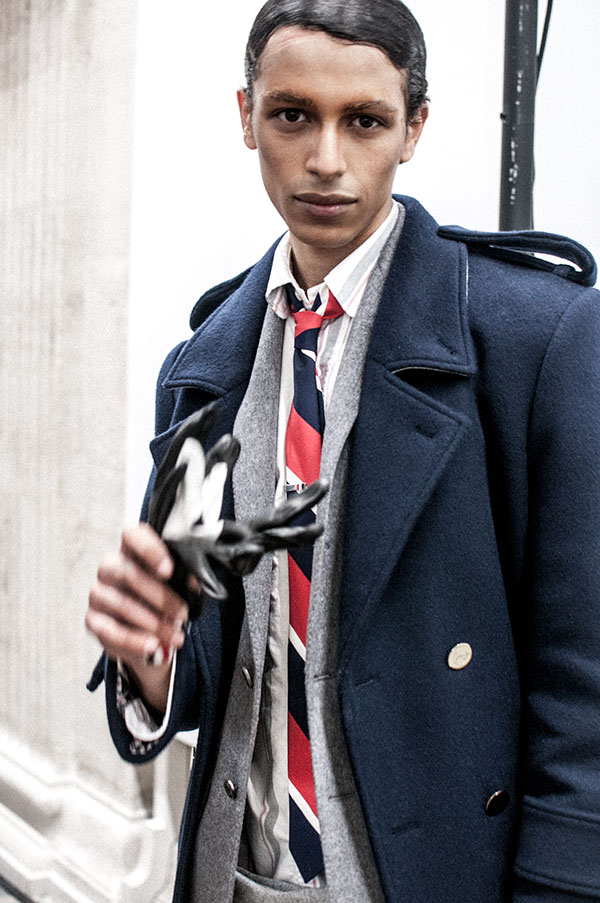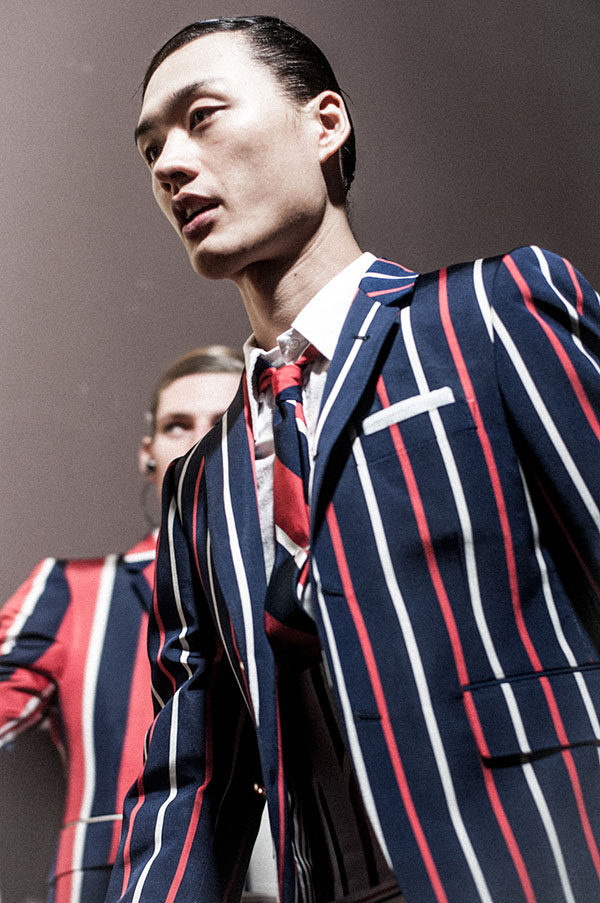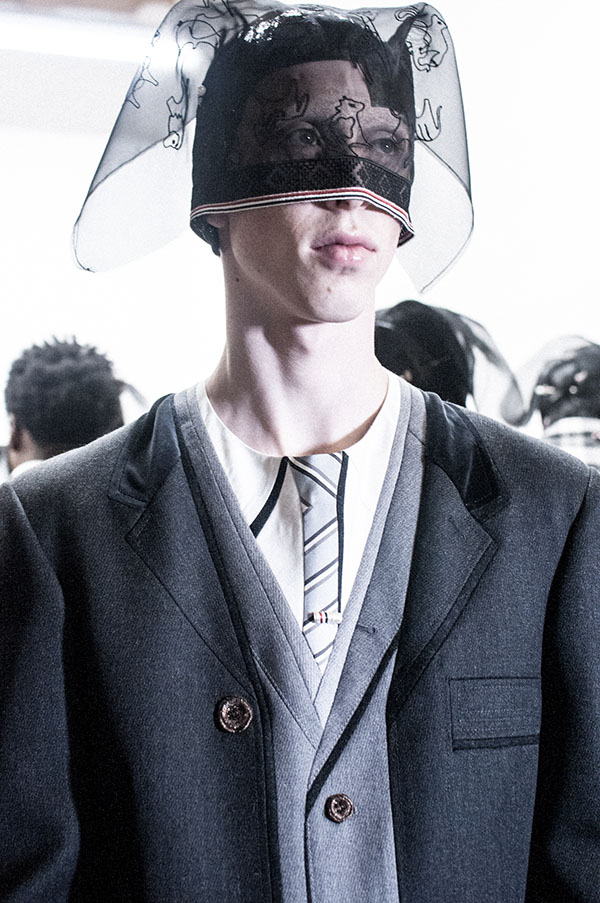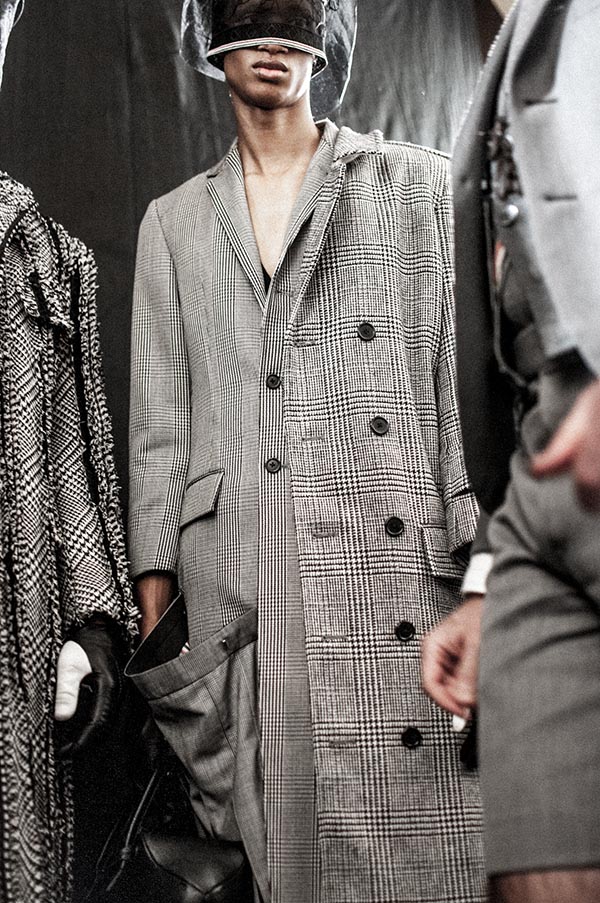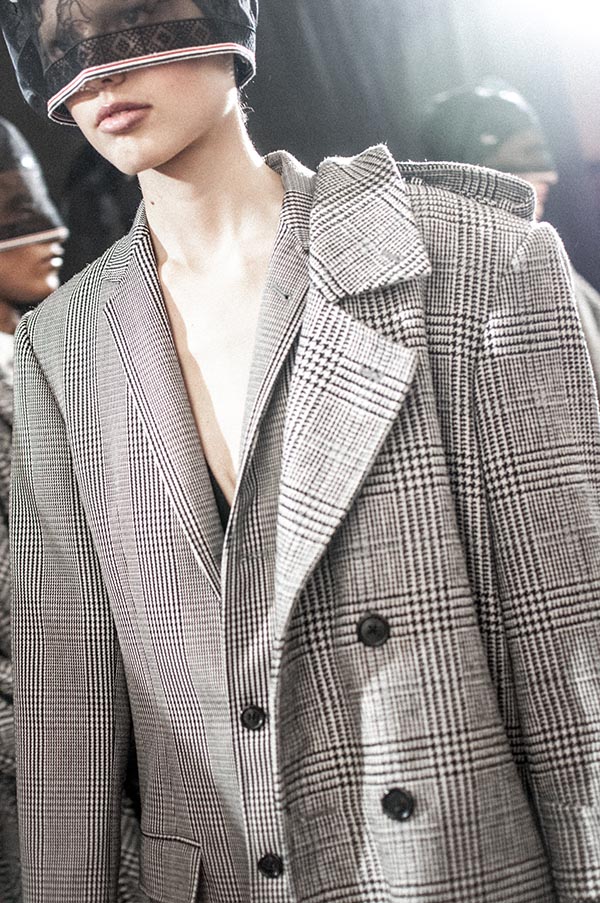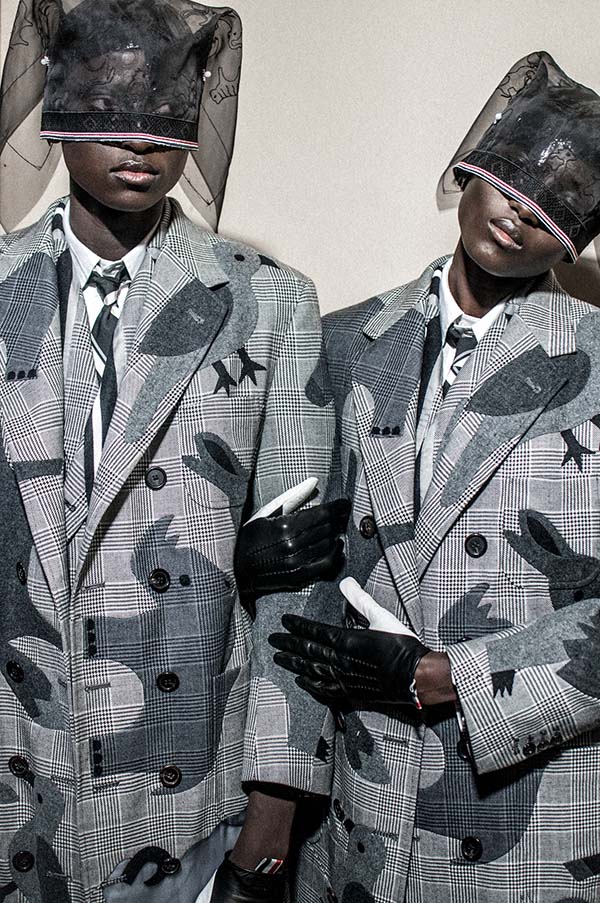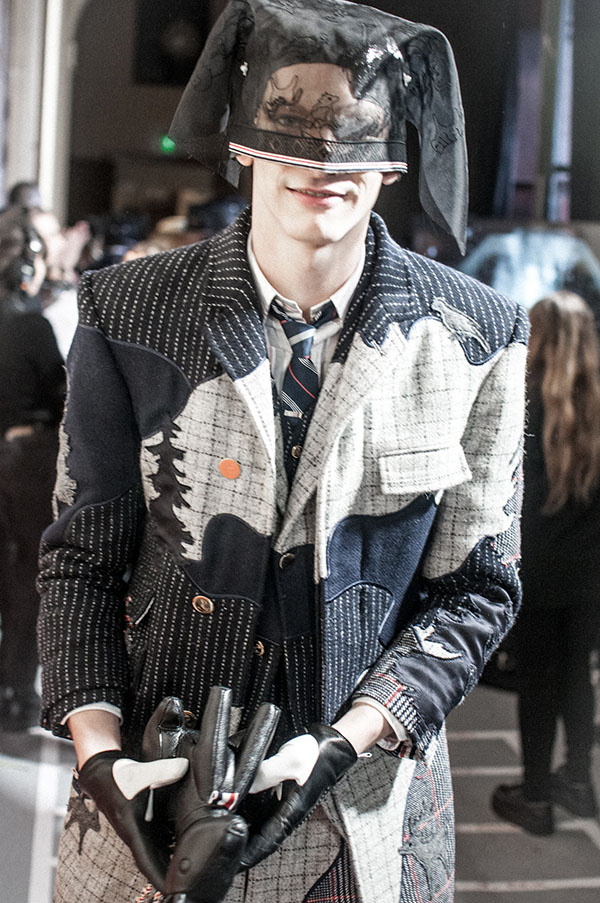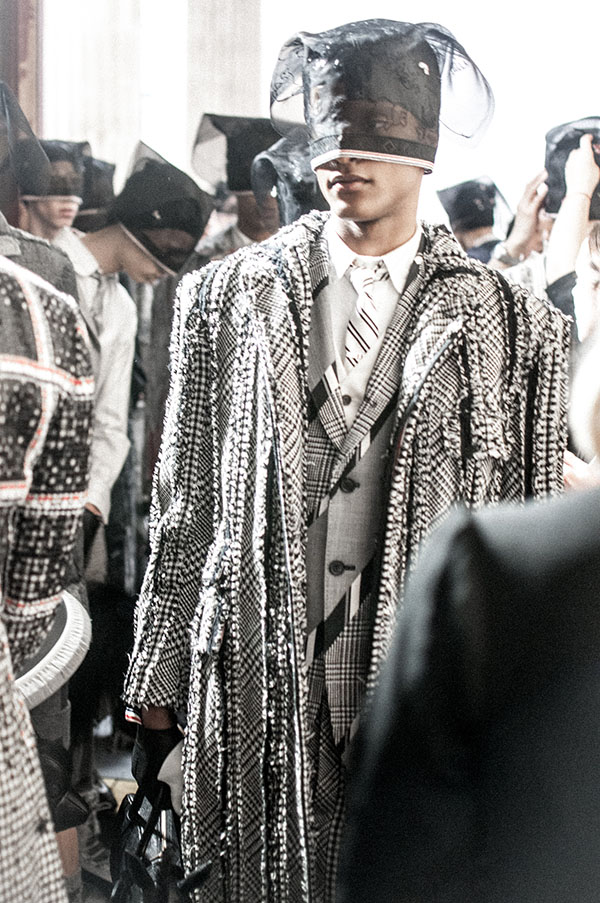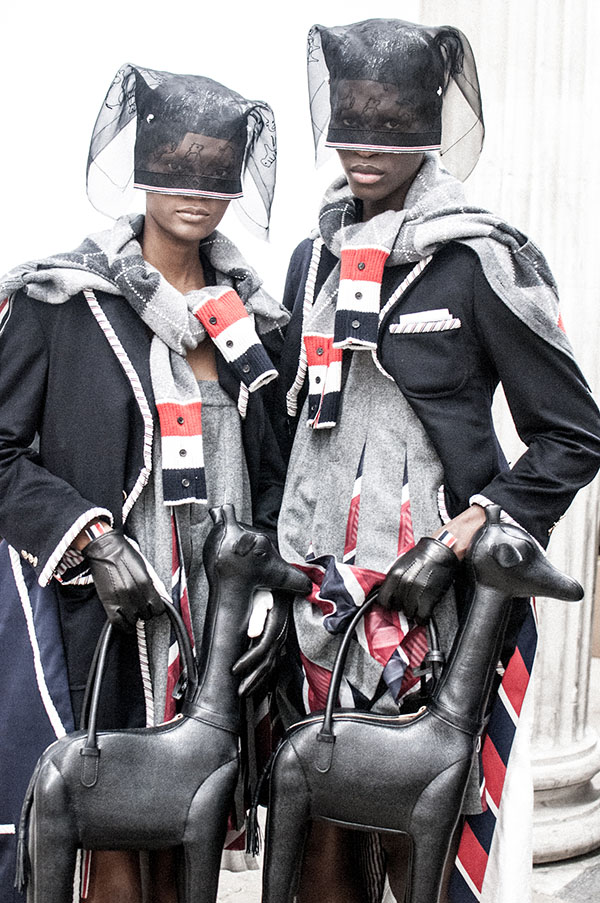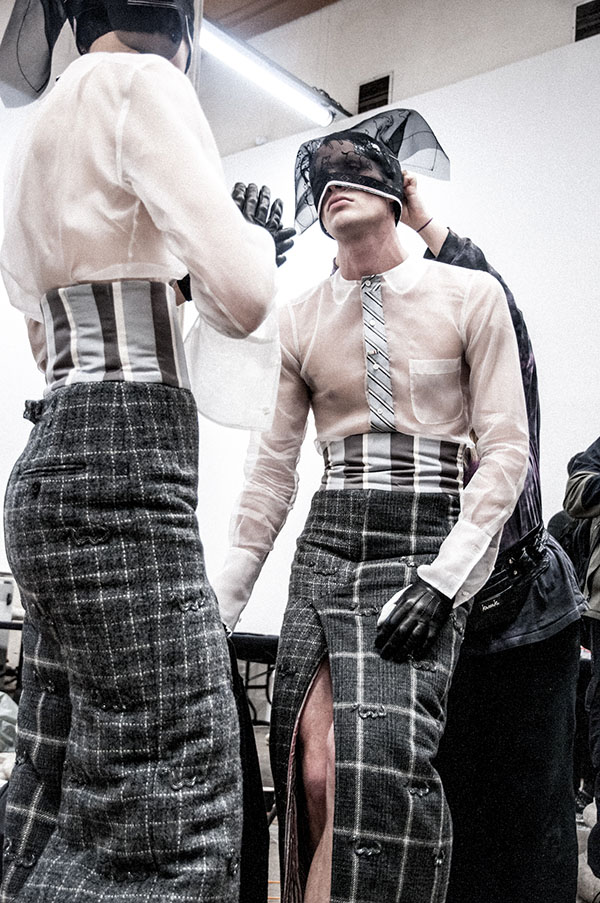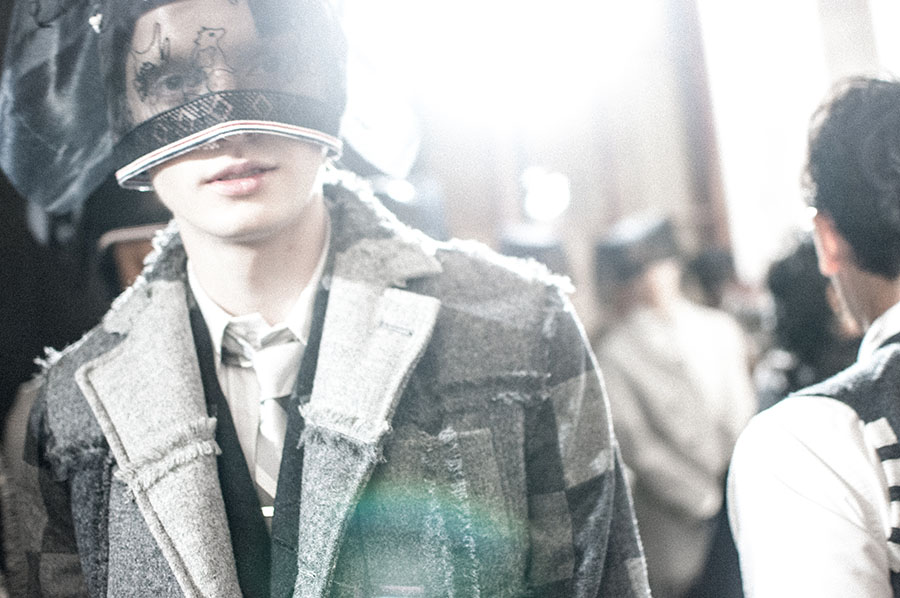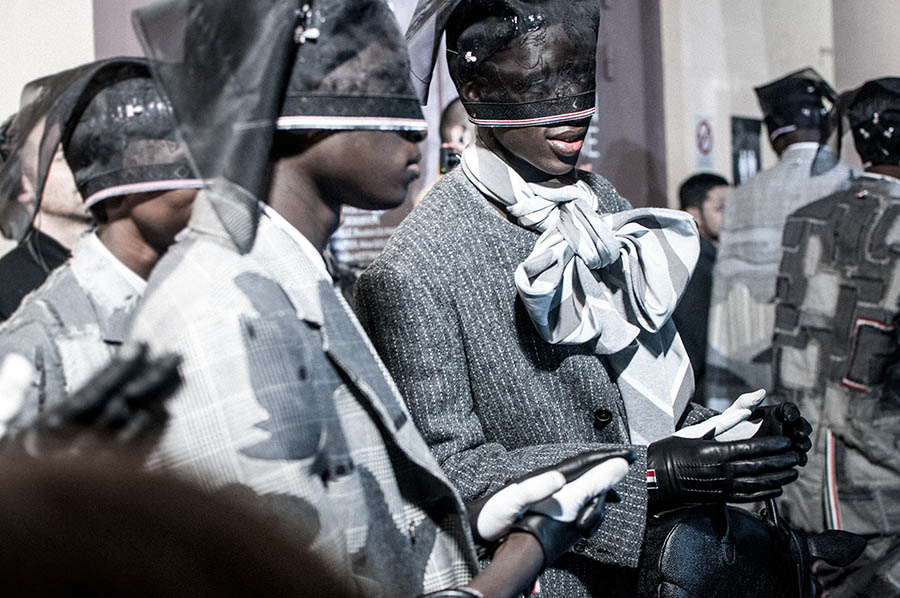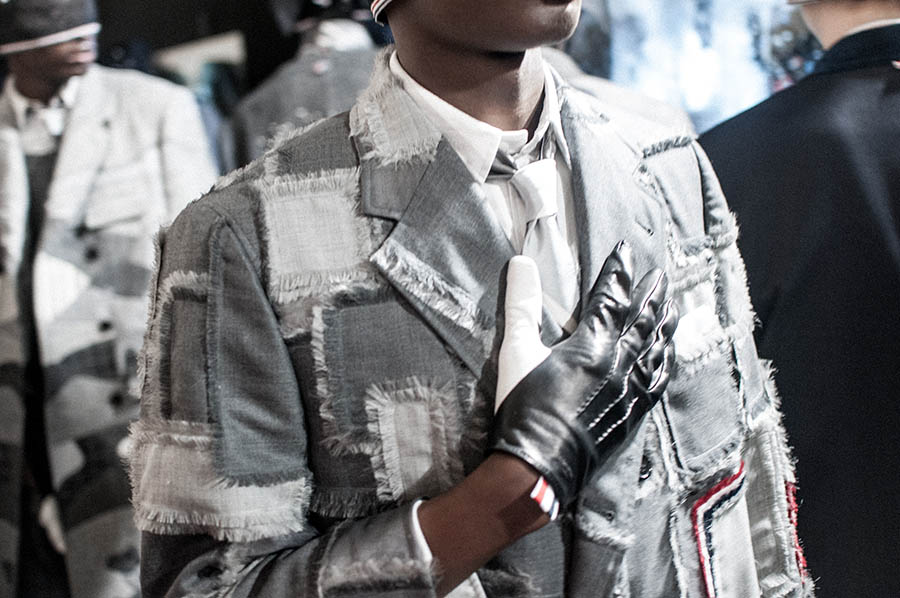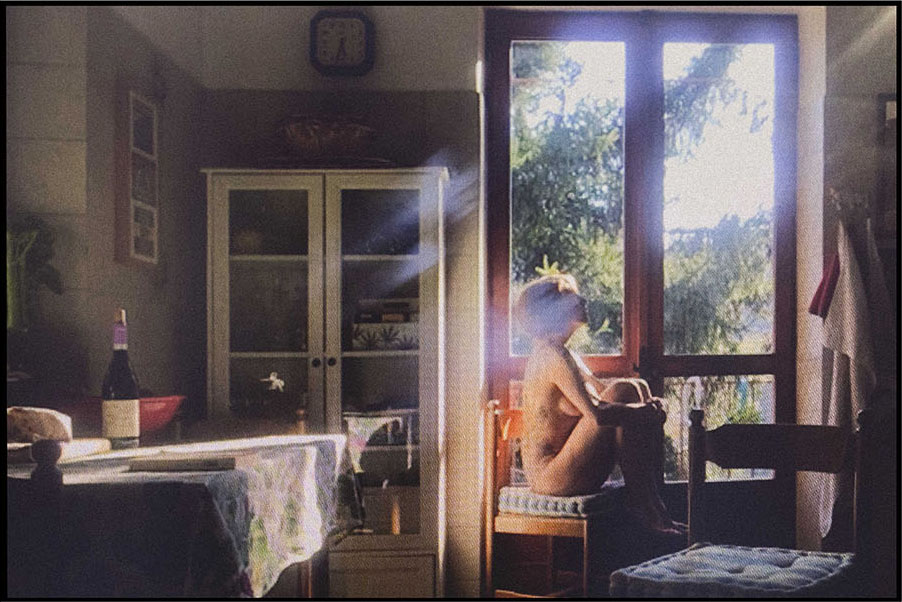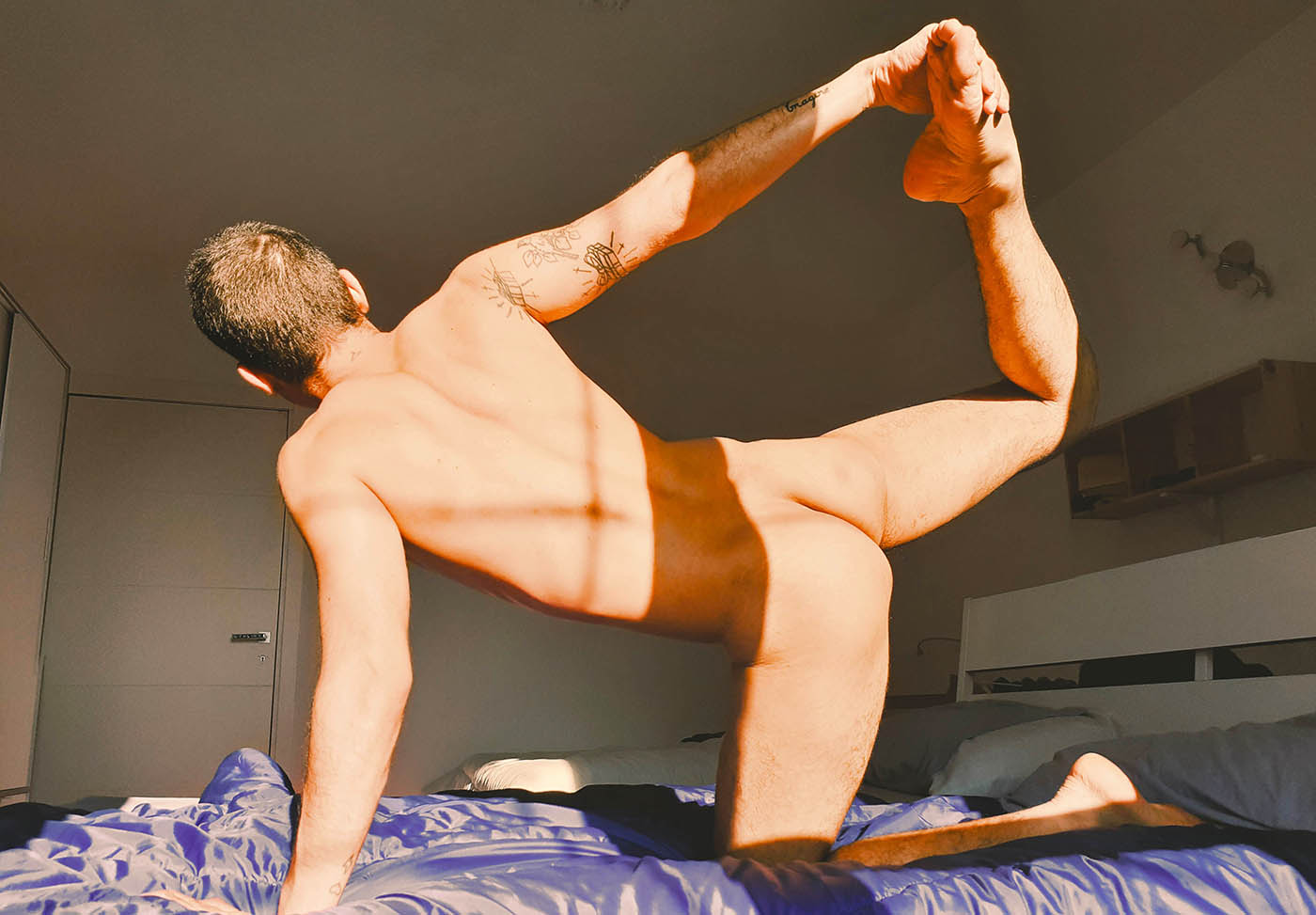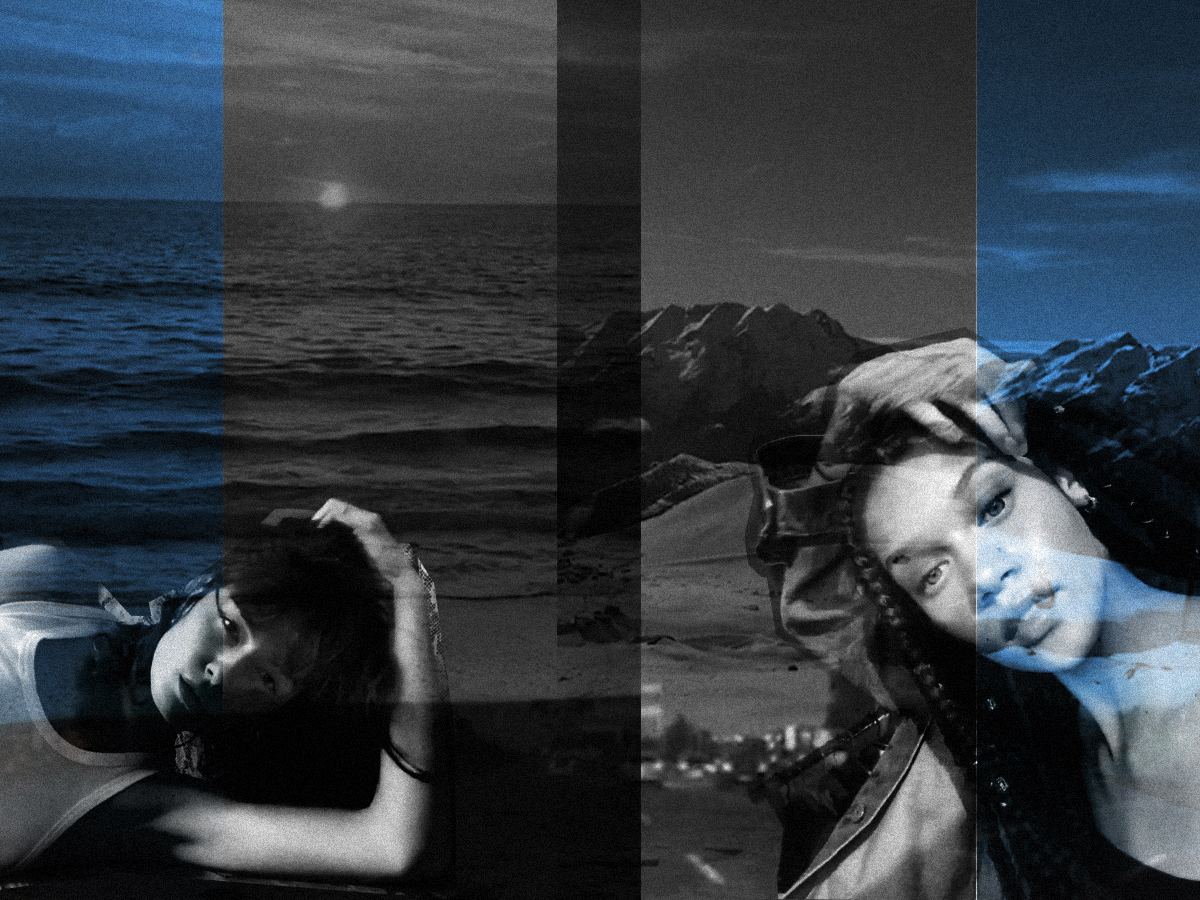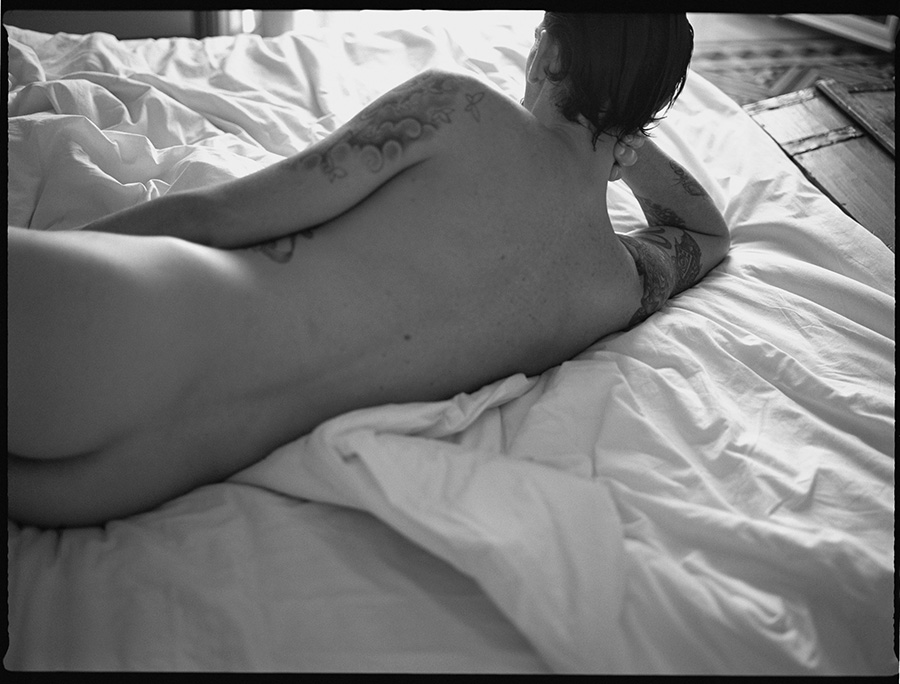Sorry Jonny Died Zine Vol.1





featured brands ROSIE EVANS, VIVIENNE WESTWOOD, THE STRAND NEW YORK, MADNESS VINTAGE
Photography by Jonny Kaye (@sorryjonnydied)
Styling, make up and model by Megan Winstone (@meganwinstonephoto)
Link to purchase: jonnykaye.com/store

Allure #1
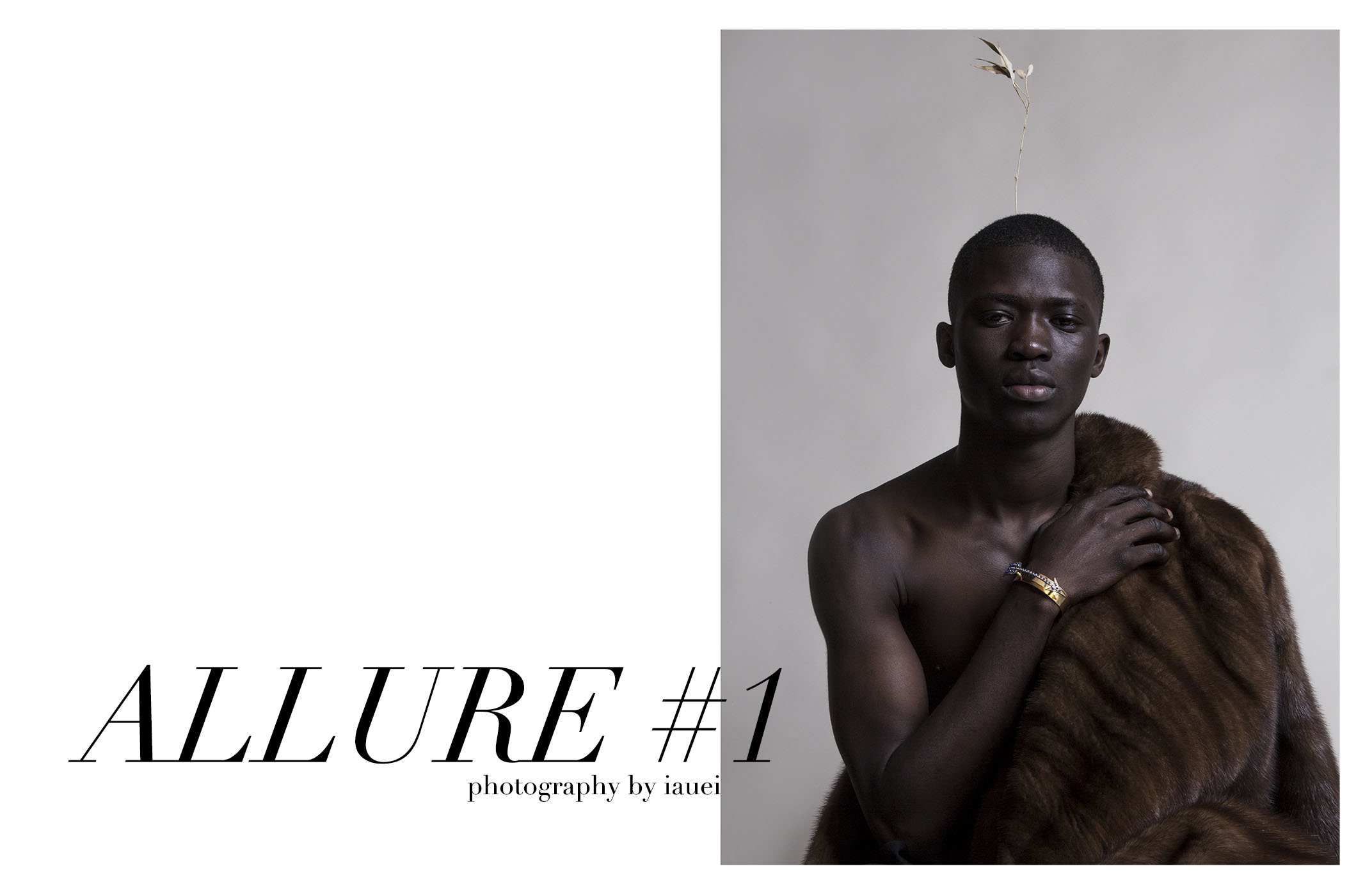
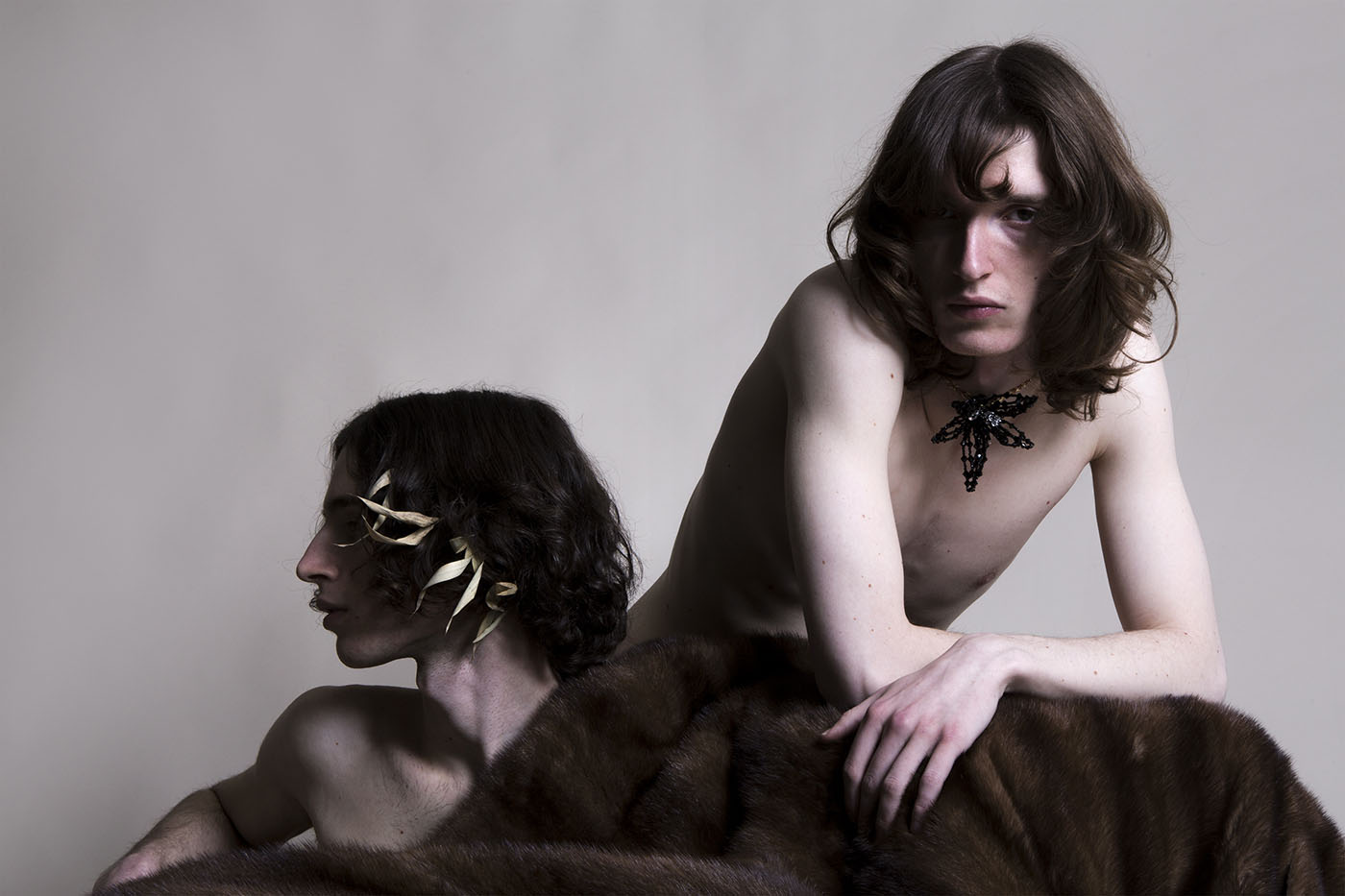

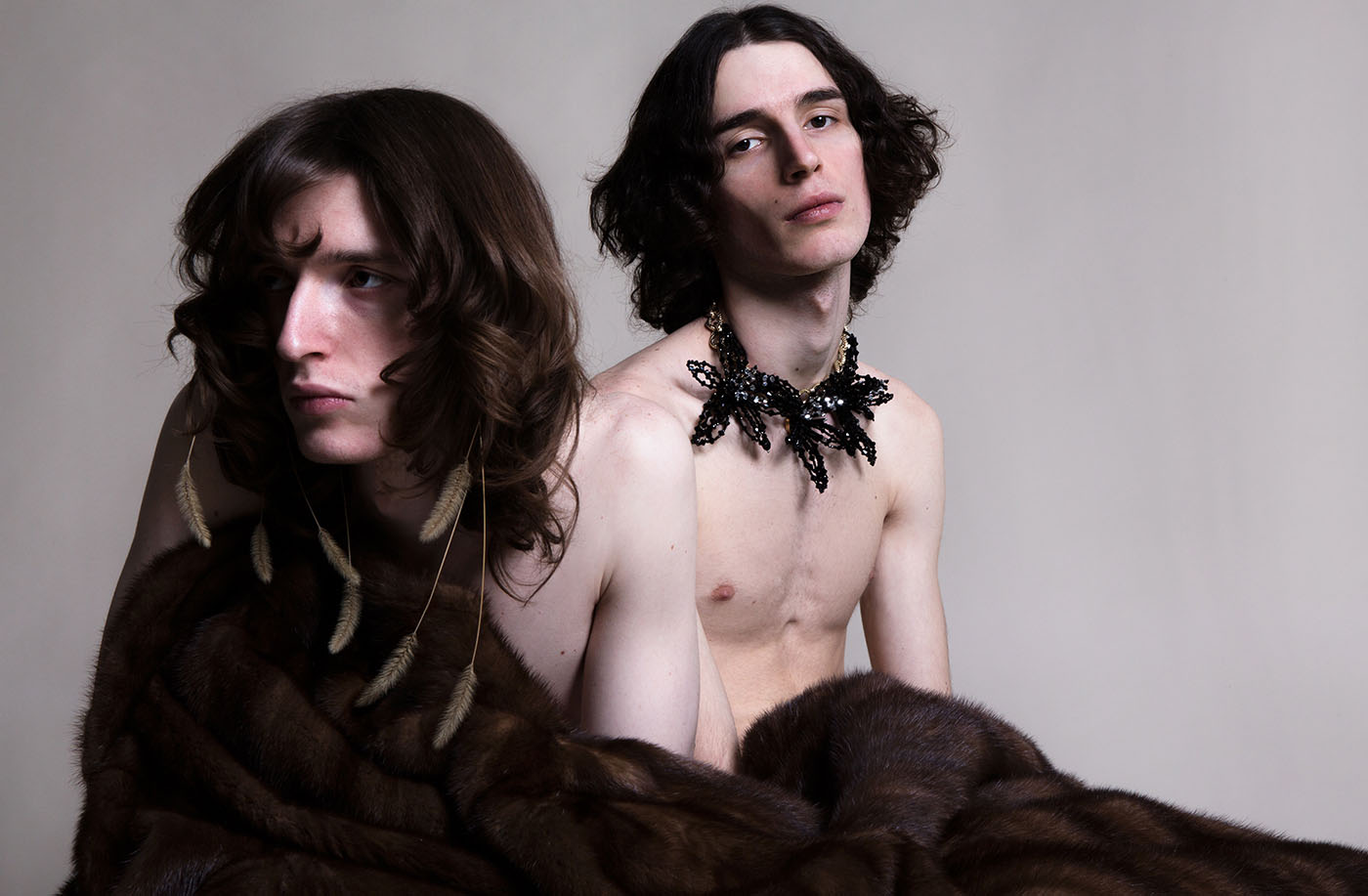
Photography: iauei (@iauei)
Art Direction: Valentina Monari (@v.monari)
Hair: Gabriele Marozzi (@gab_marozzi)
Photography Assistant: Camilla Bianchi (@camillinii)
Models: Kevin (@kevin_demaj), Gabriel (@_gabrieldem_),
Alexandre Sewa (@alexandre_sewa), Rehjan Bruti (@brutibrothers)
All Jewelries from GERLANDO
MAY-SELF
“MAY-SELF” is a quarantine editorial shot inside the spring greenery of a private home garden after the government decision in May 2020 to step into the COVID-19 phase 2, giving people a breath of natural freedom.
Inspired by “The Unbearable Bradness of Being” of Mark Seliger (1999), photographer Stefano Carloni decided to adapt and challenge himself and be (almost) the only one on set, behind and in front of the camera at the same time.
The editorial conveys an idea of gender fluidification, characterized by an extreme sense of humor and a set of weird, bold and feminine pieces. The aim is to show how to stage a performing tale with no boundaries and constrictions, but just for a pure sense of self expression.
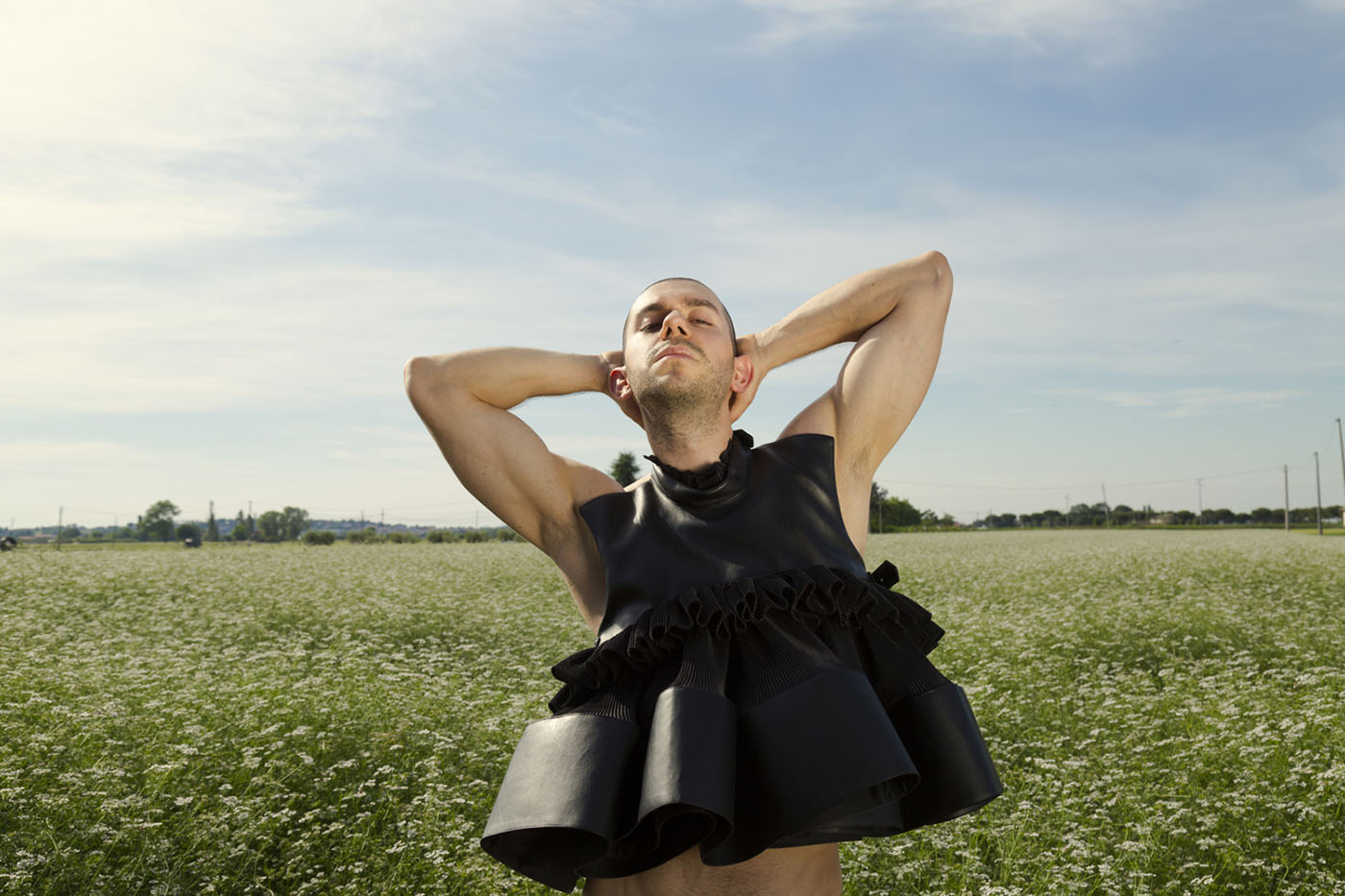
top COMME DES GARÇONS NOIR KEI NINOMIYA
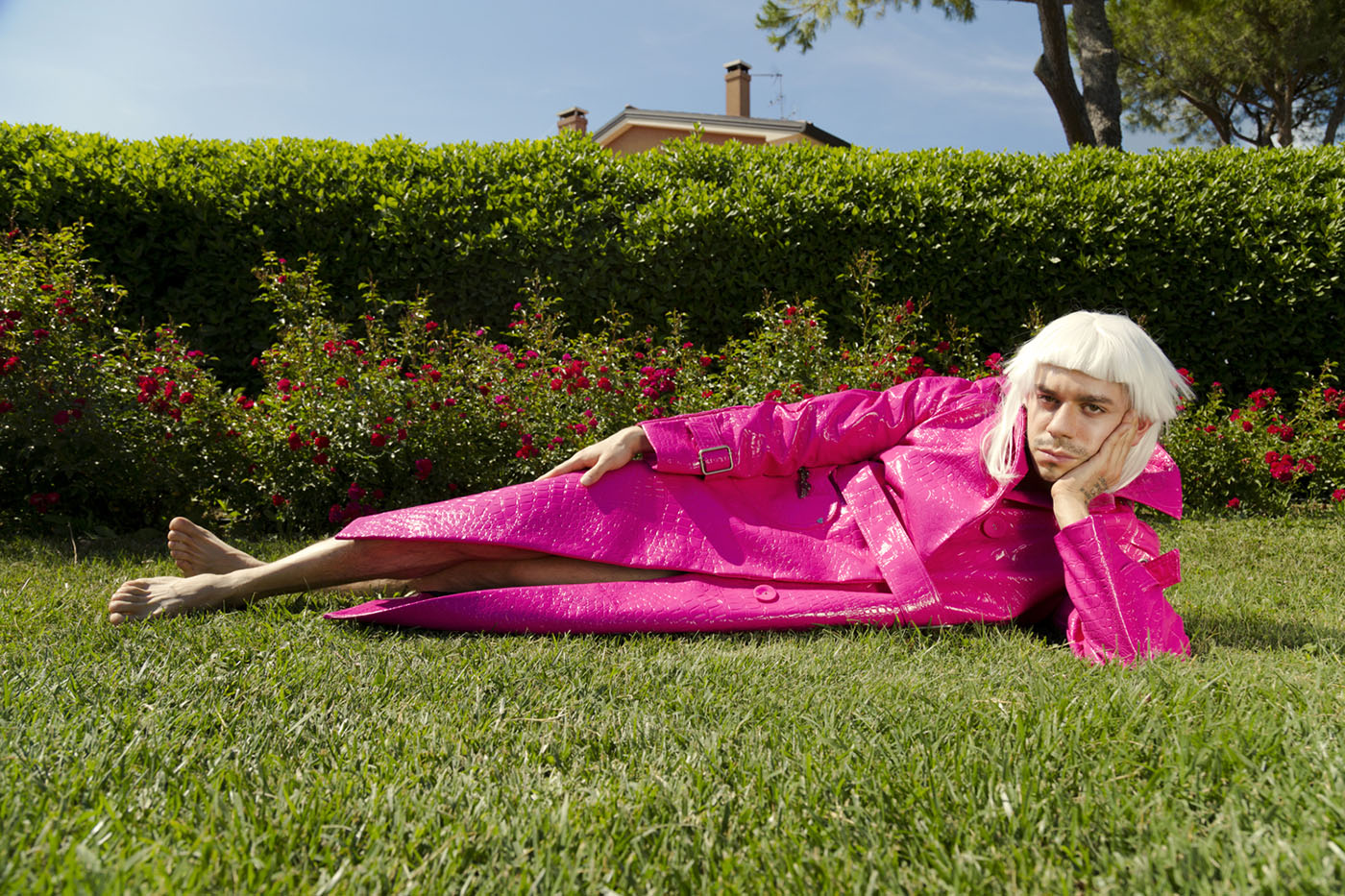
trench SAKS POTTS

blouse SAKS POTTS, trousers GmbH
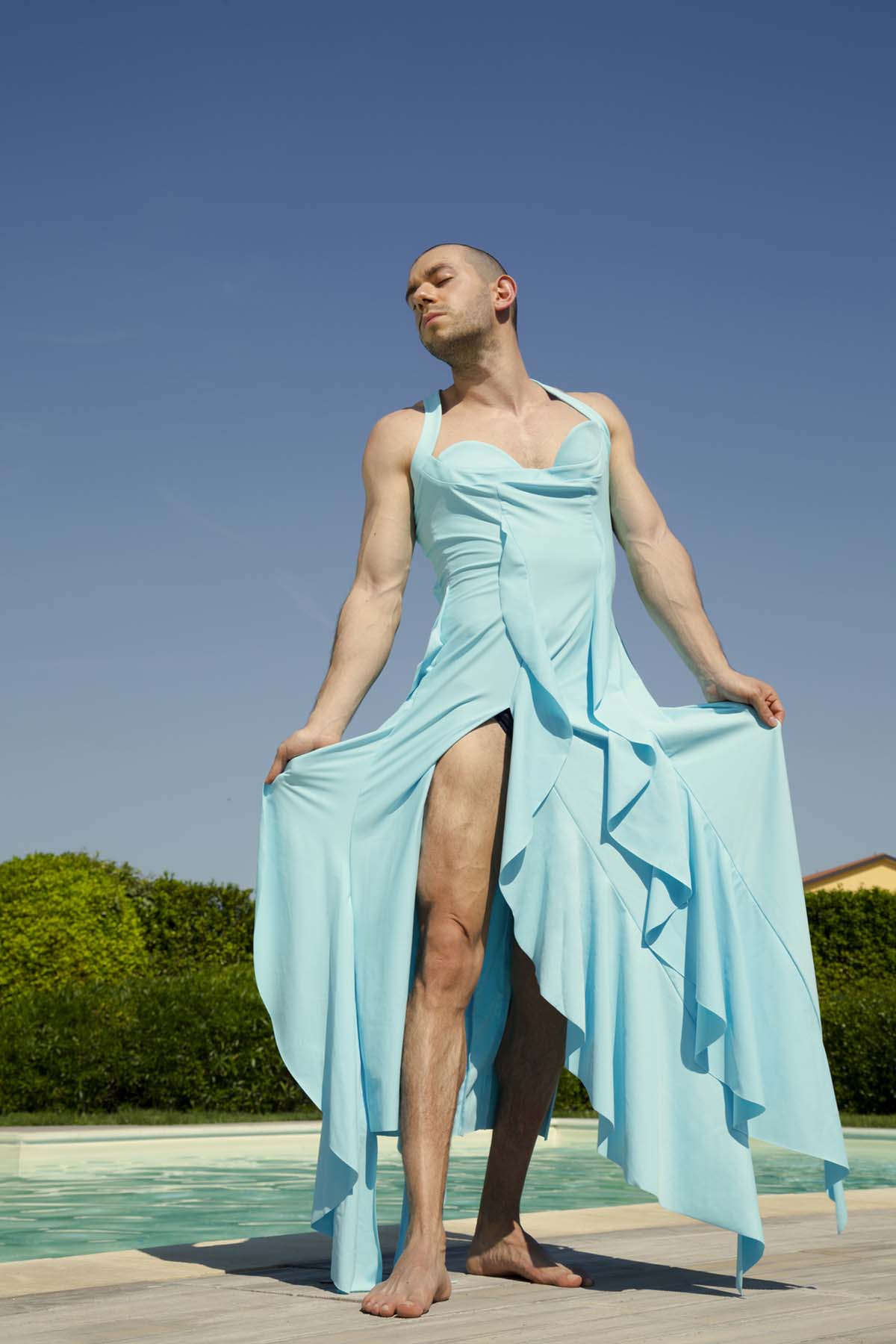
dress GmbH
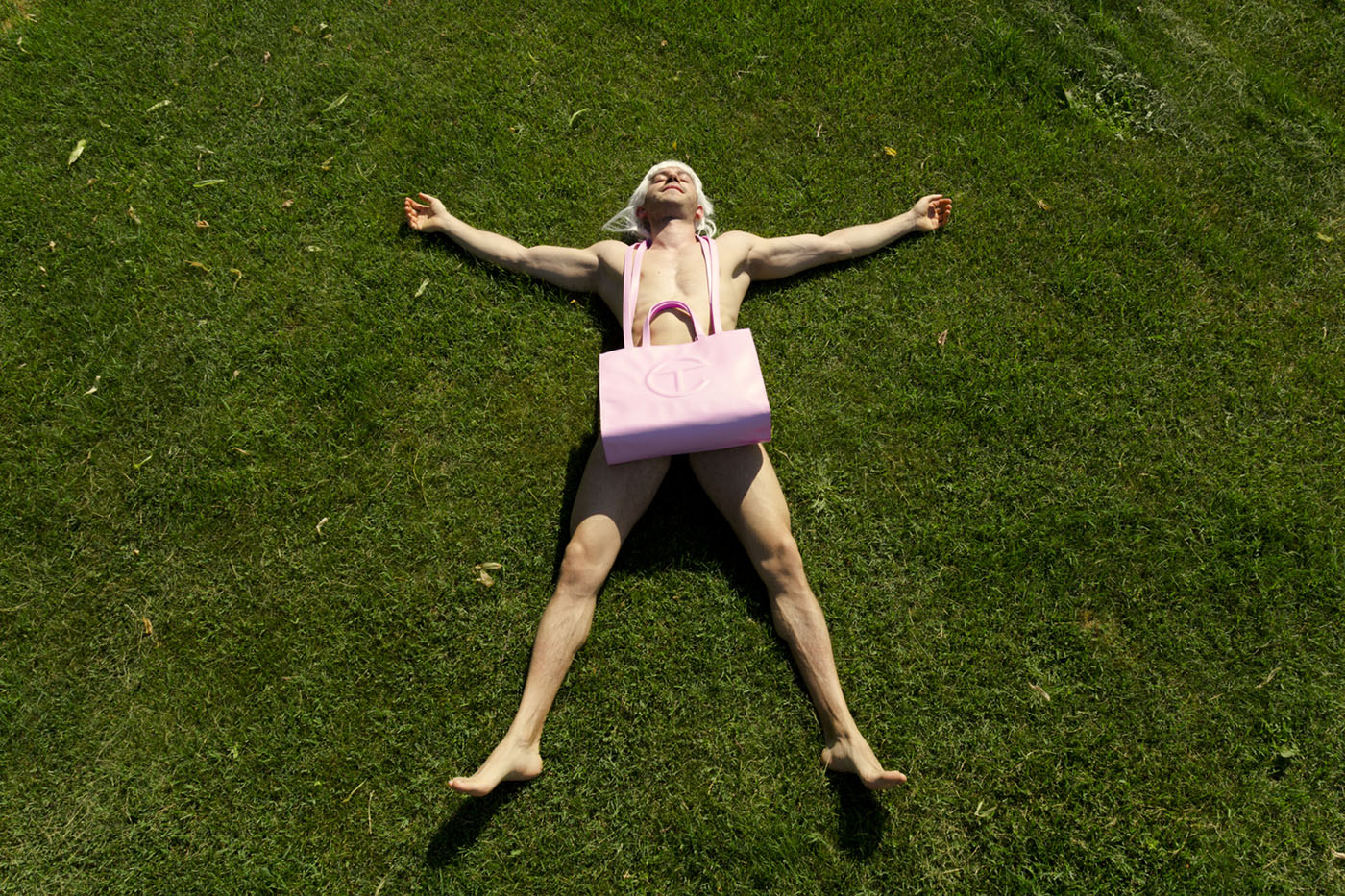
bag TELFAR
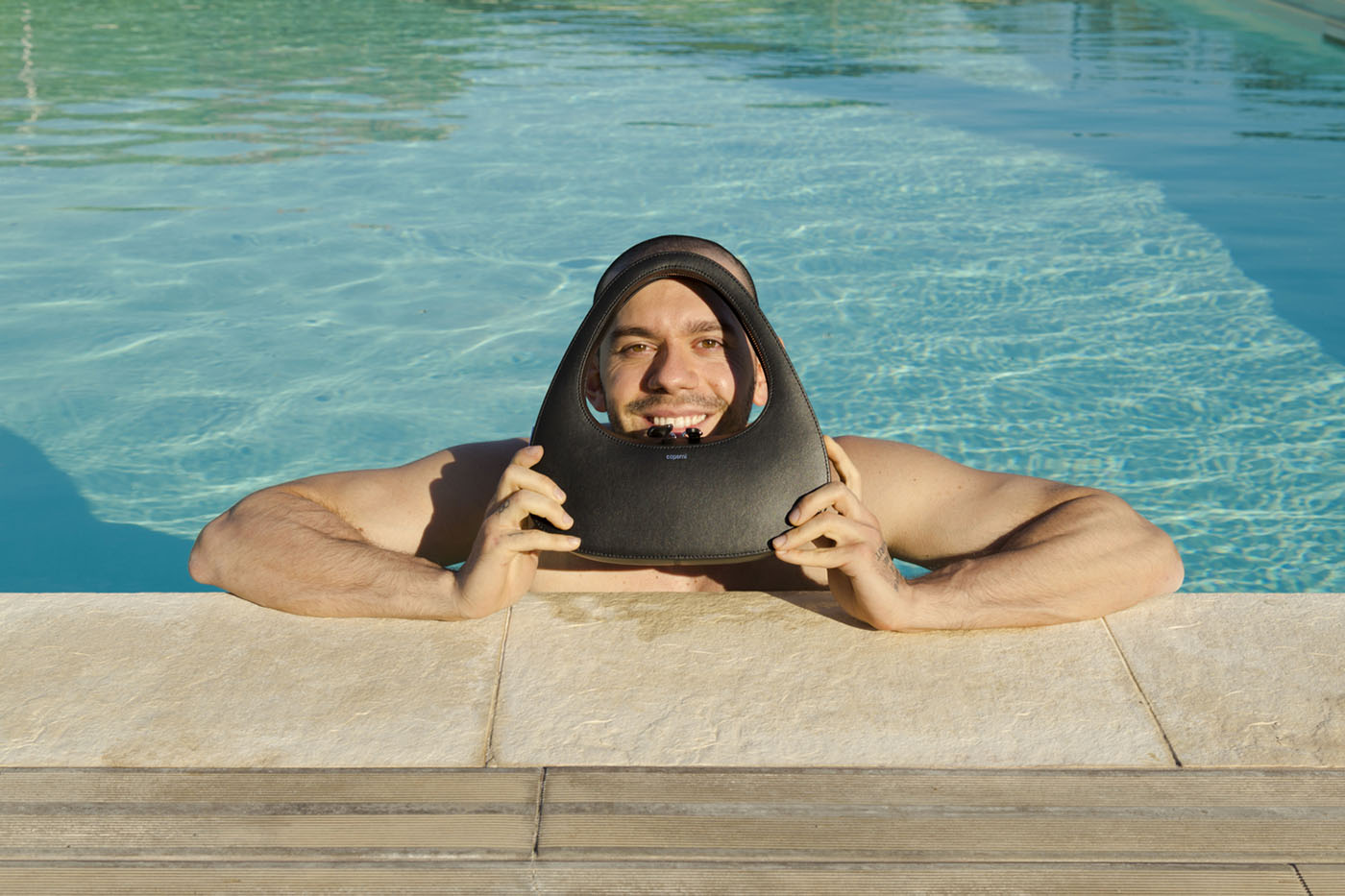
bag COPERNI
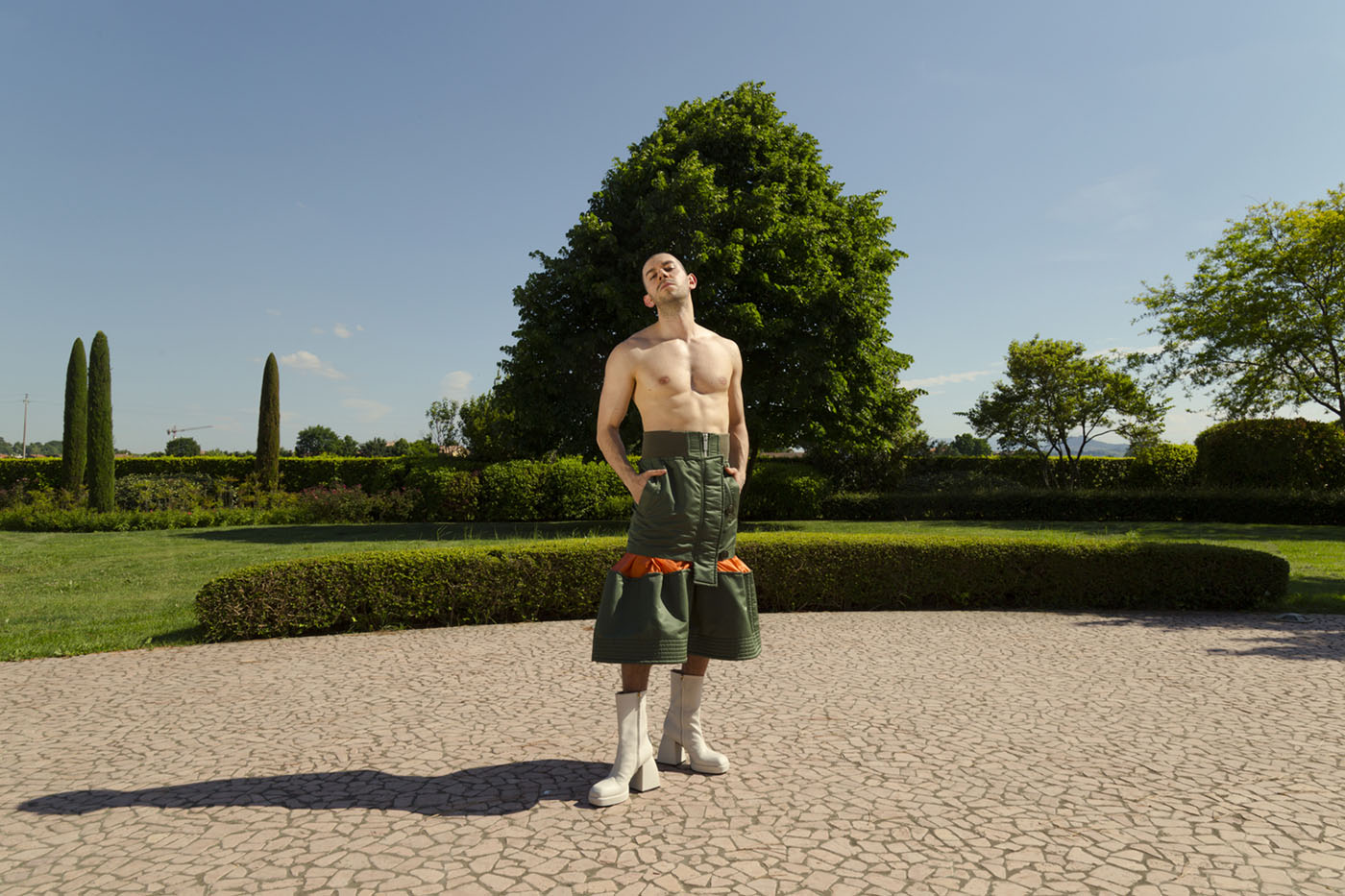
skirt SACAI, boots NODALETO
Photographer: Stefano Carloni as a photographer (@mr_tuft)
Model: Stefano Carloni as a model (@stefanettettino)
Special thanks to MAXIM THE34
Bedroom Portraits
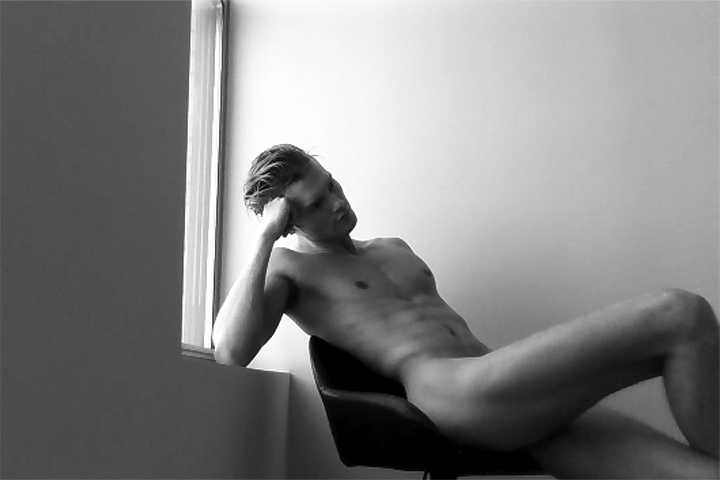
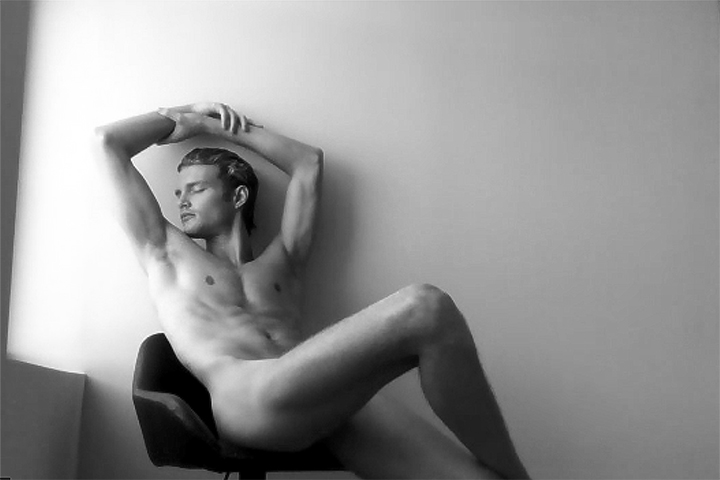
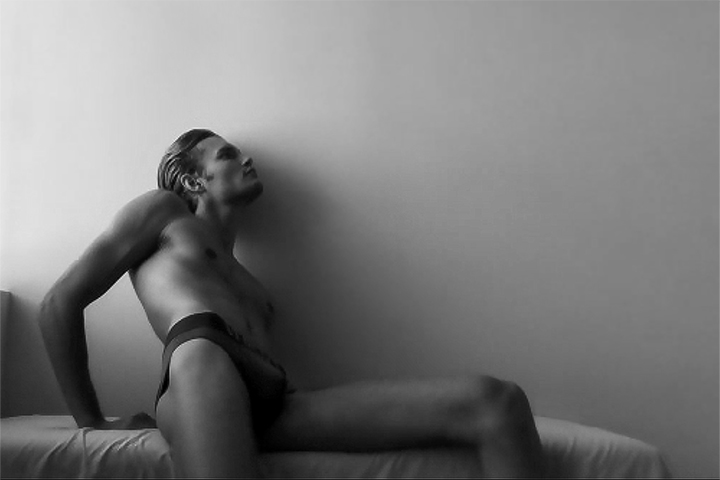
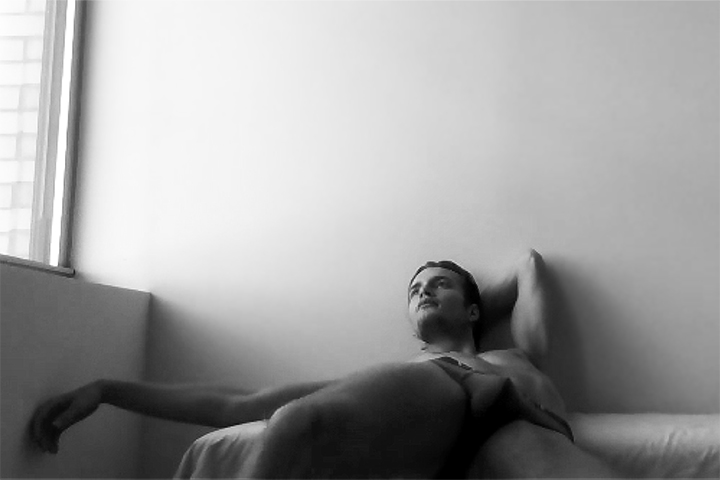
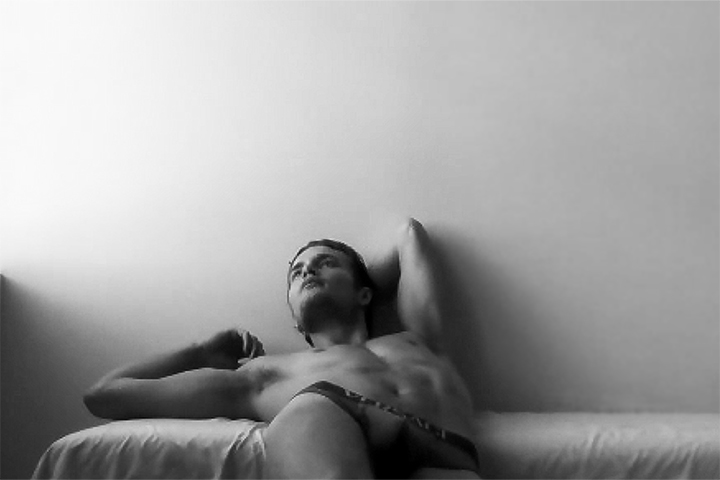
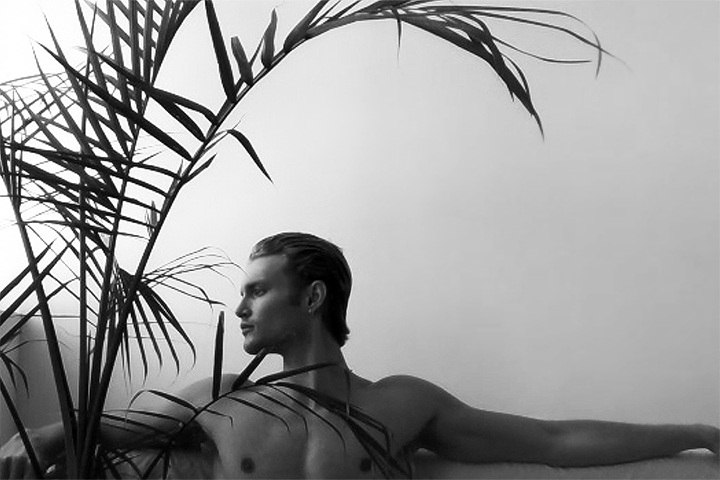
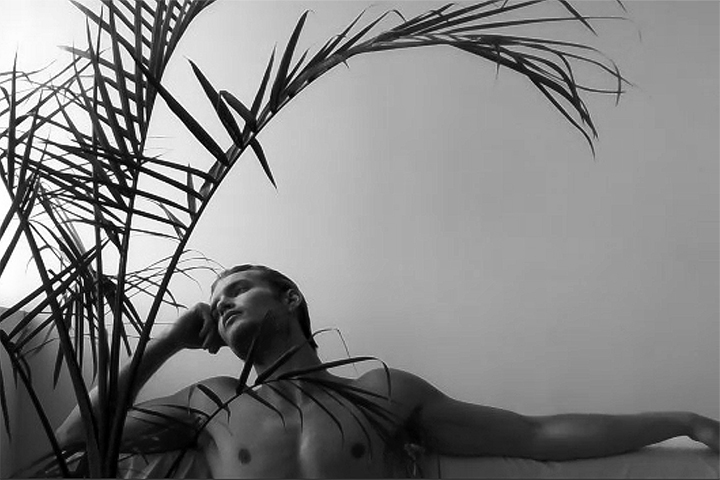
BEDROOM PORTRAITS.
Photography by Karl Simone
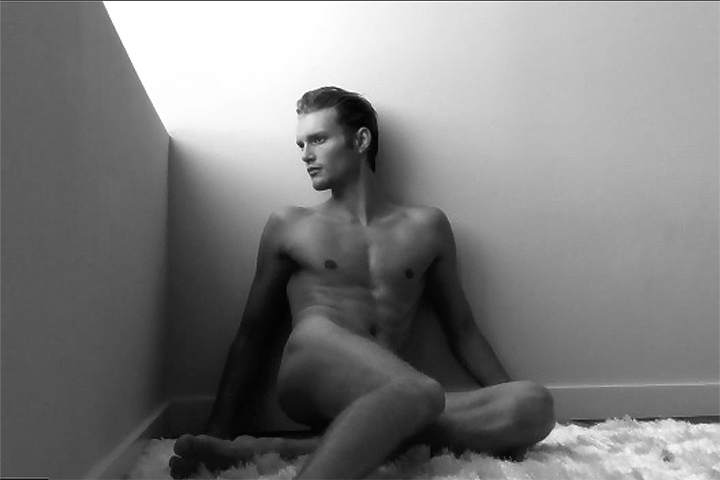
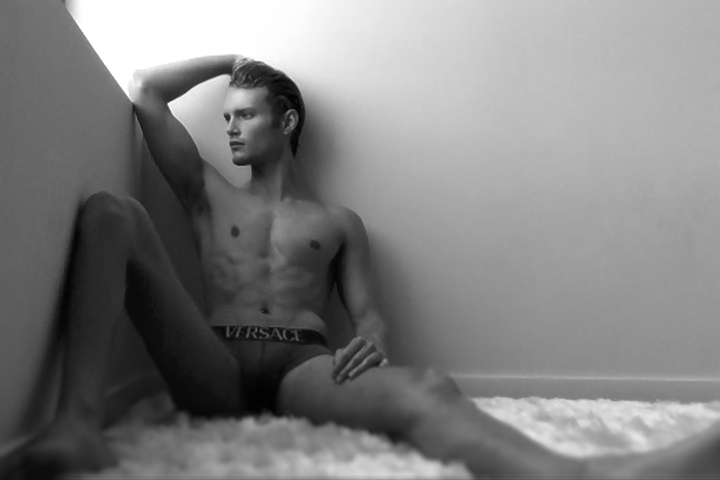
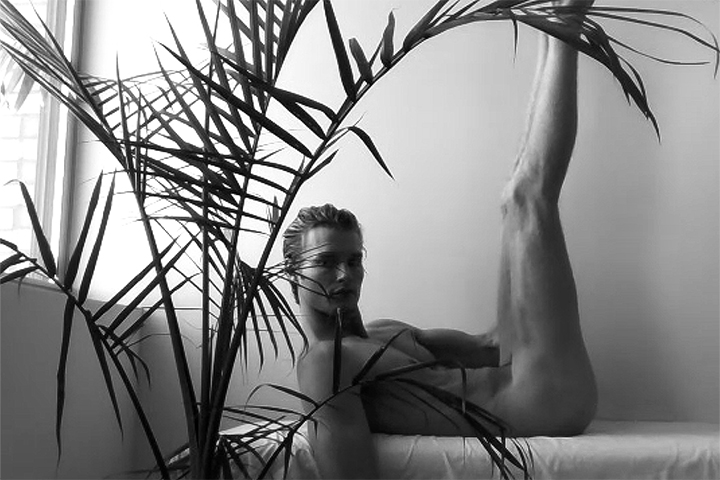
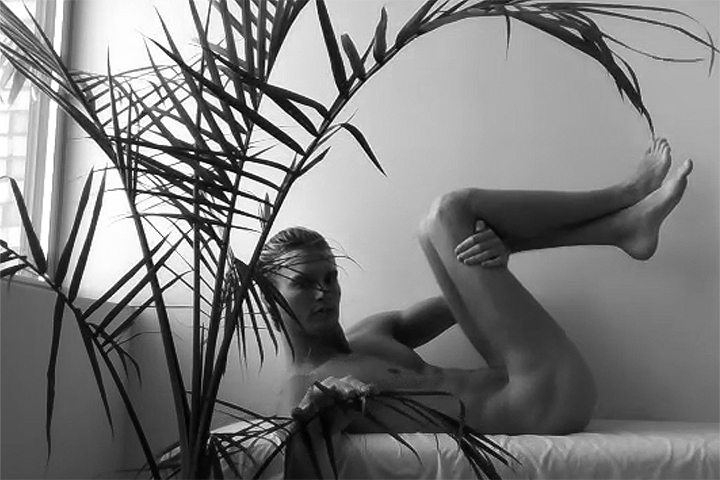
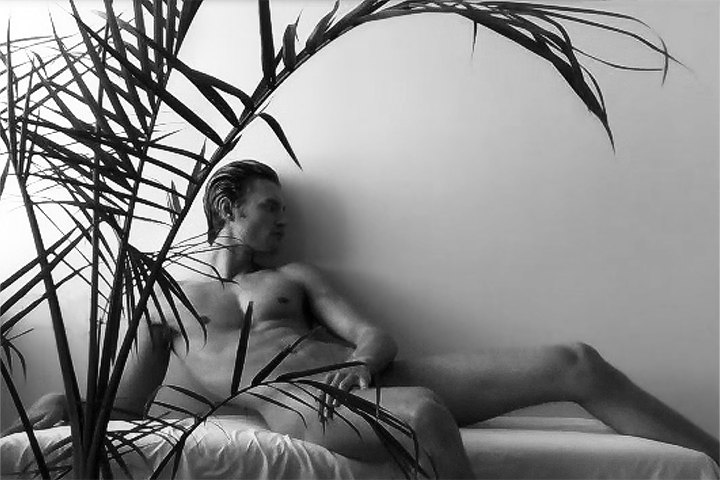
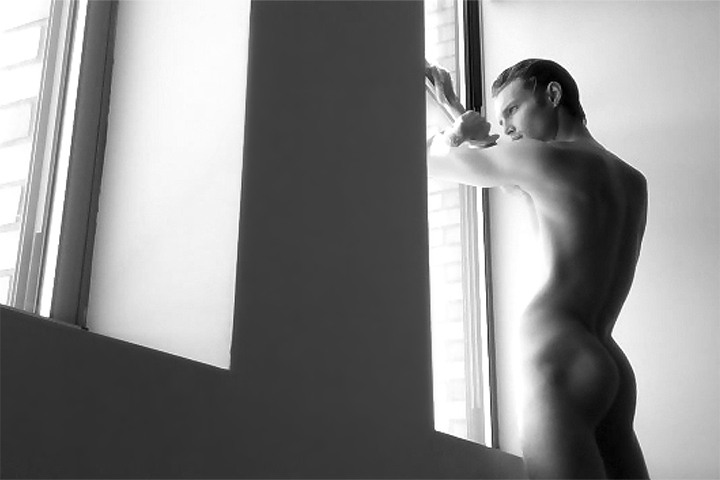
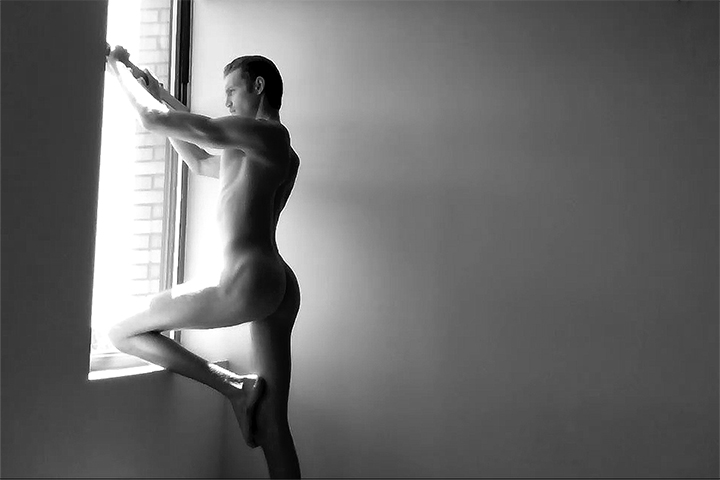
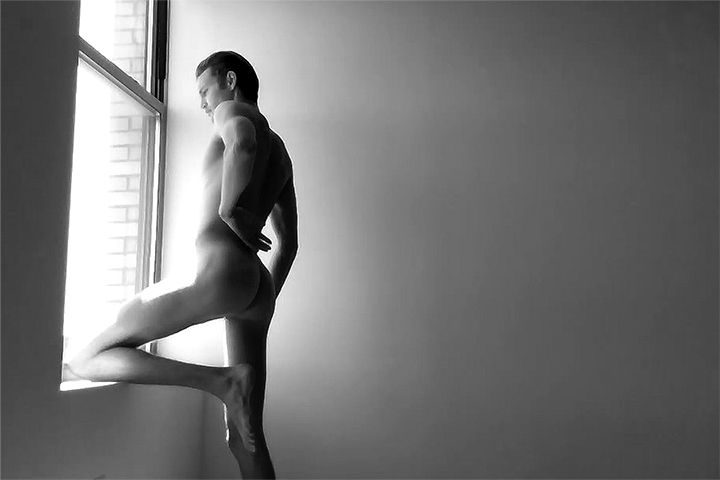
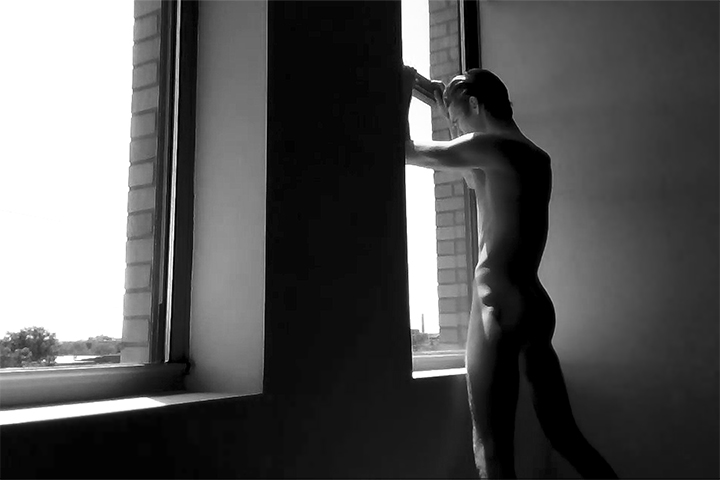
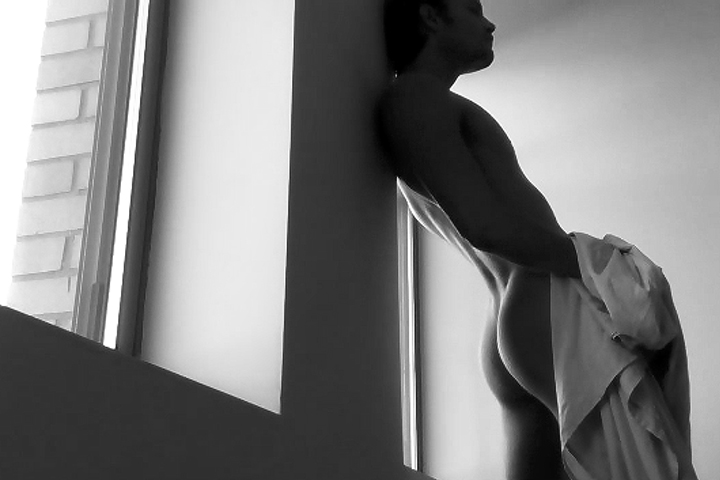
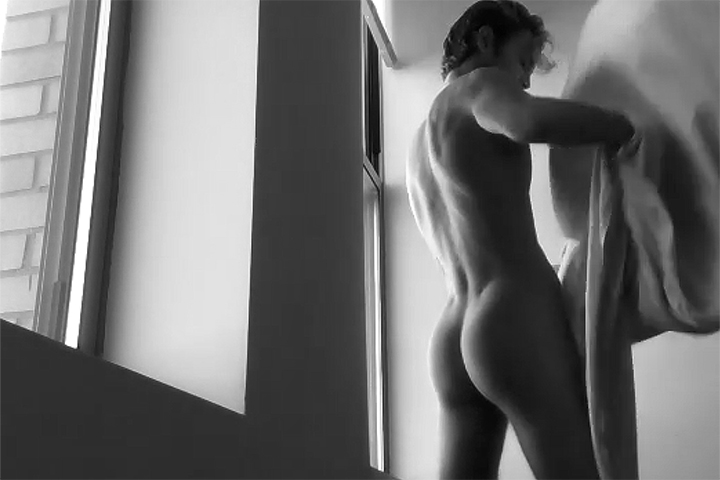
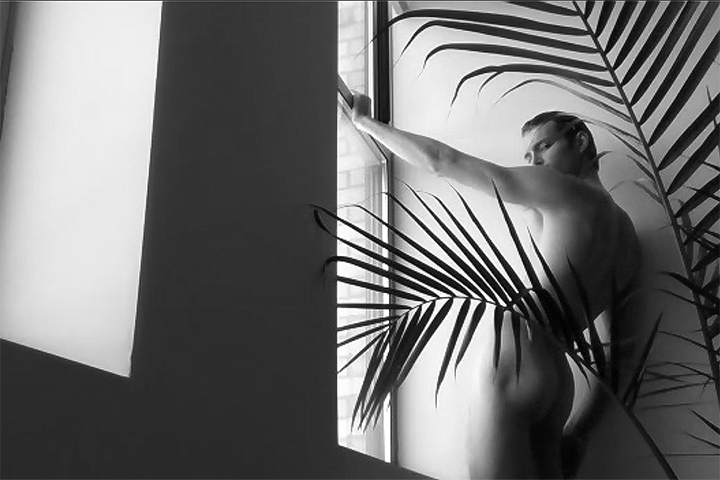
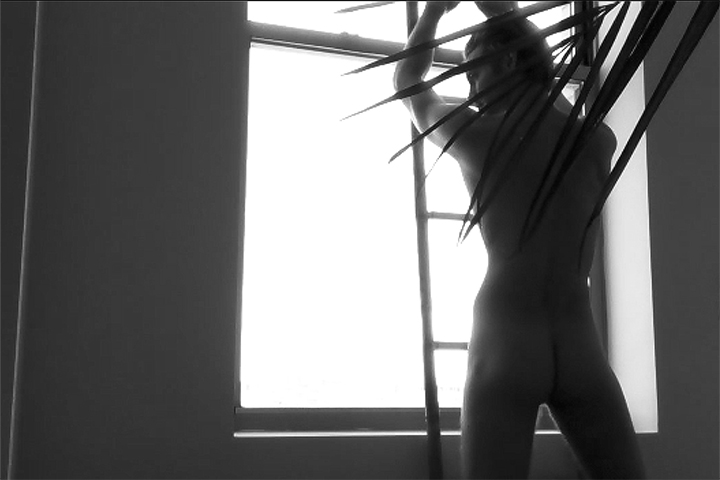
Photography: Karl Simone (@karl_simone) karlsimone.com
Model: John Vanbeber (@johnvanbeber) @ DNA Models
Special thanks to Jon Tutulo
Portraits from the Other World
A collection of houses, living rooms, sofas and kitchens, along with the persons who inhabit them, photographed with the only two means: a camera and the web, to tell the life on this side of the door, or on the side of your windows.
What you’re seeing, in fact, are images of images: On one side is the photographer, on the other side are those who are photographed; a screen stands between them. An unbridgeable distance which; however, cancels out until it disappears.
The result is an assemblage of domestic portraits, intimate and private, of individuals.
I entered into the homes discretely, and, if an apartment is a space that subtracts ourselves from the world, it has transformed into a place that can be shared peacefully.
There is no longer a dimension to separate us, but one that unites us instead.
After all, these have become our homes, our mirrors, our forever shelters, in particular, our current shelter.
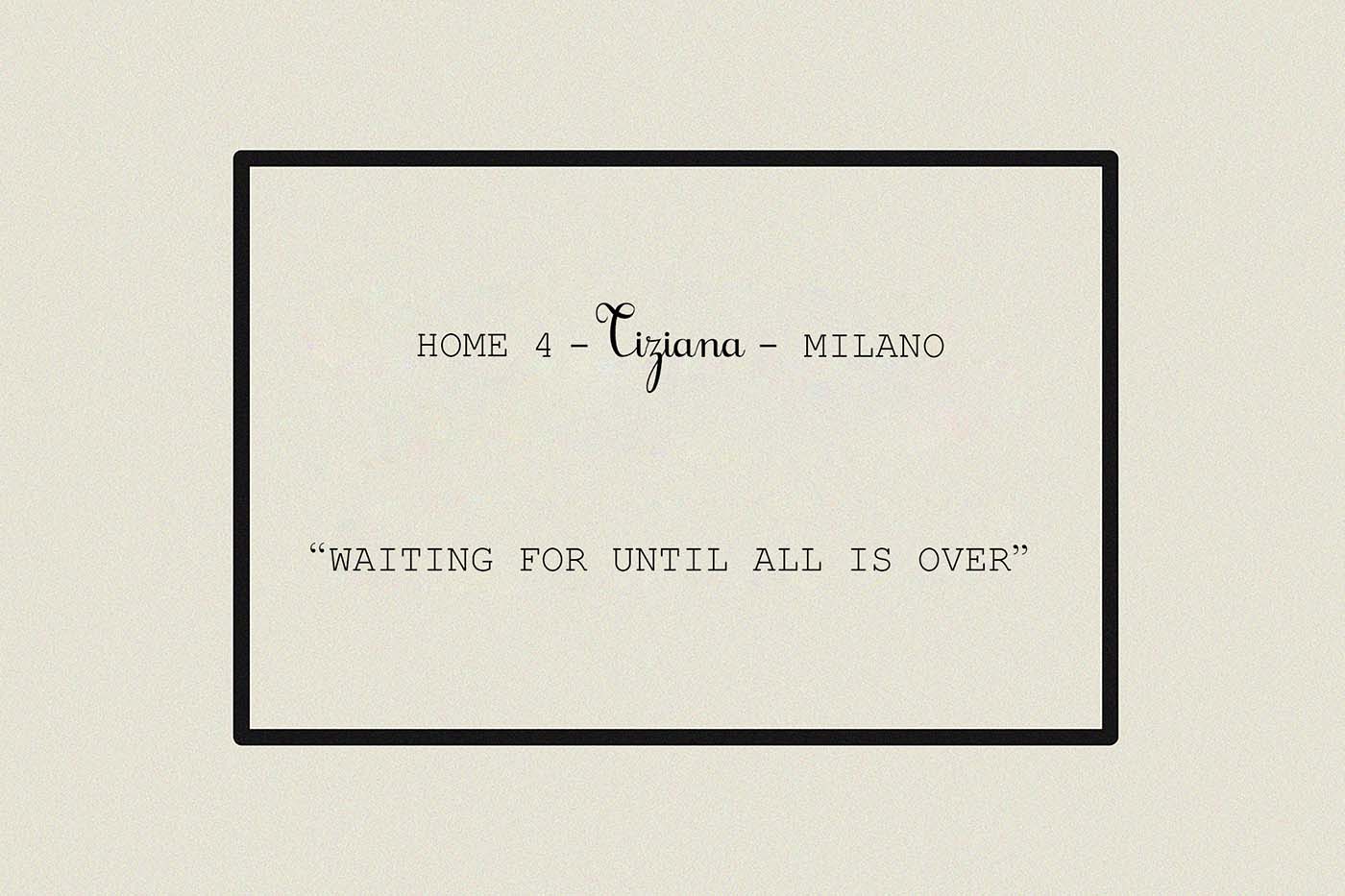
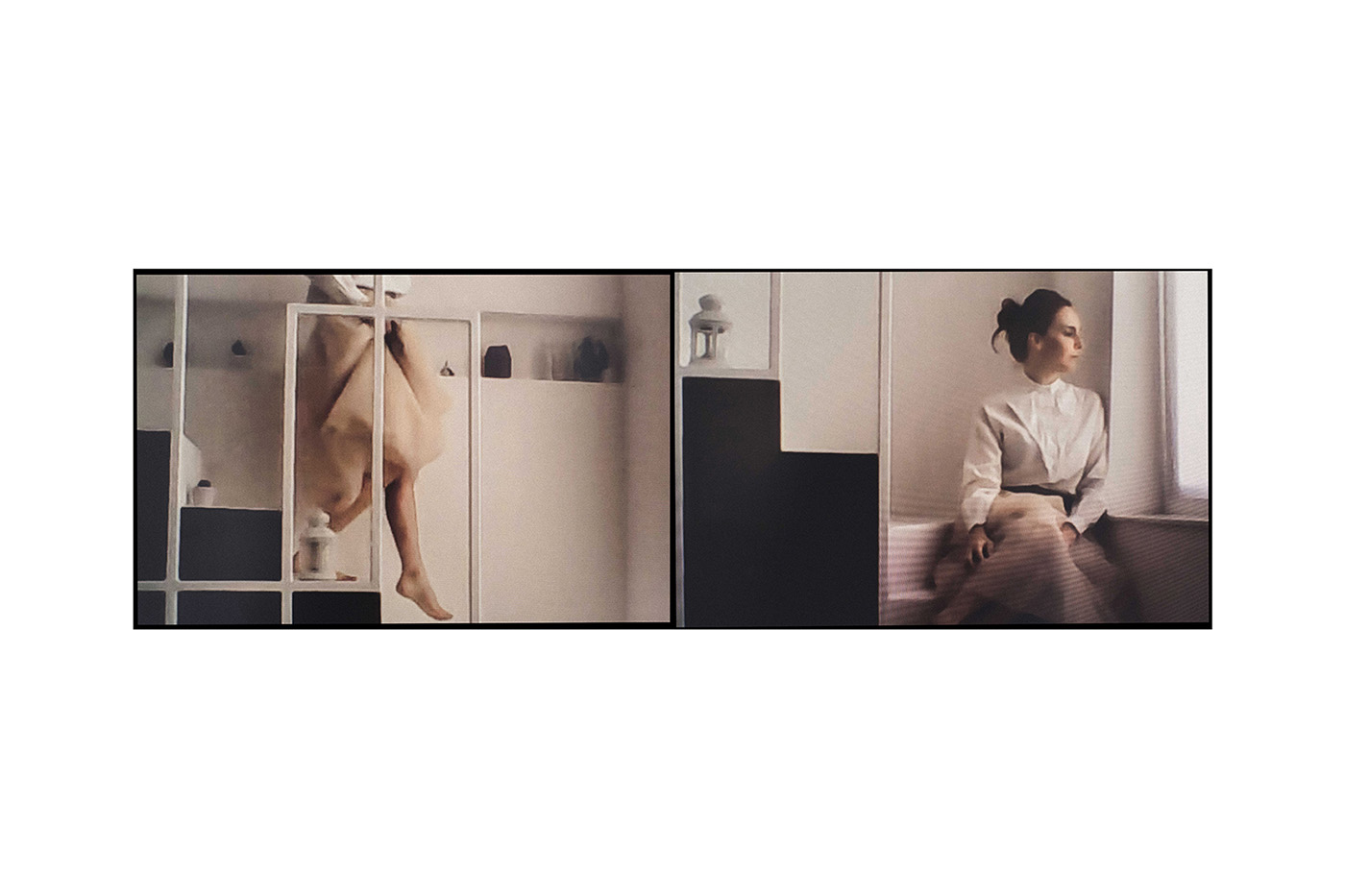
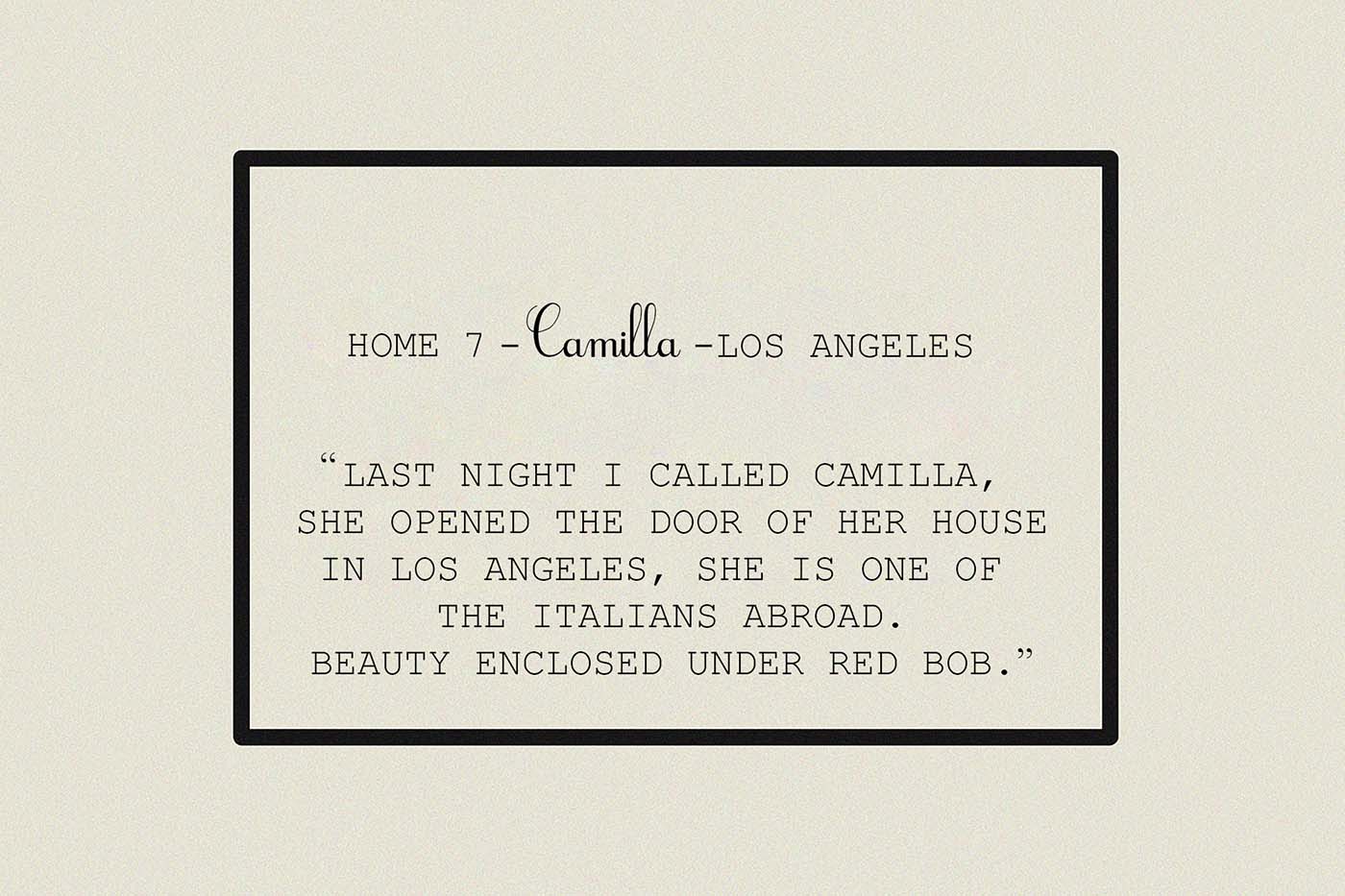
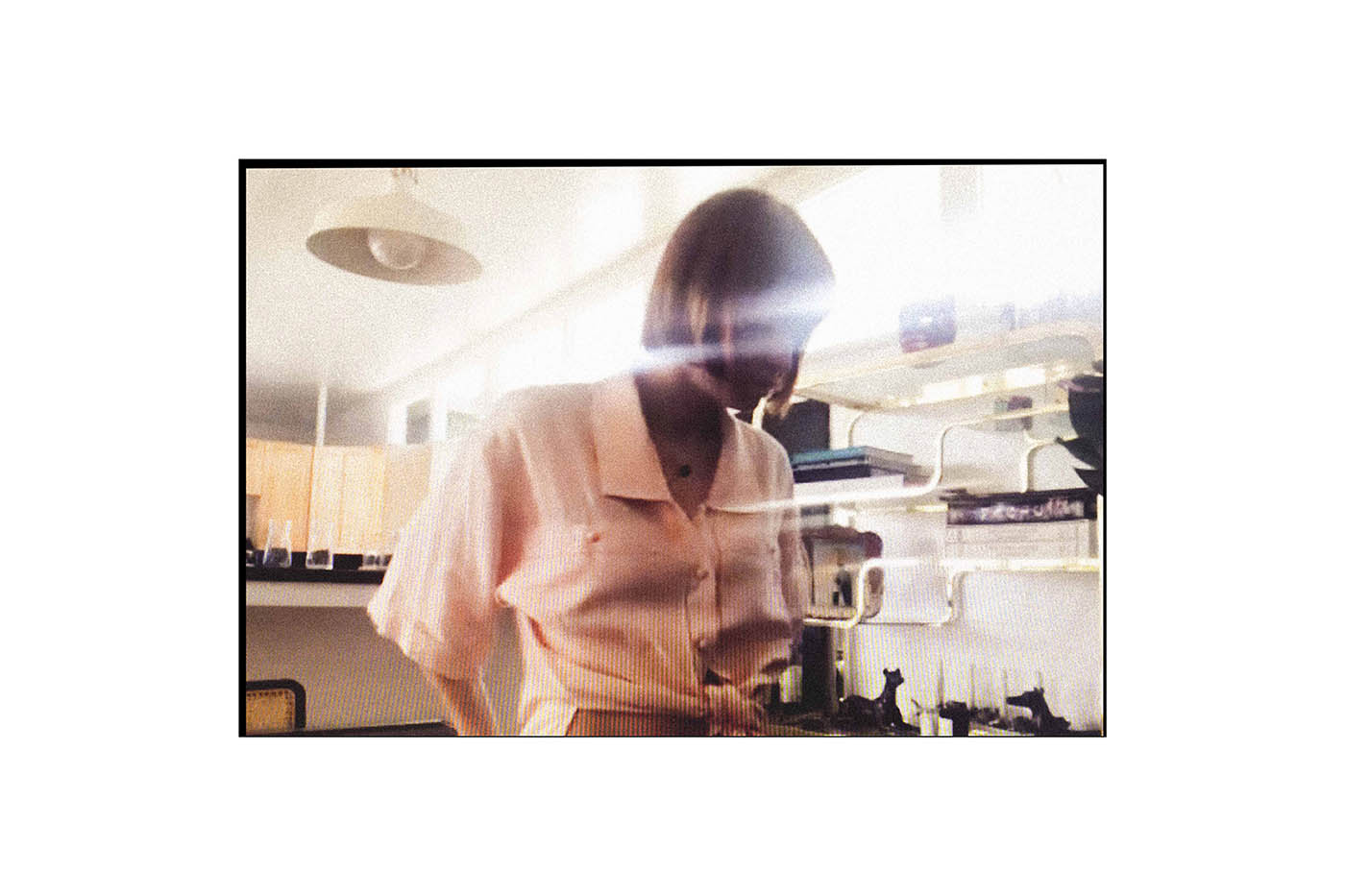
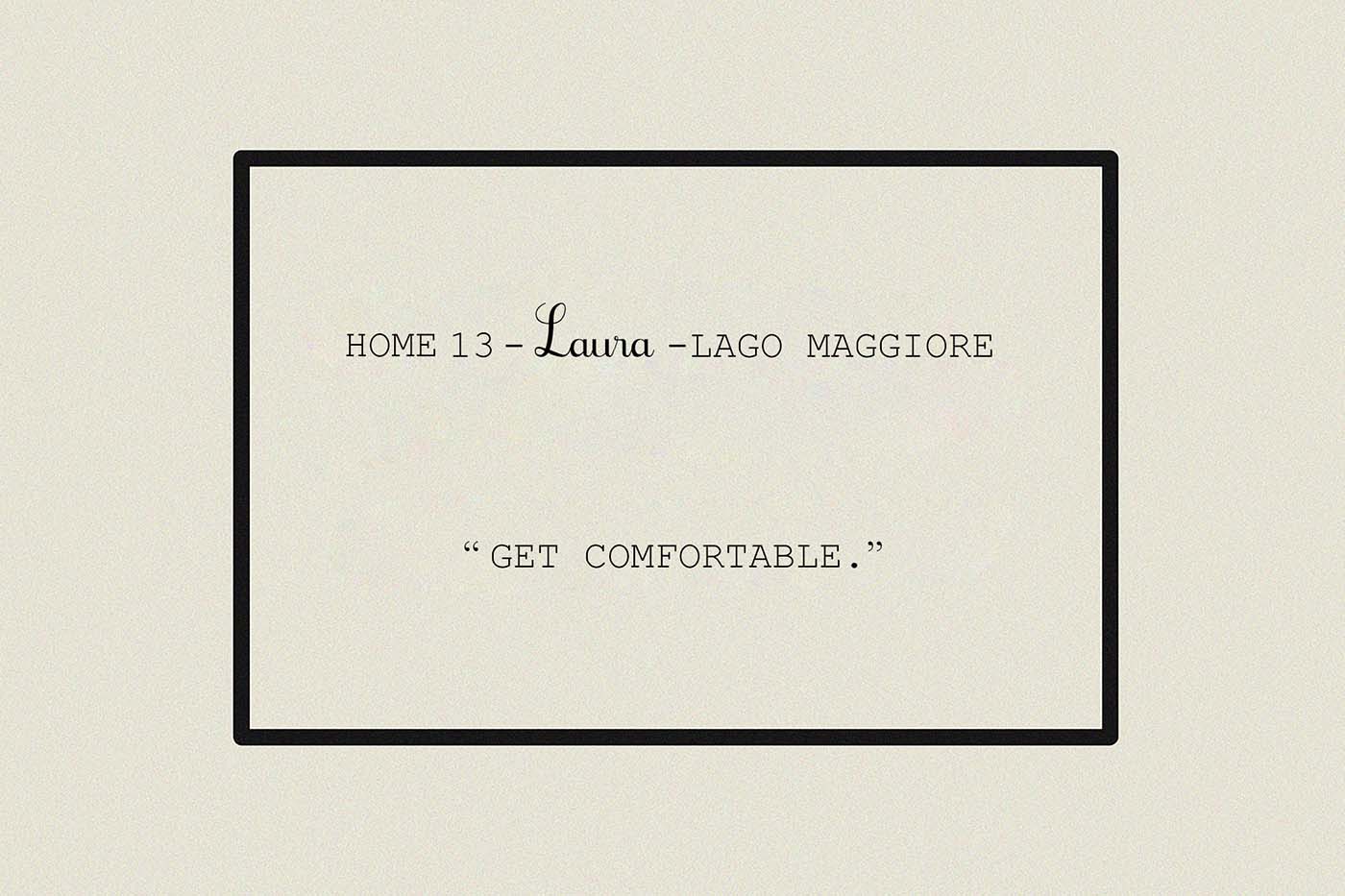
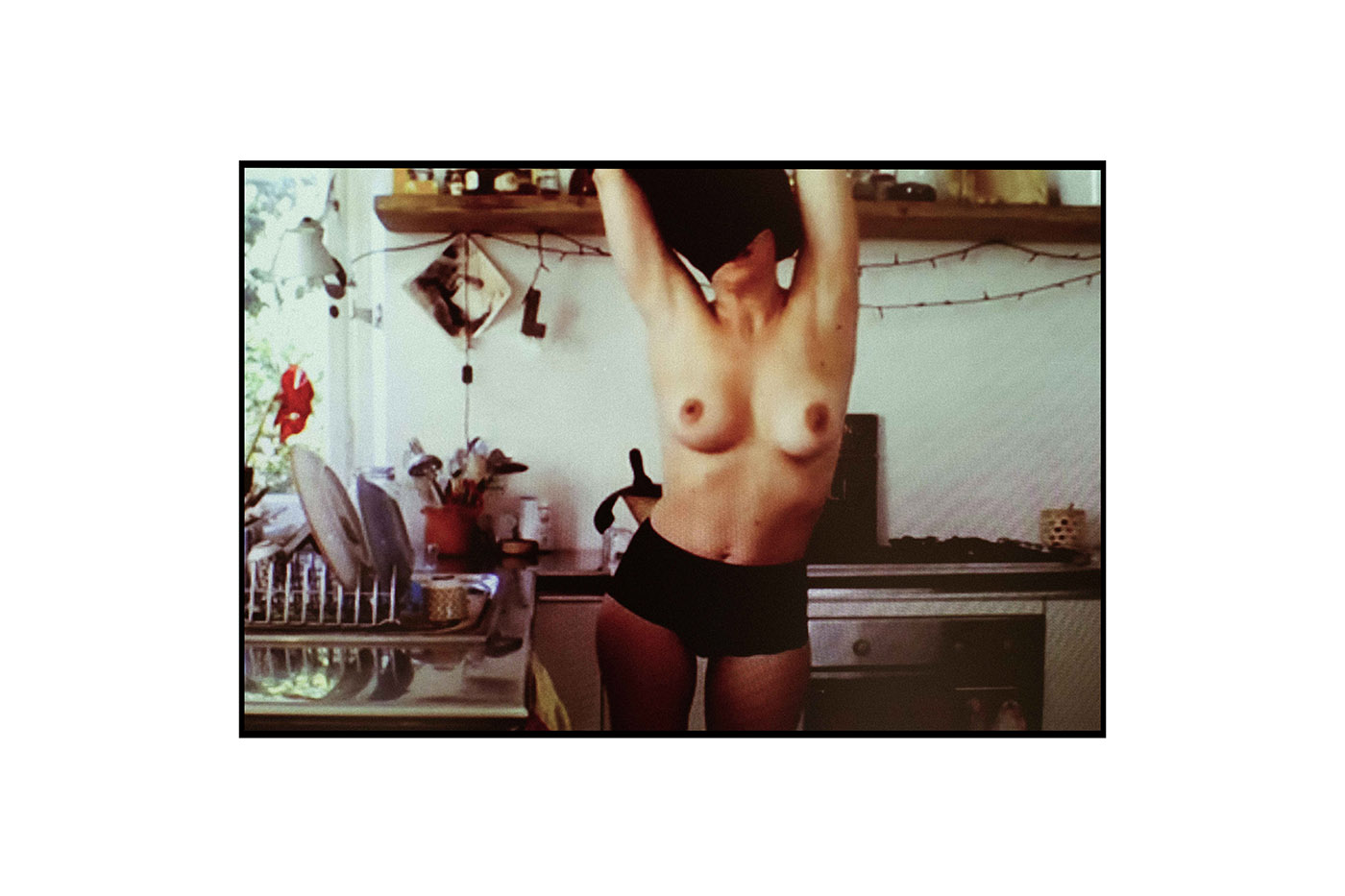

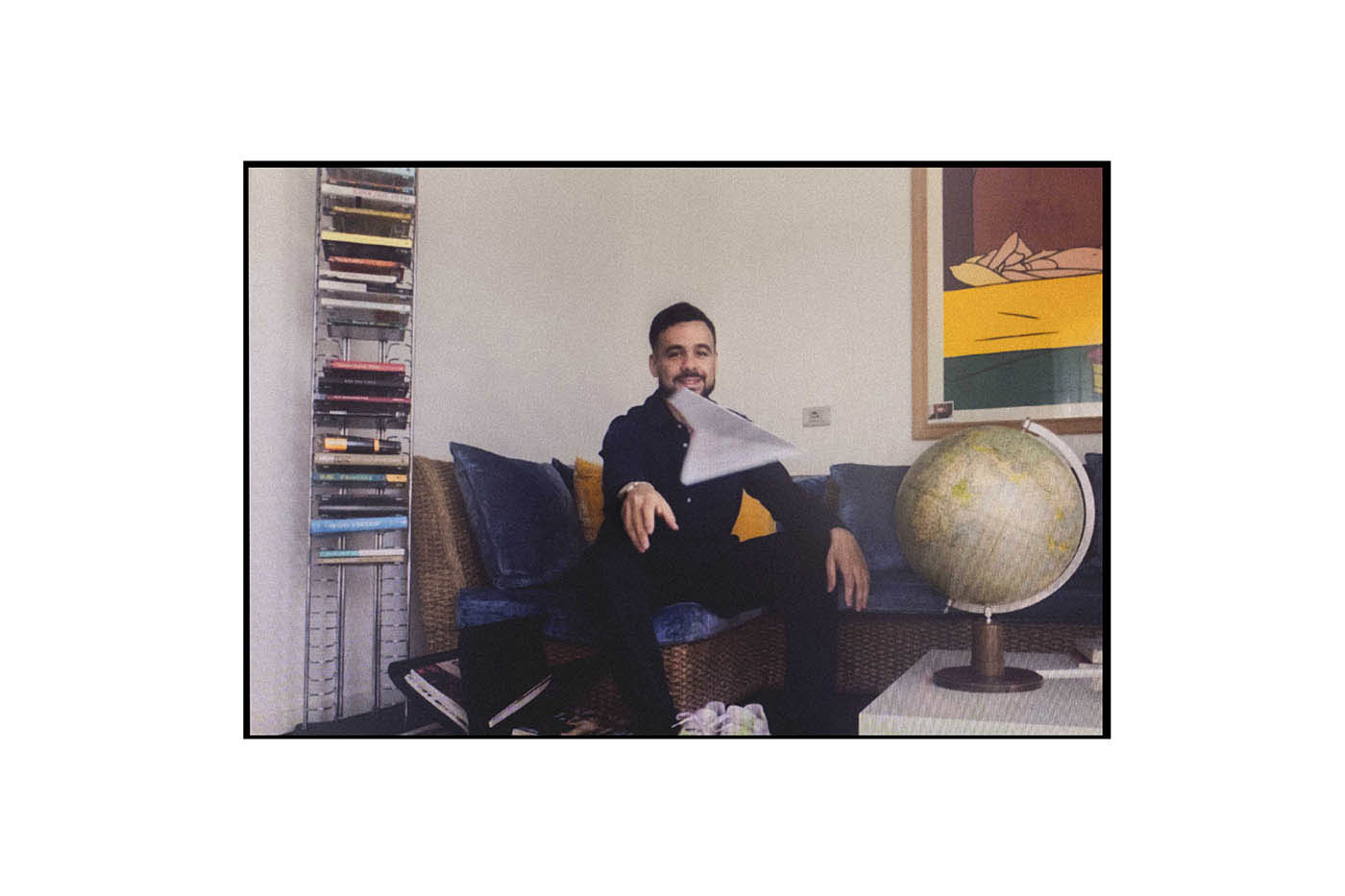
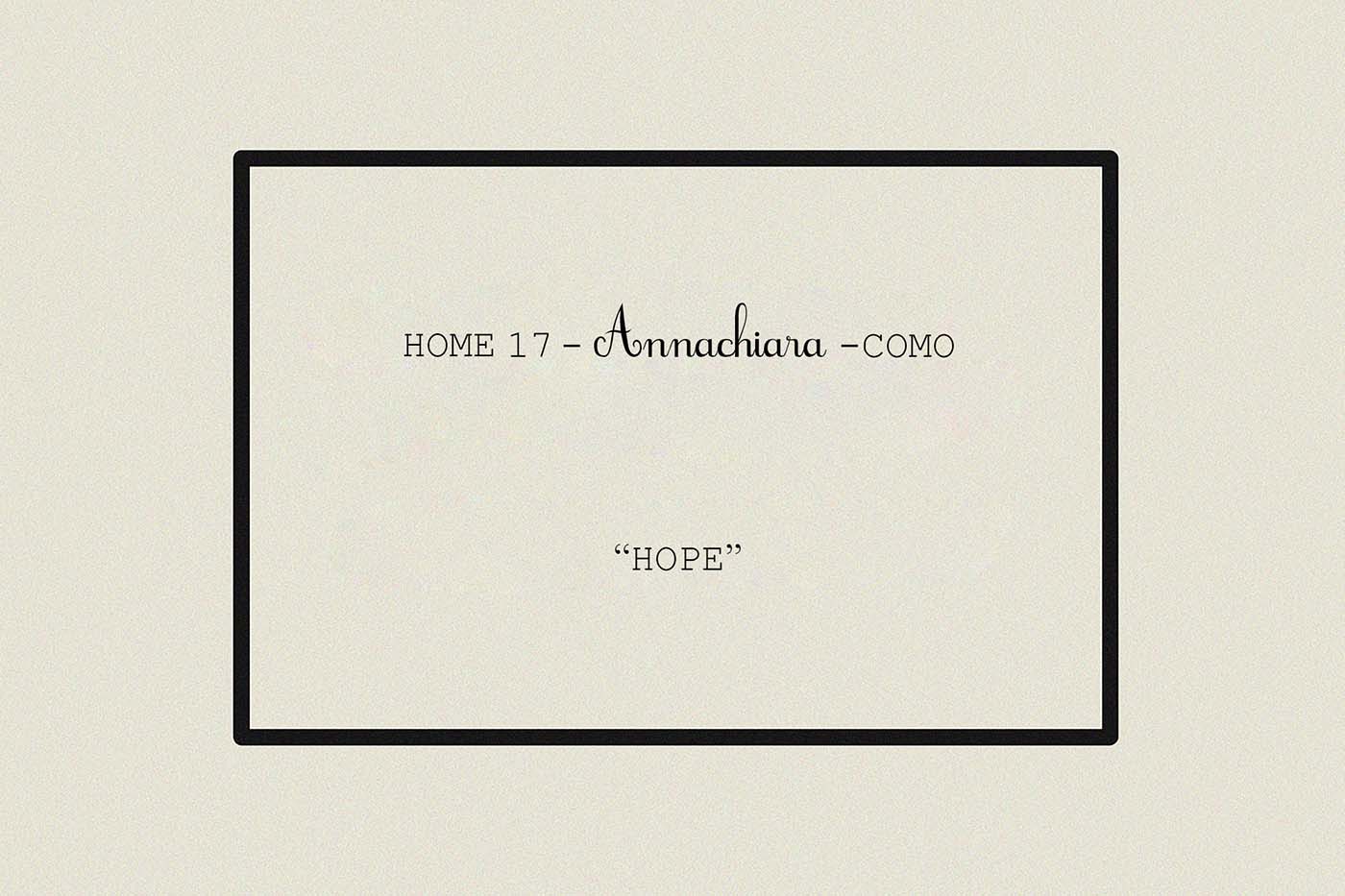
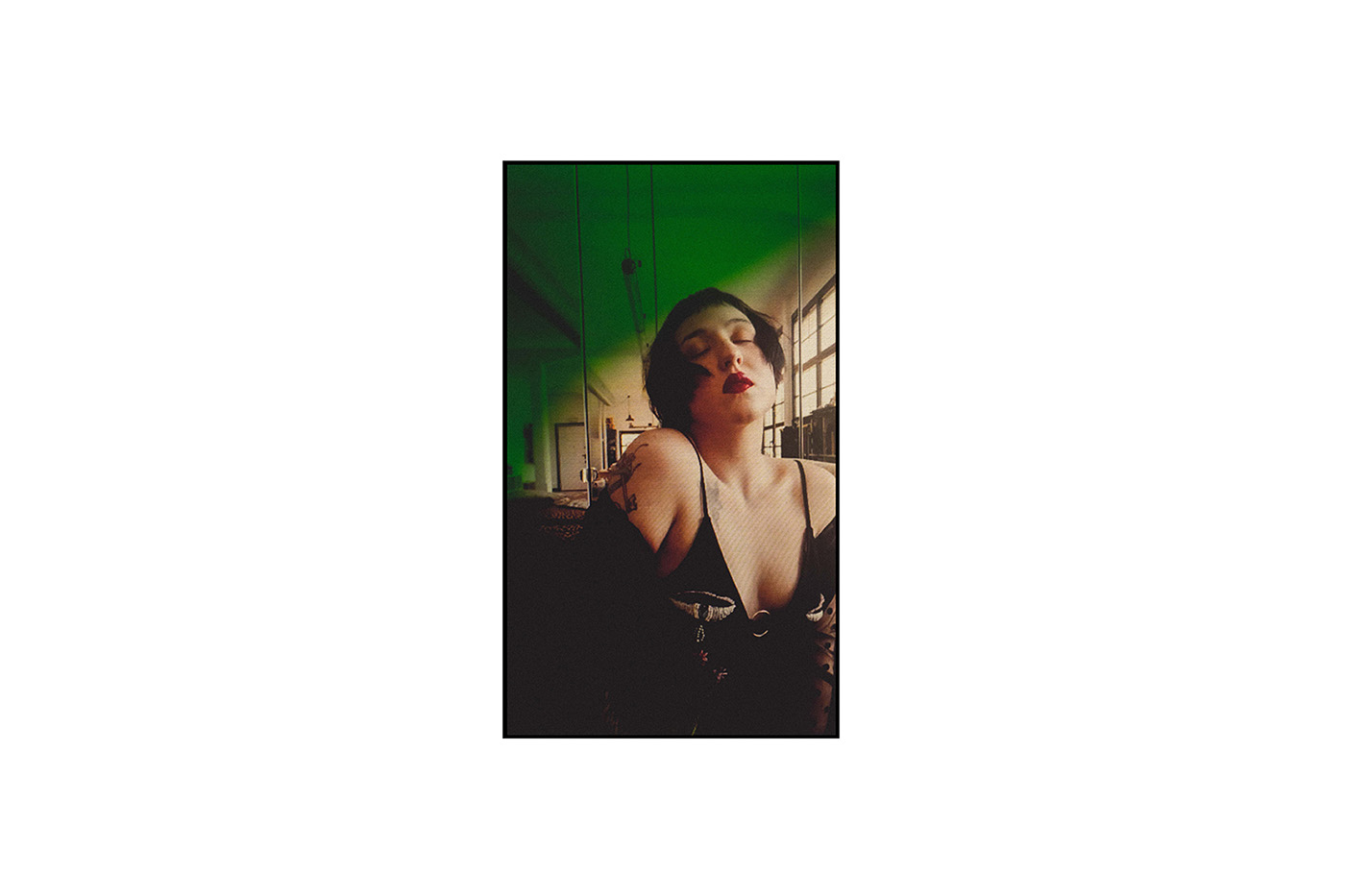
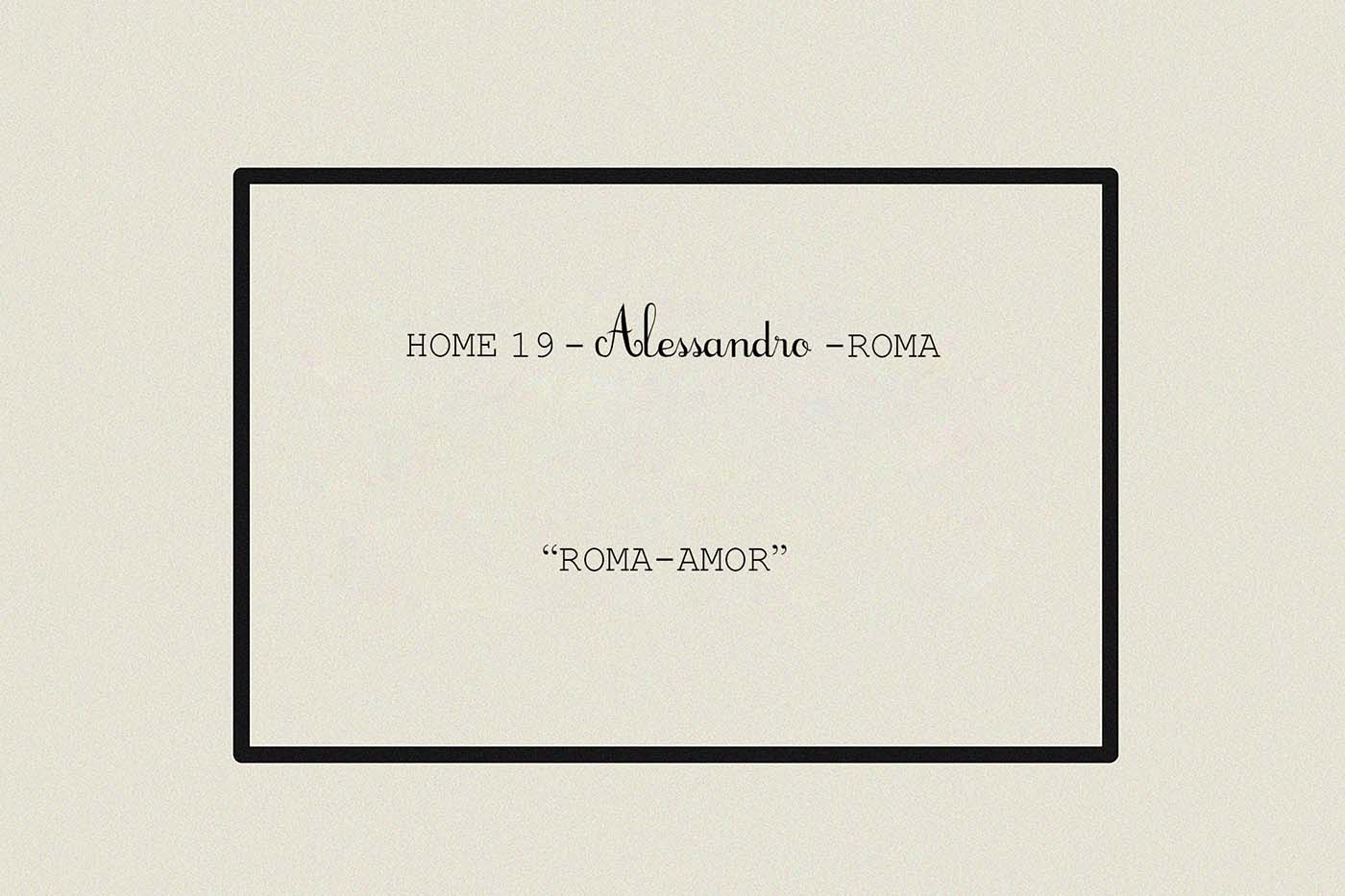

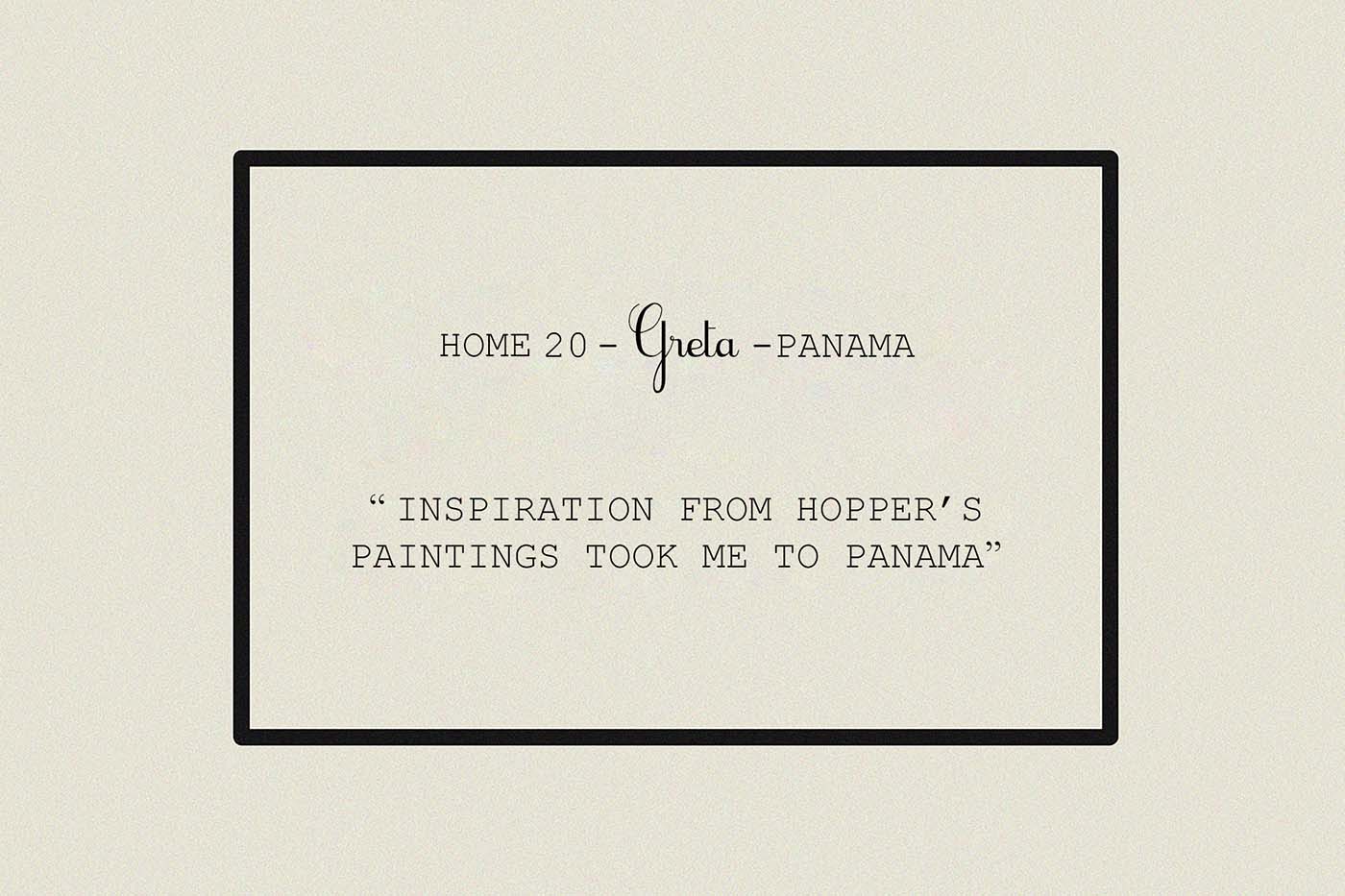
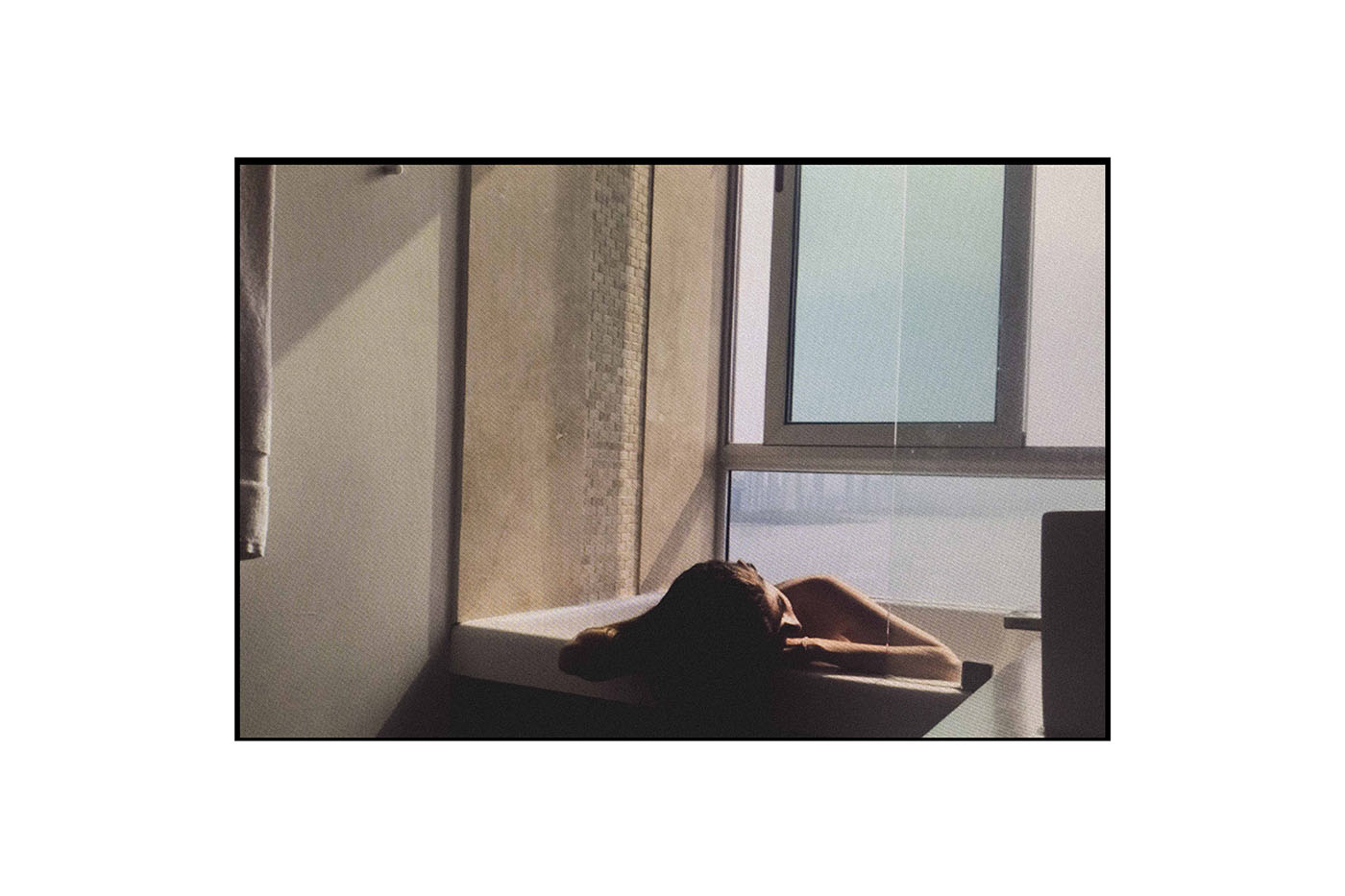
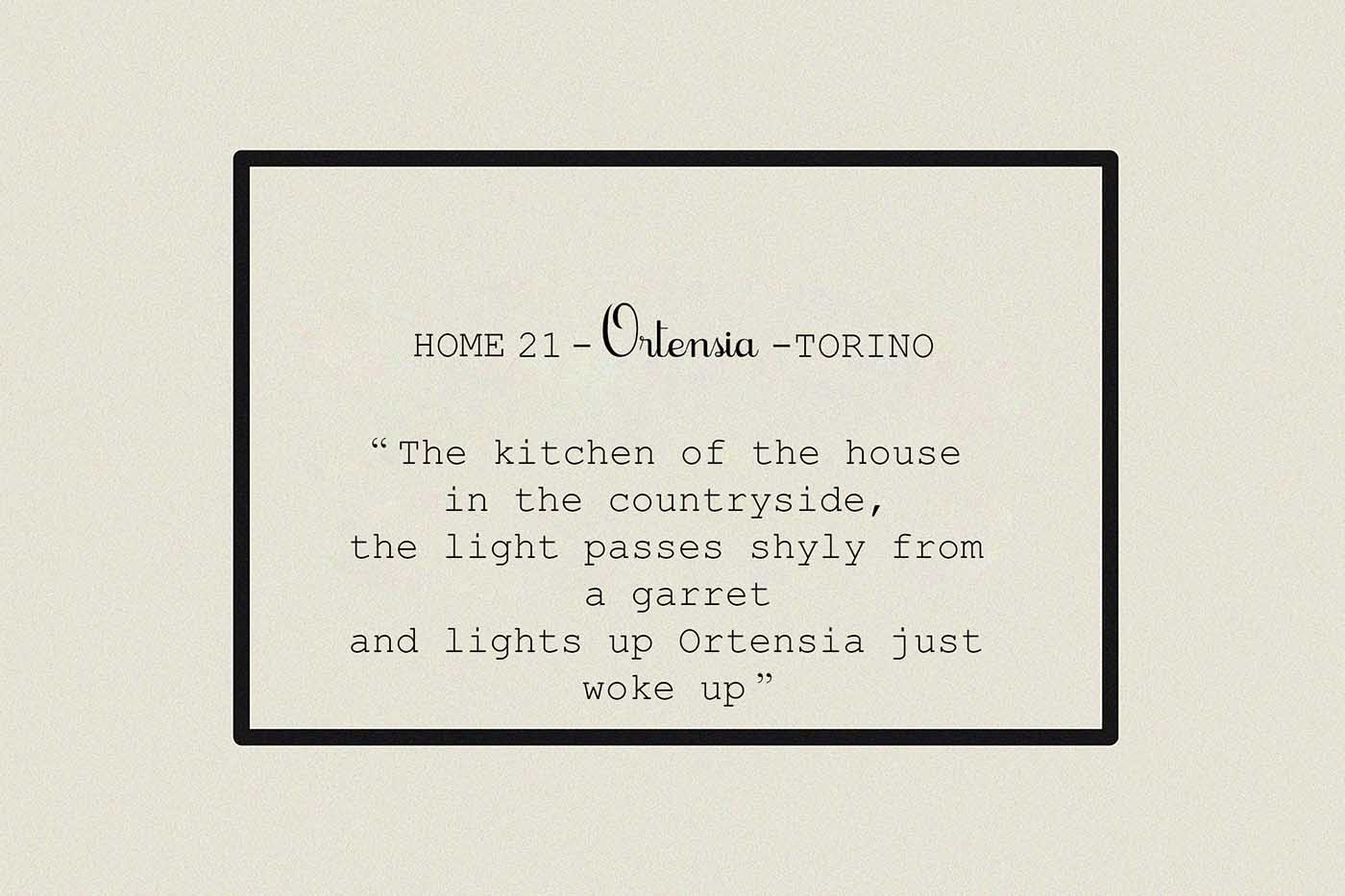
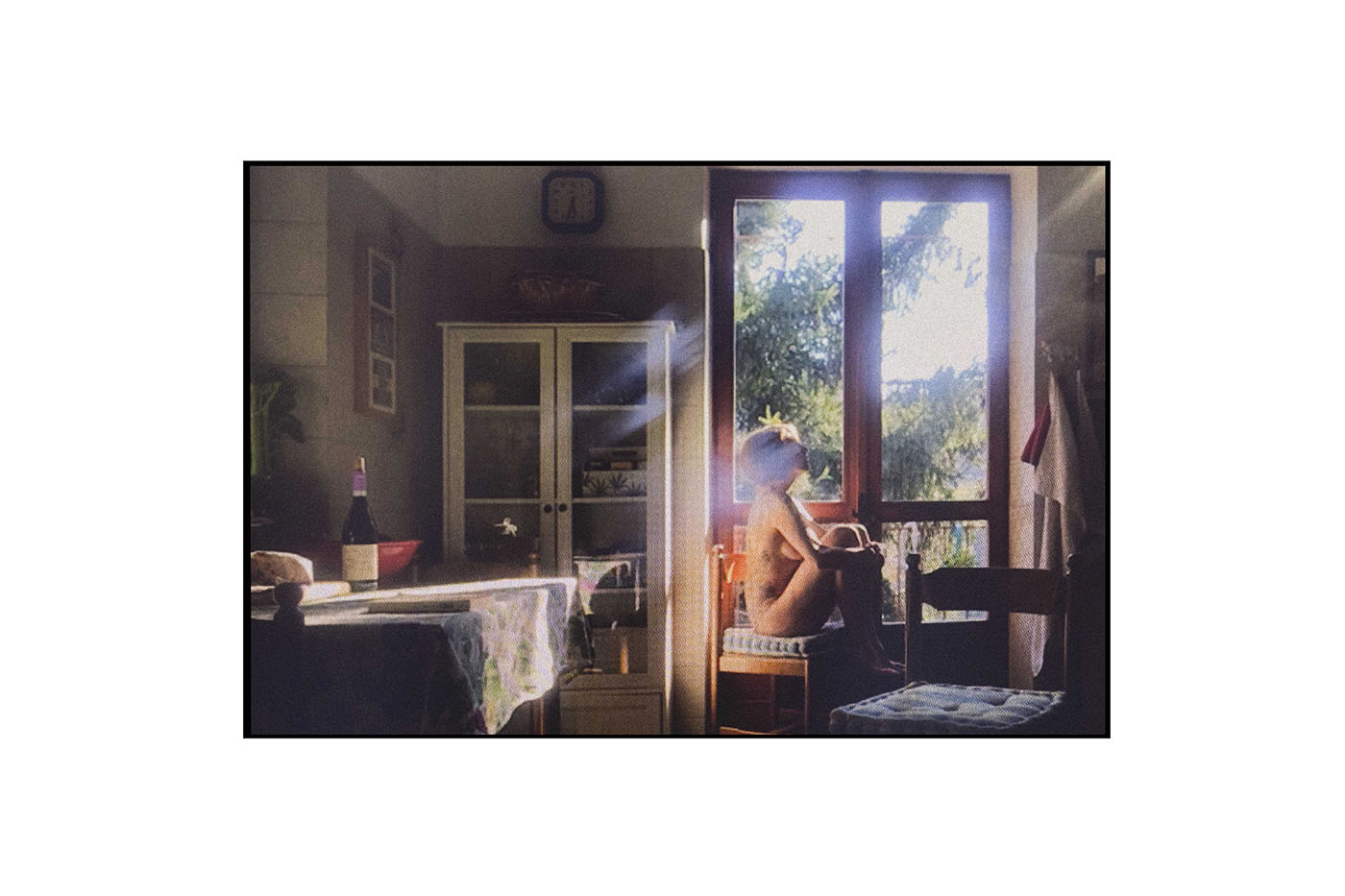
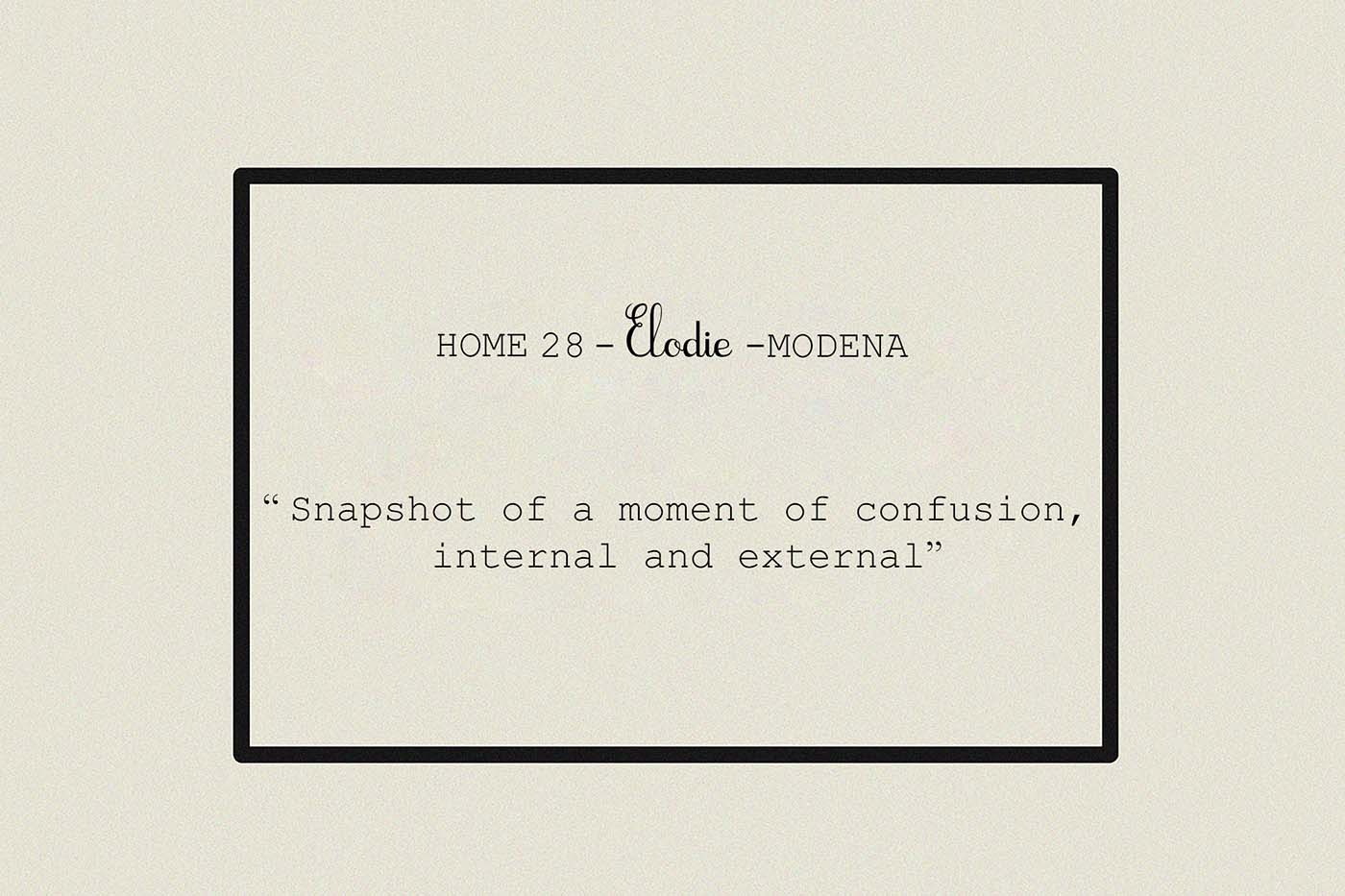
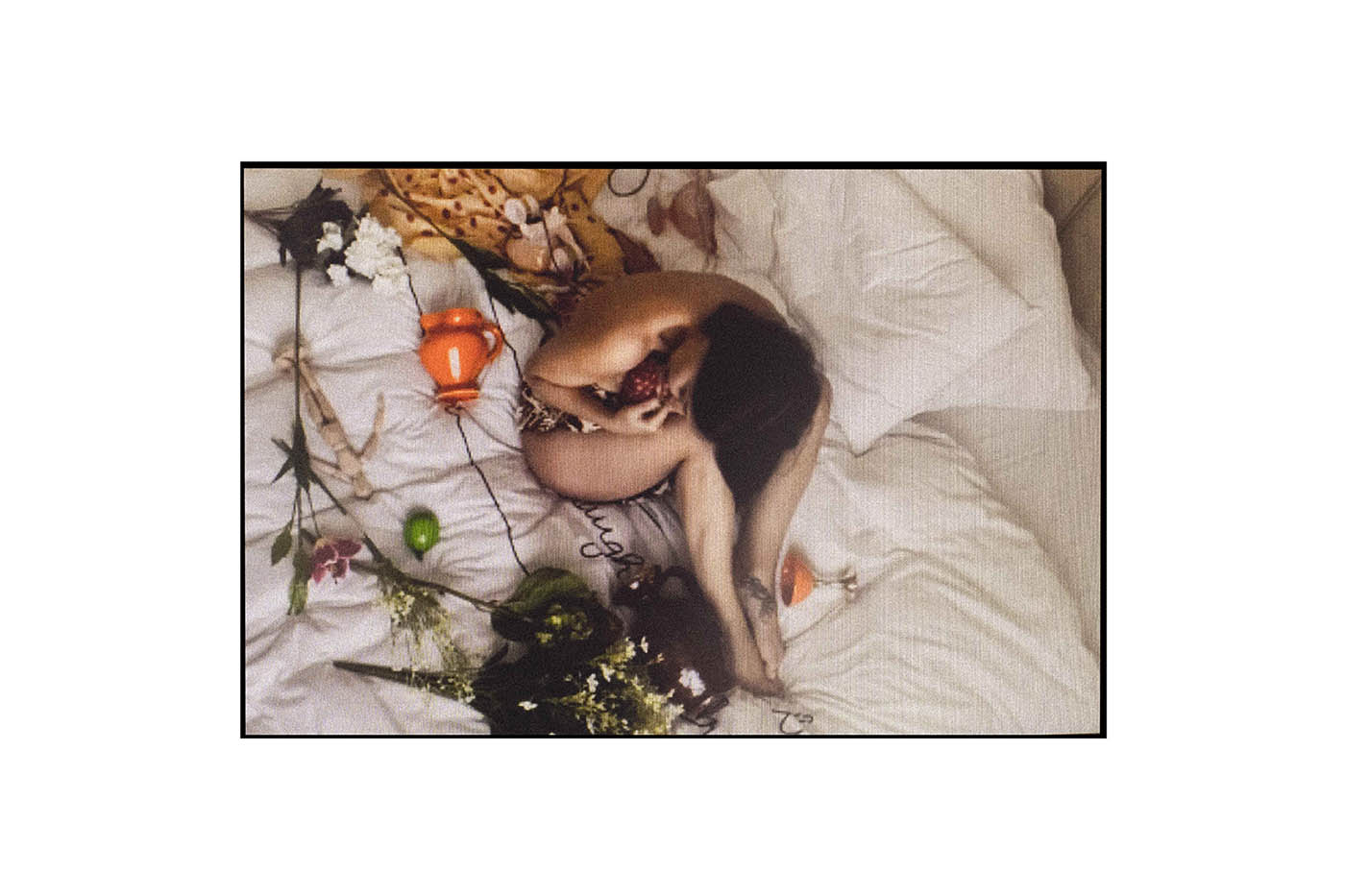
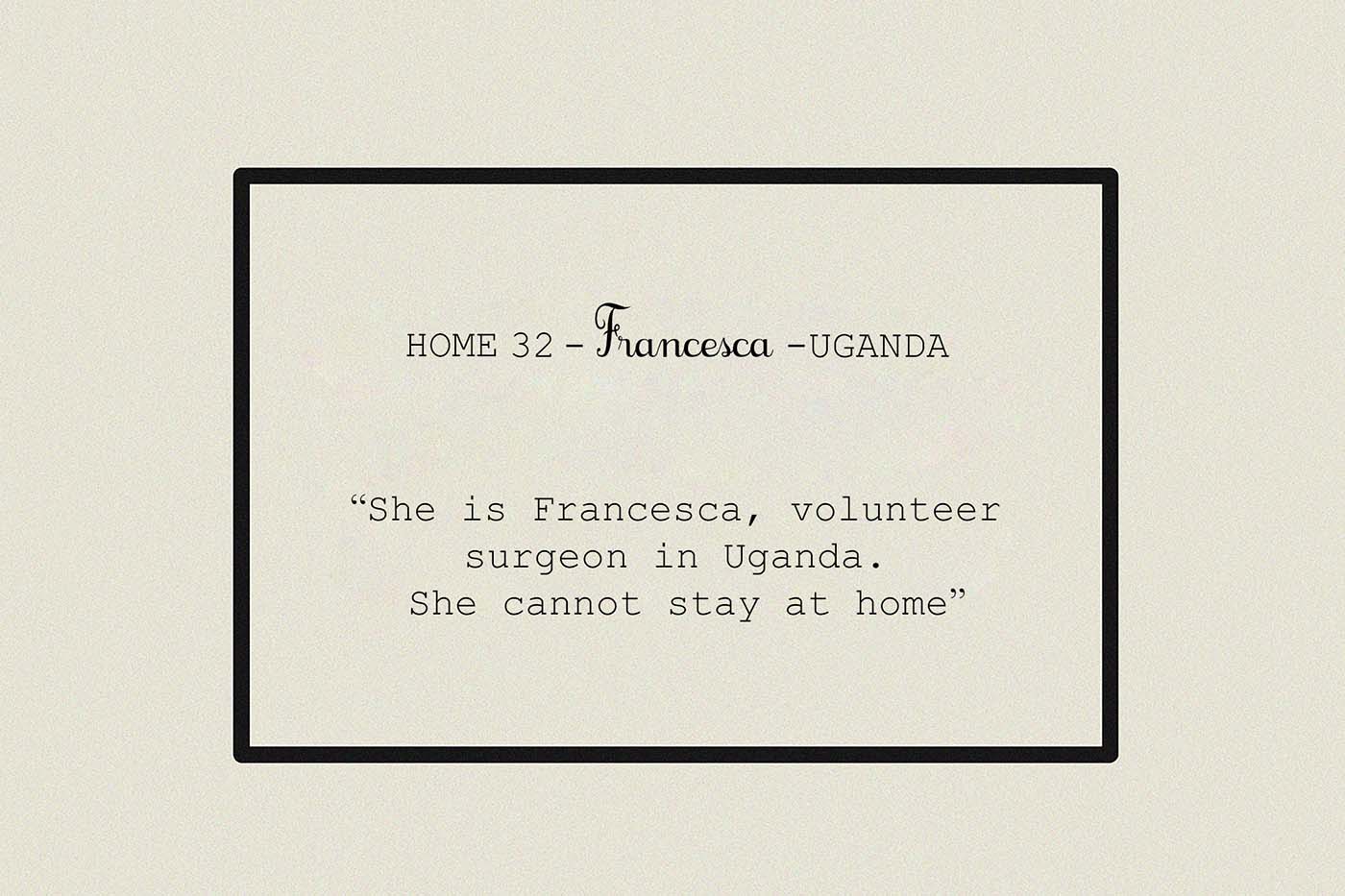
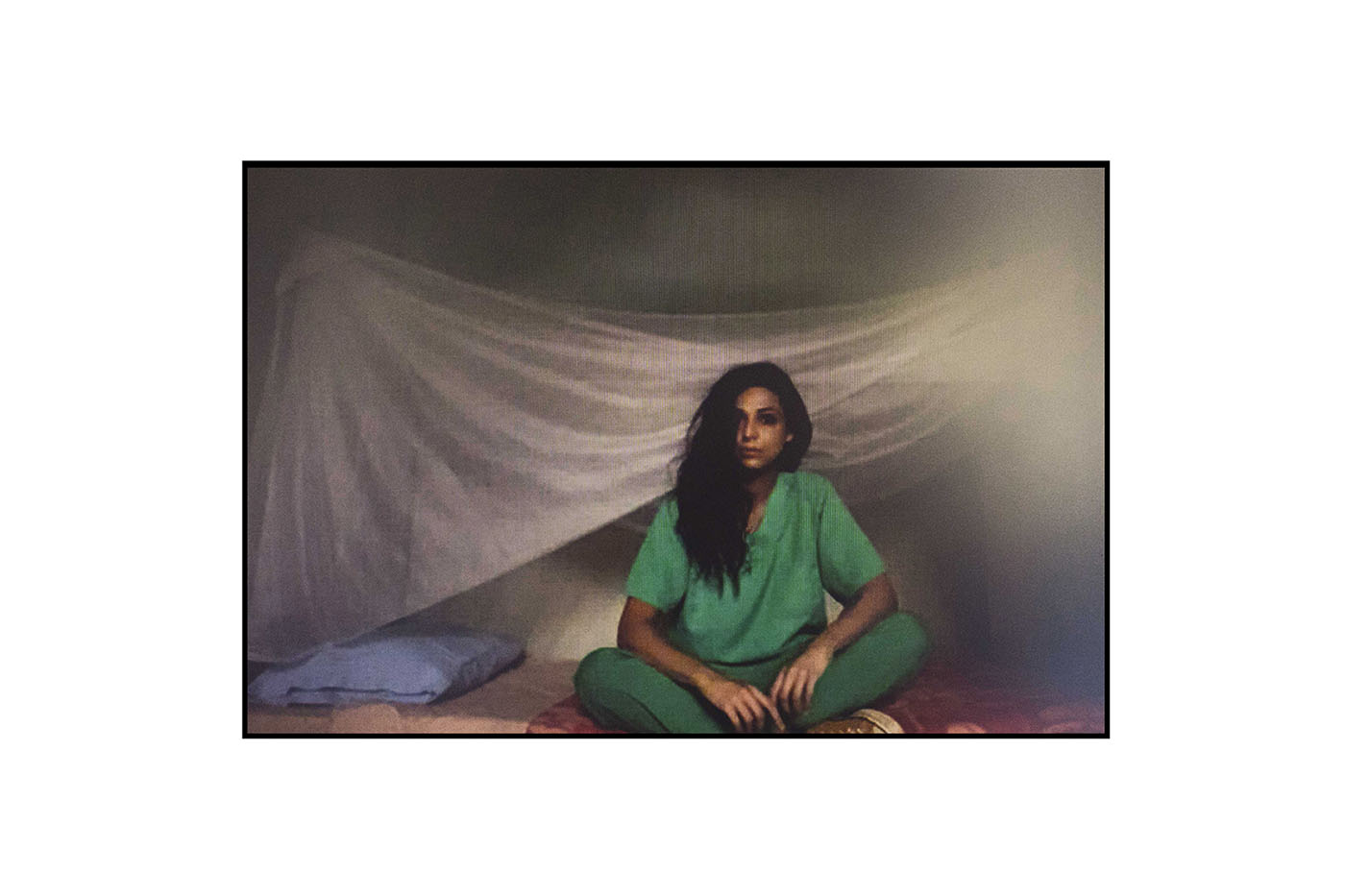
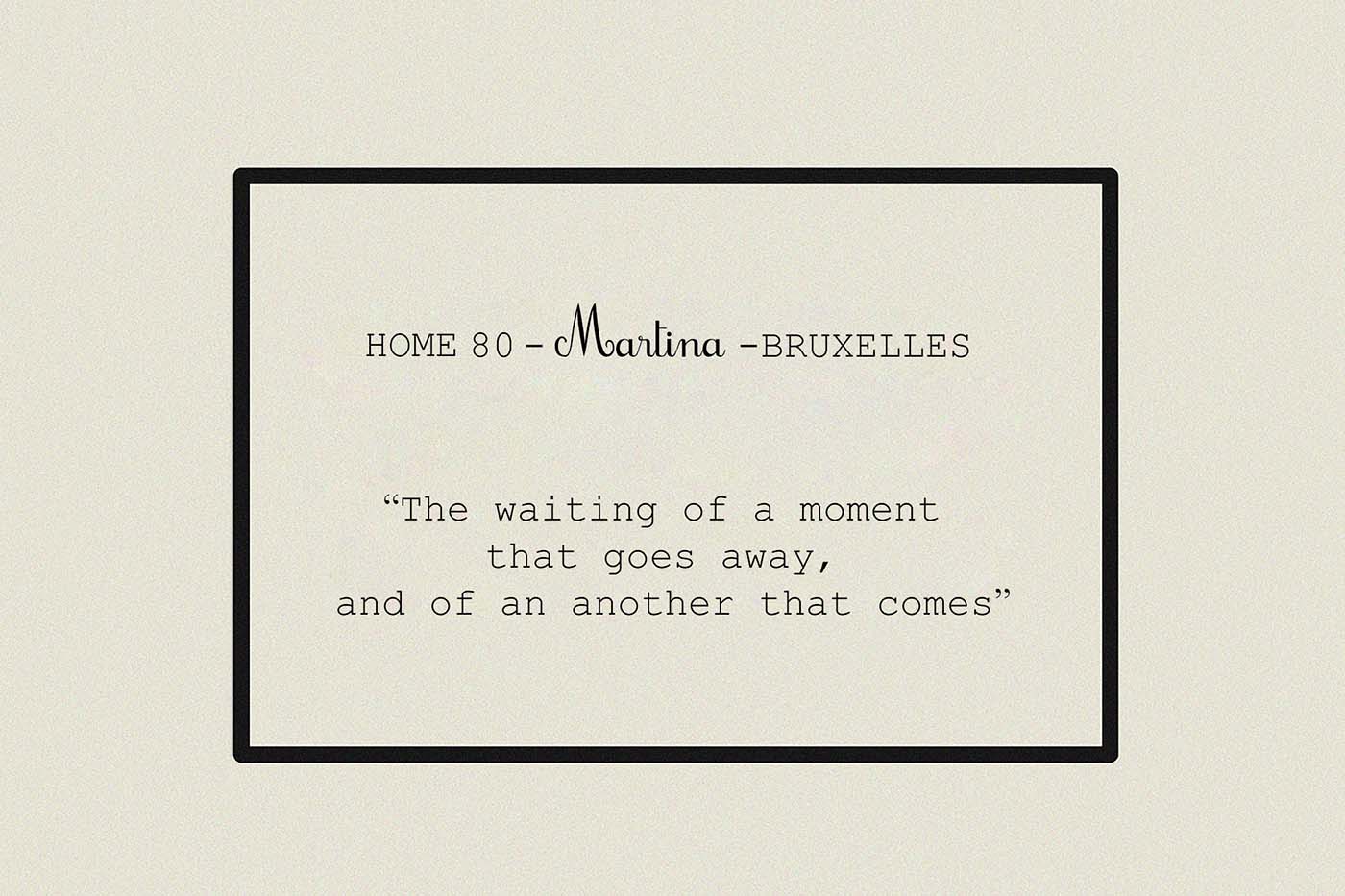
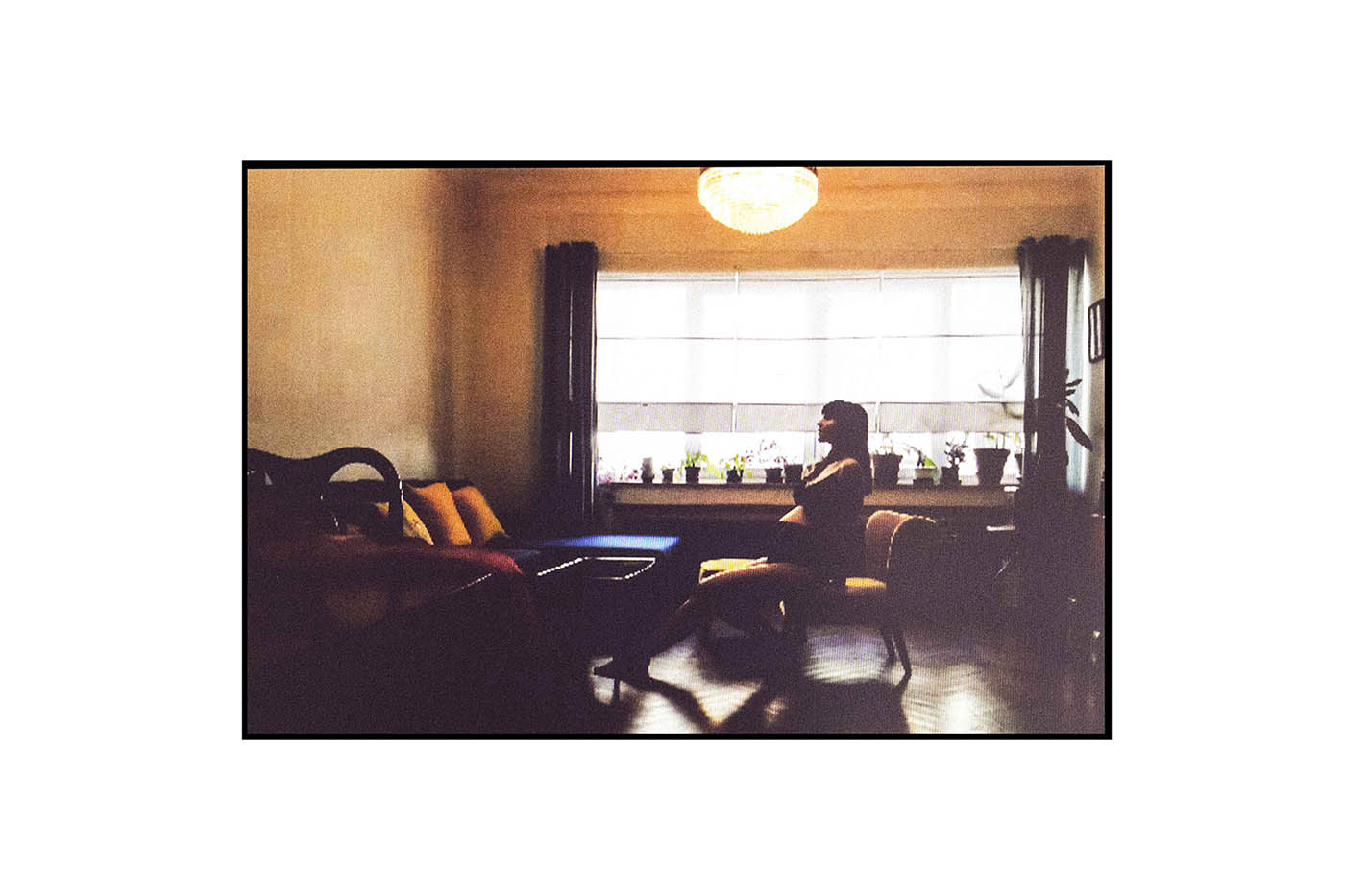
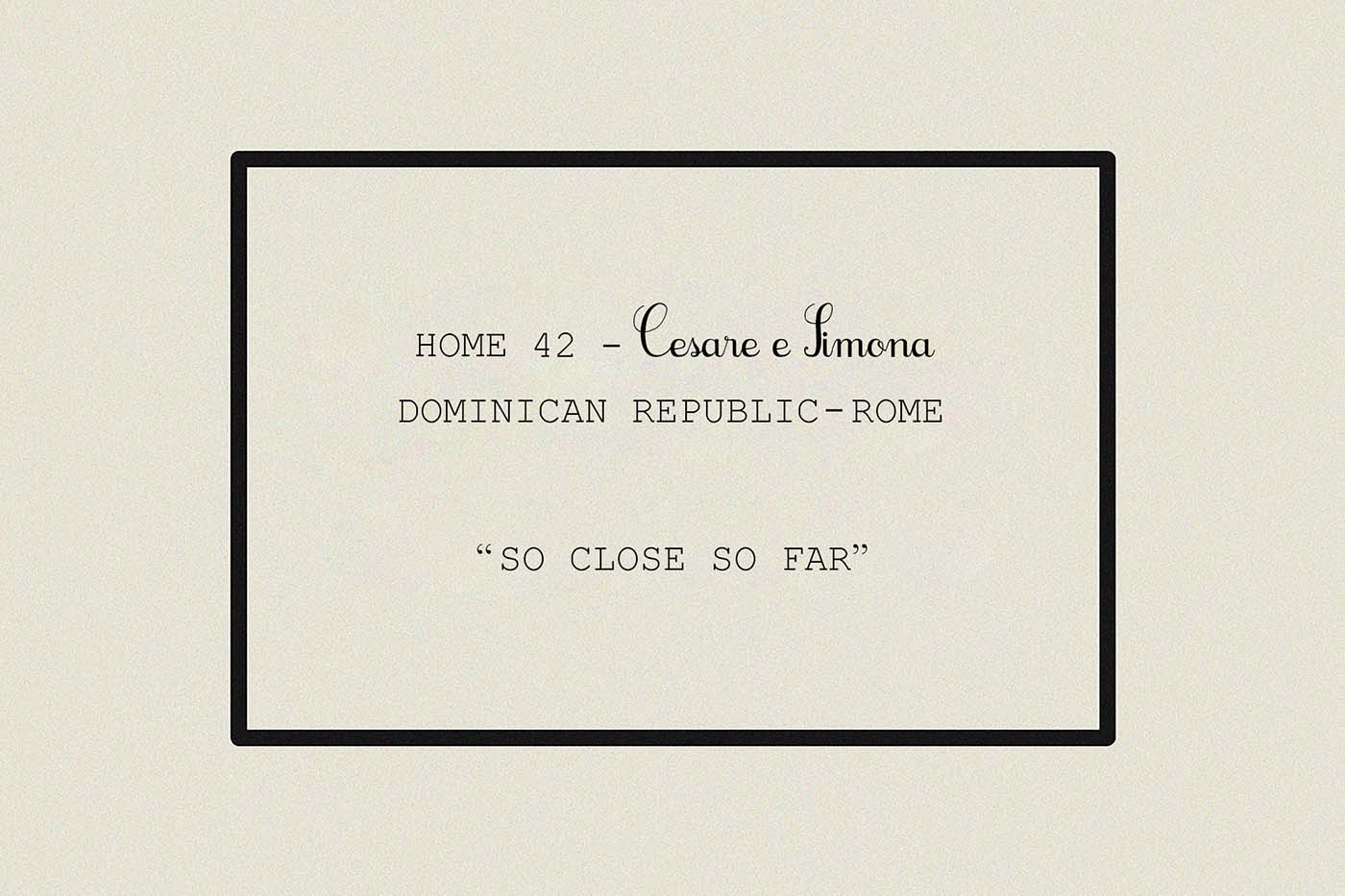
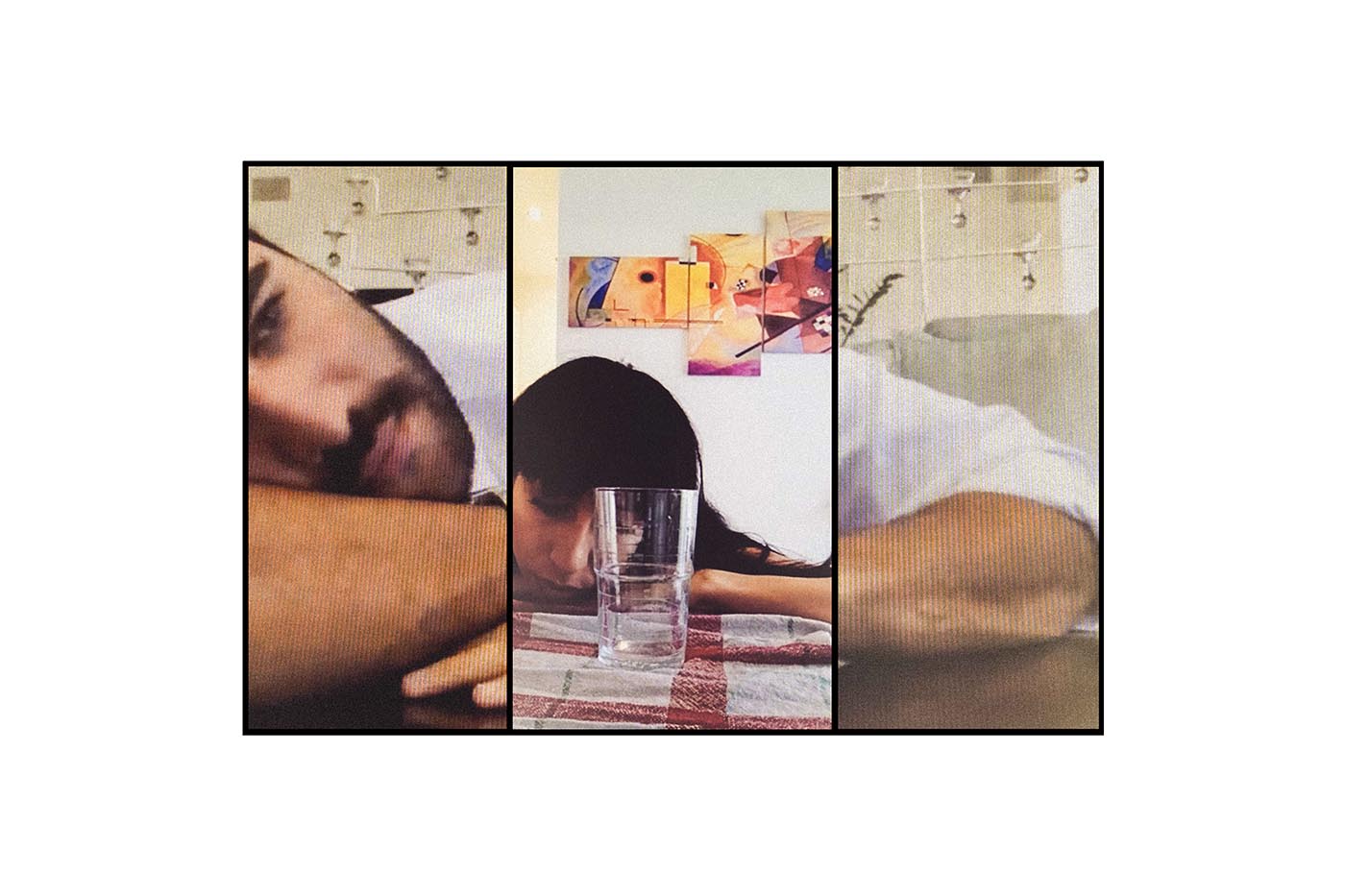
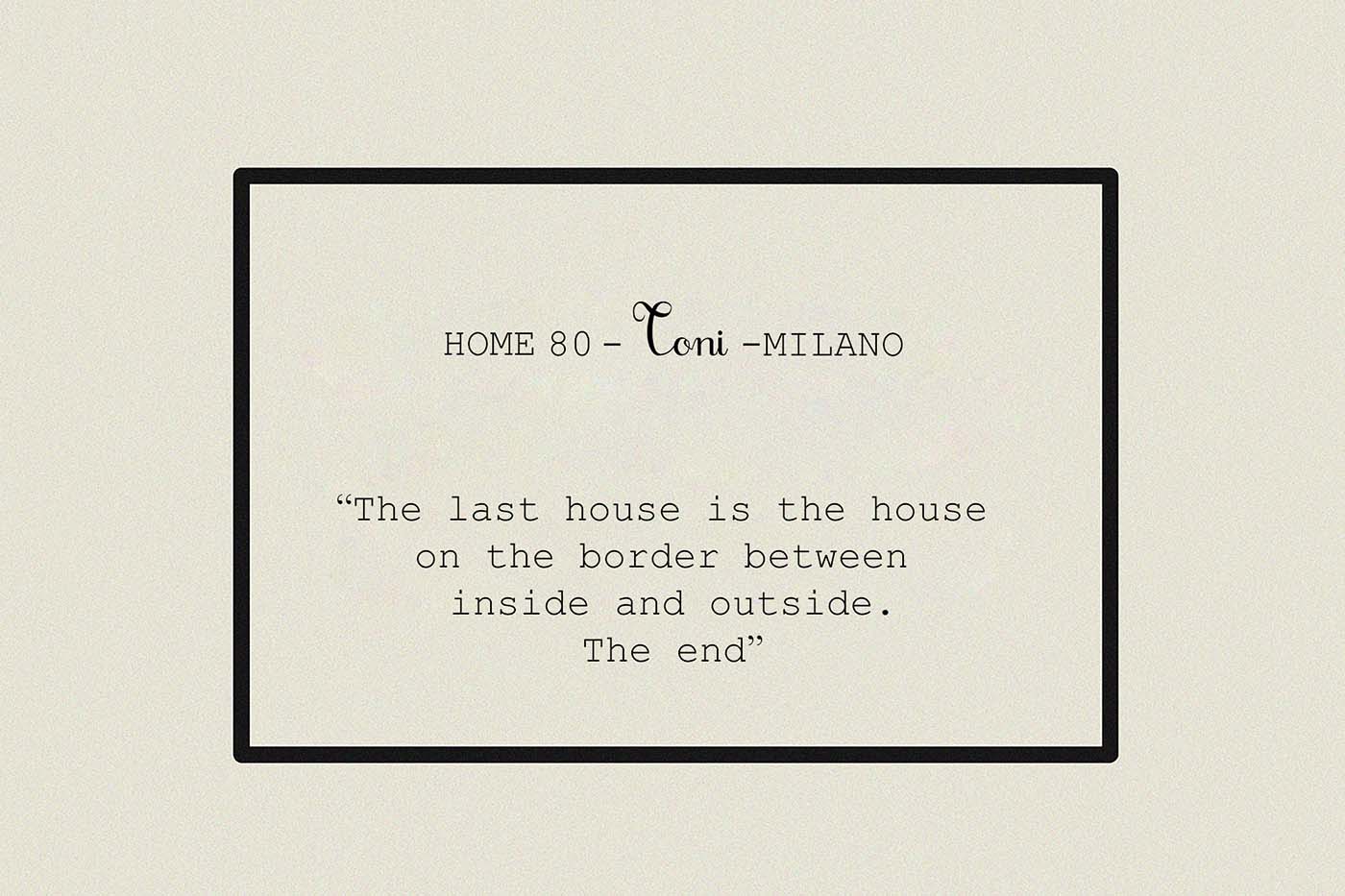
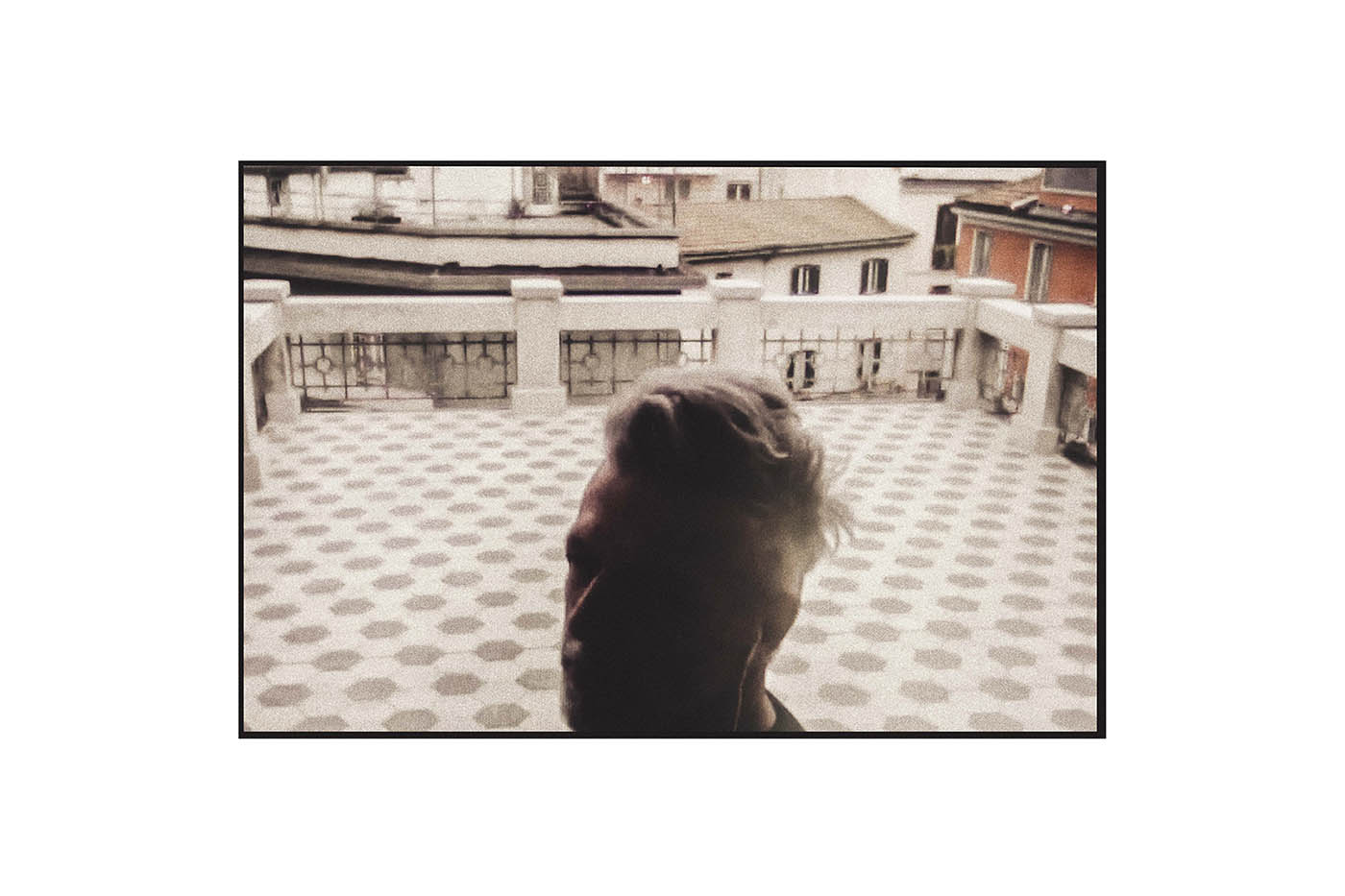
A “contagious” embrace, outlining the houses of the Italians, reached worldwide
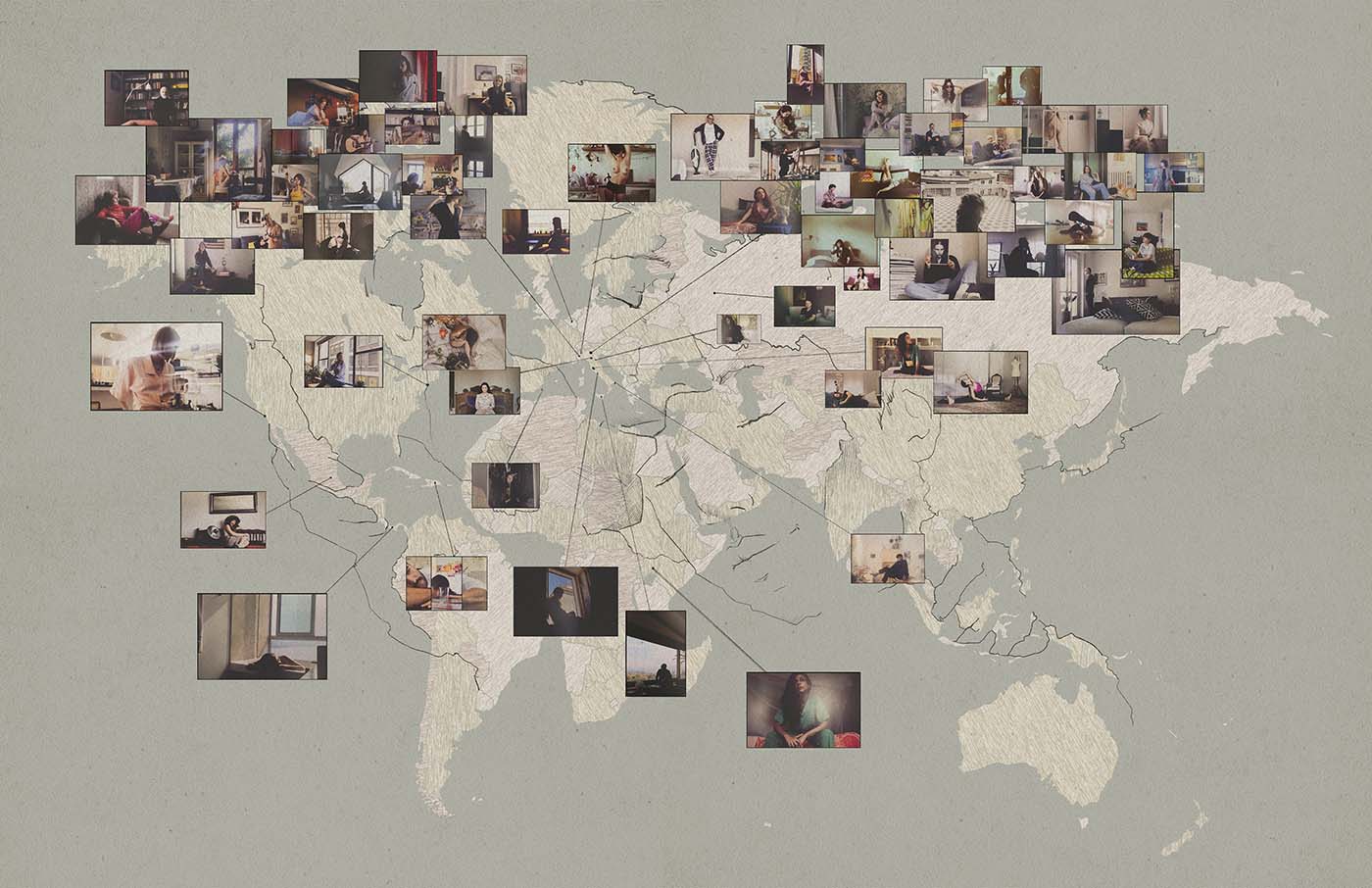
Photography: Letizia Toscano (@letizia_toscano) letiziatoscano.com
Illustration: Martina Romano (@martinaromano_illustration)
Text: Letizia Toscano
Translation: Michele Rebai
Bodies Creating Spaces
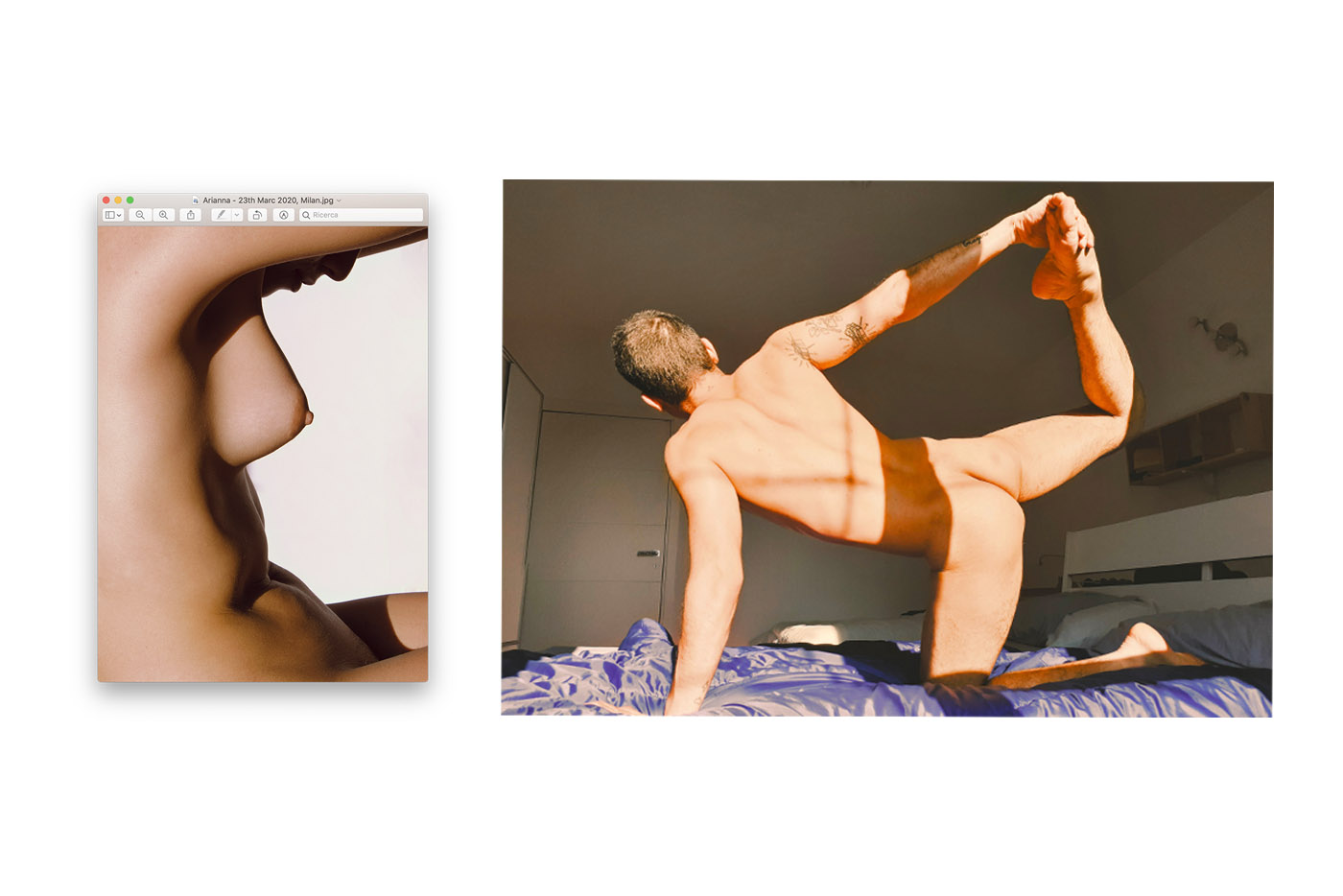
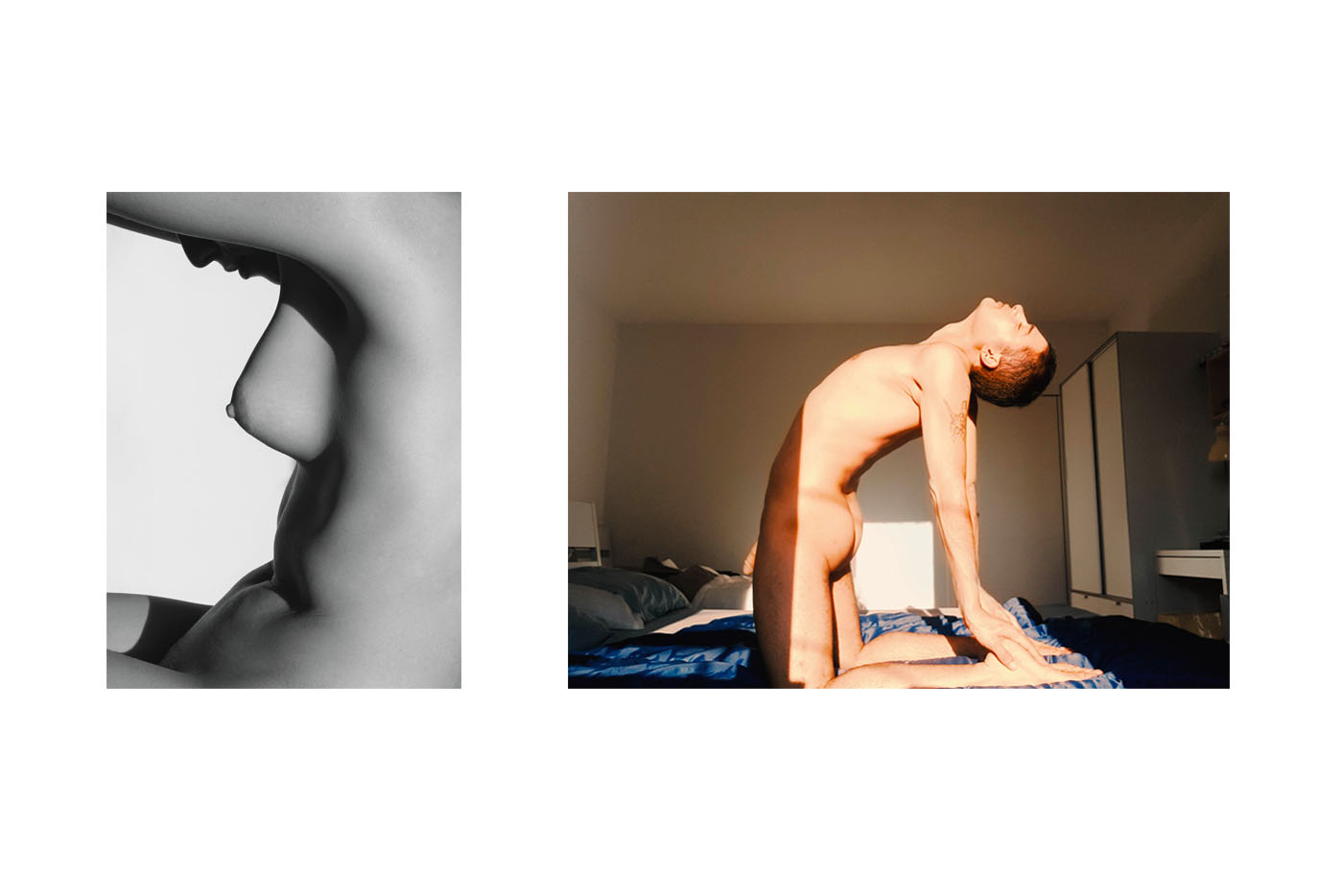
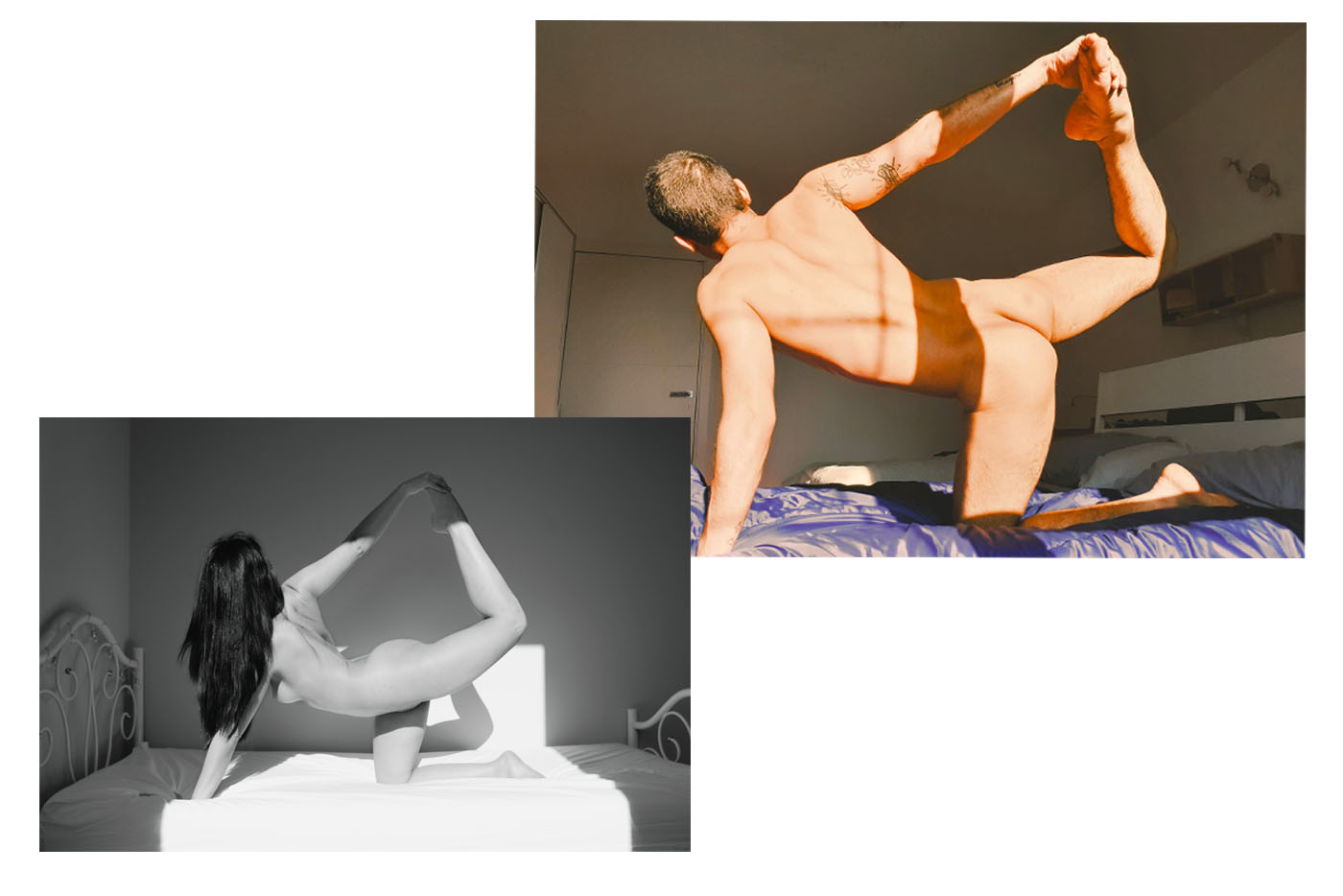
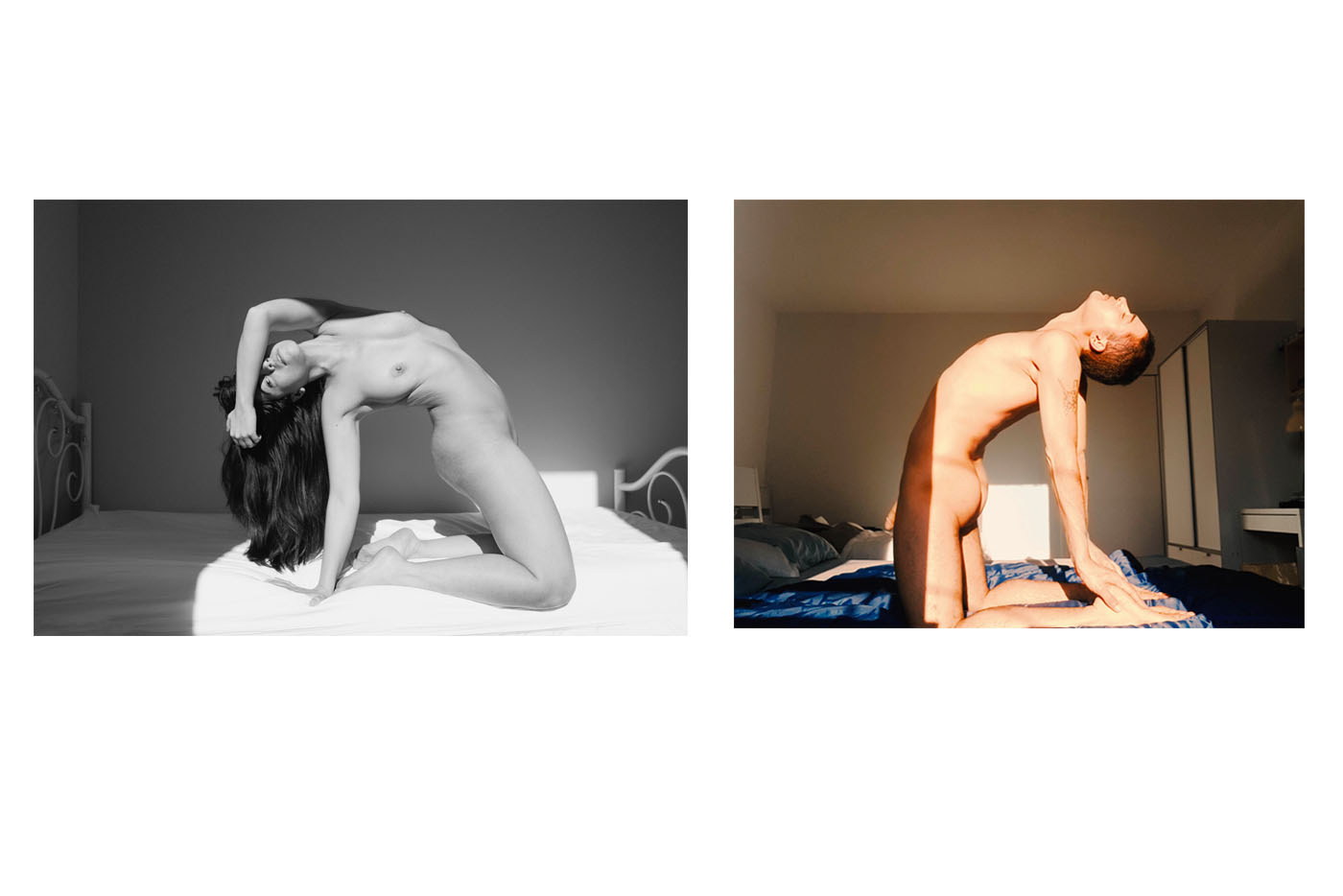
Photography: Arianna Genghini (@callmepocahontas)
Stylist: Jose Farelo (@joeefar)
Body Direction: Arianna Genghini & Jose Farelo
New Madison Camera Roll
Director & Editor: Amanda Louise Macchia (@alouisemacchia)
Casting: New Madison Model (@newmadisonmodels)
Models: Noah Swan, Camille Porquier, Justine Mothe, Gauthier Nampont, Aurore Monnot, Lea de La Bouralière, Harold Benoit, Vianney Cambier, Maceo Gatineau, Enora Blanc, Mats Engel, Clément Cornebize, Josephine Guy
And He Said
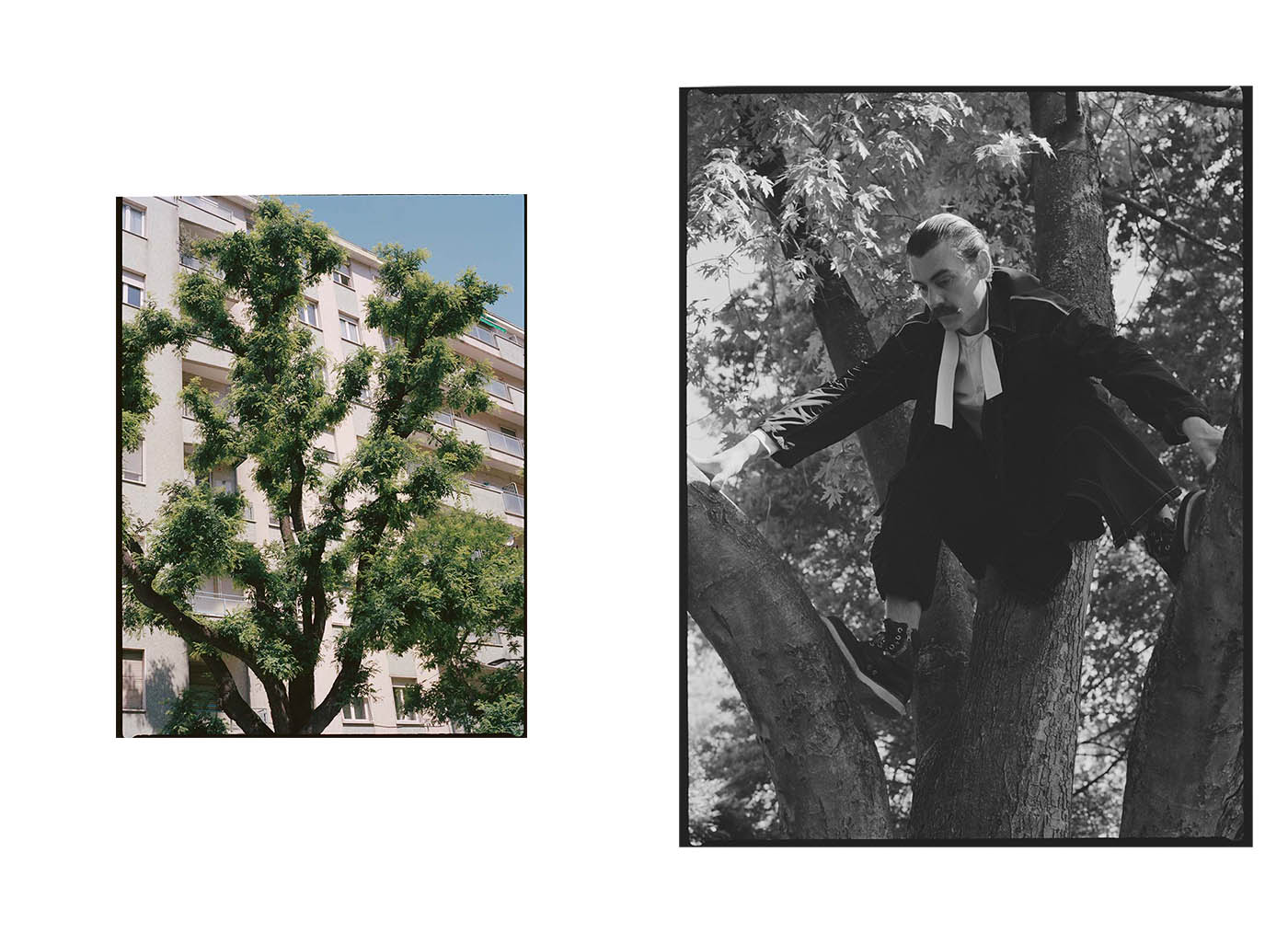
full lookN°21, shoes VISIVIM
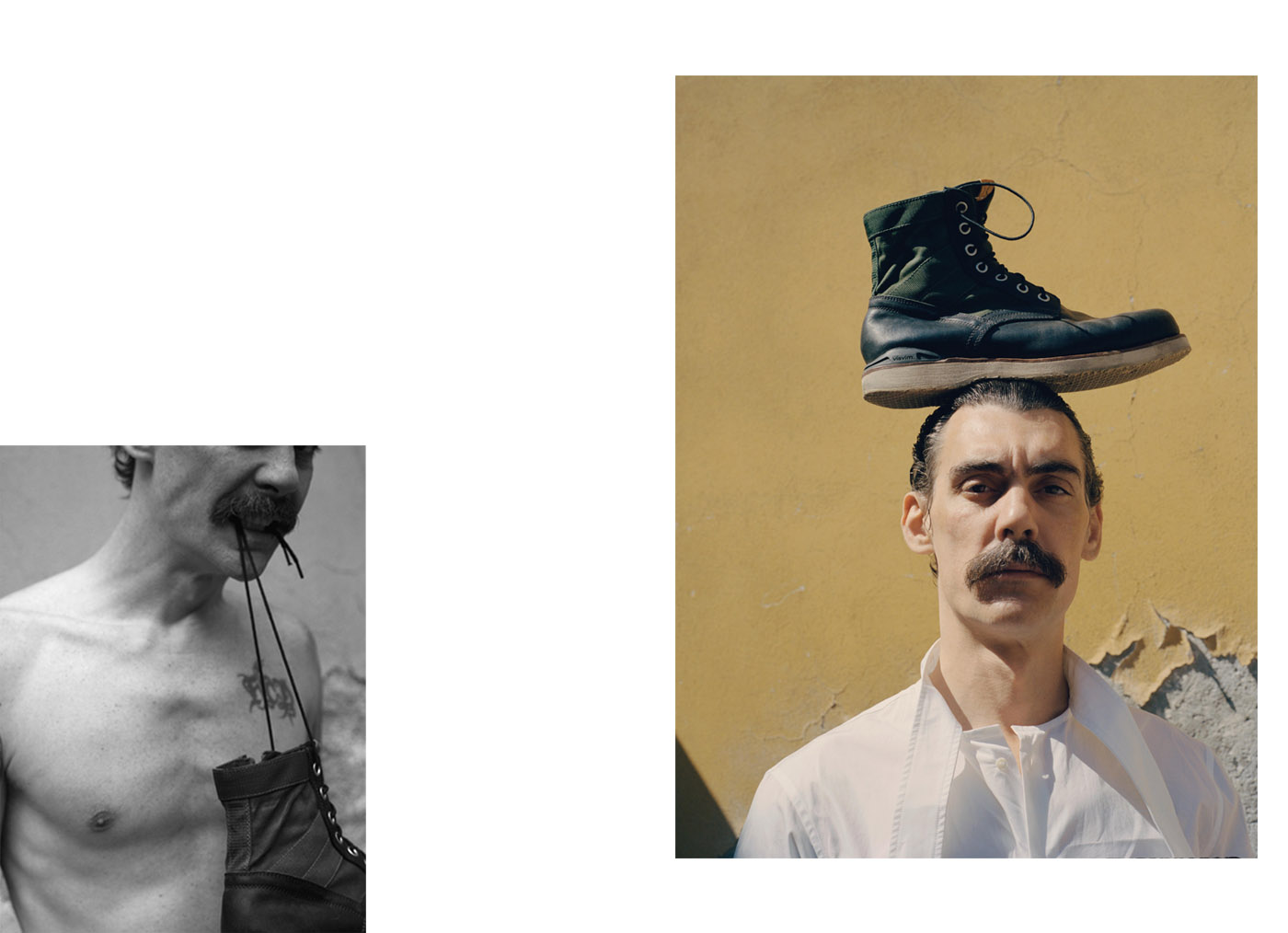
(left) boots VISVIM (right) shirt N°21, boots VISIVIM

(left) shirt N°21 (right) trench N°21
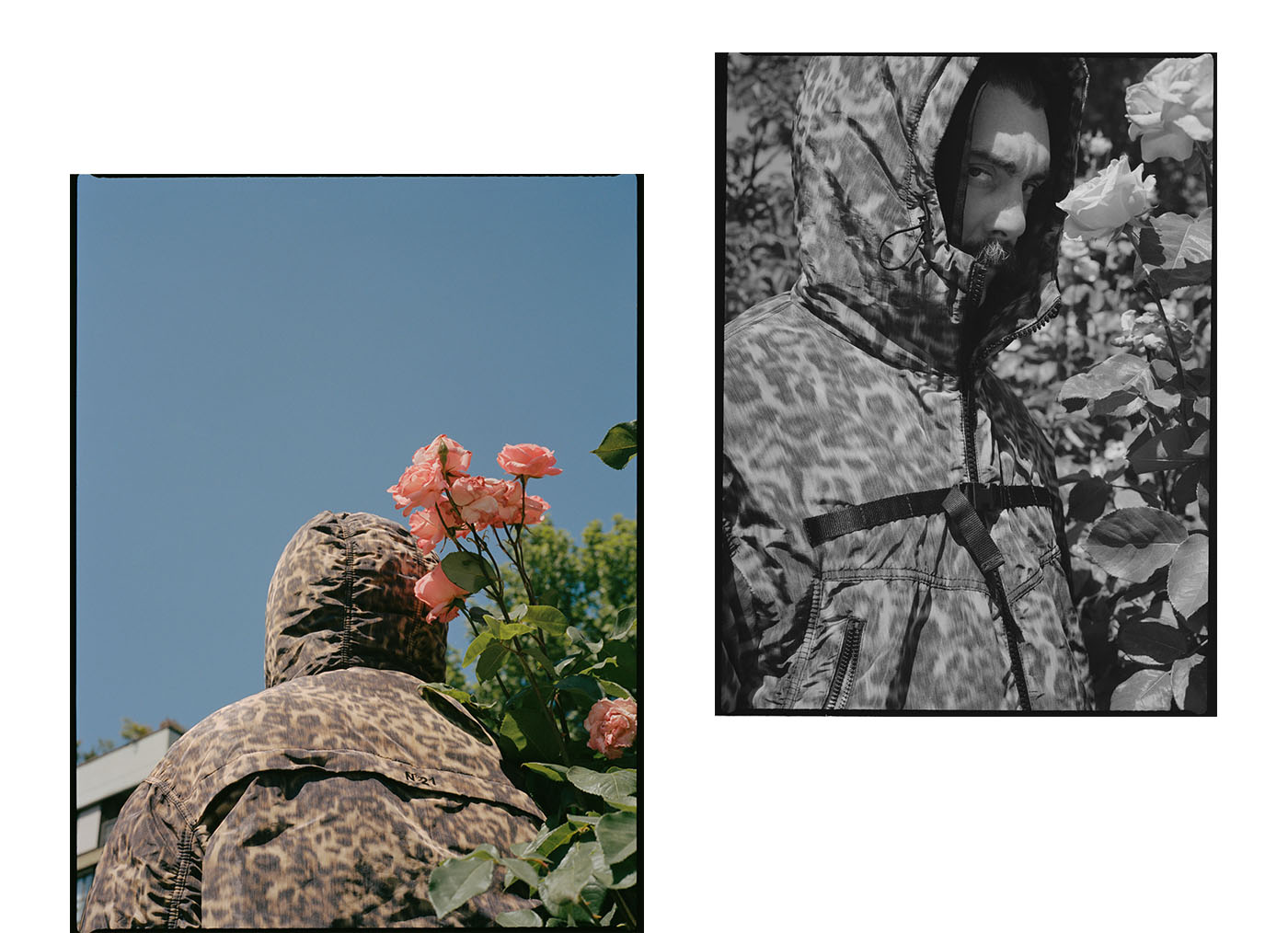
(left) shirt N°21 (right) trench N°21

total look archive
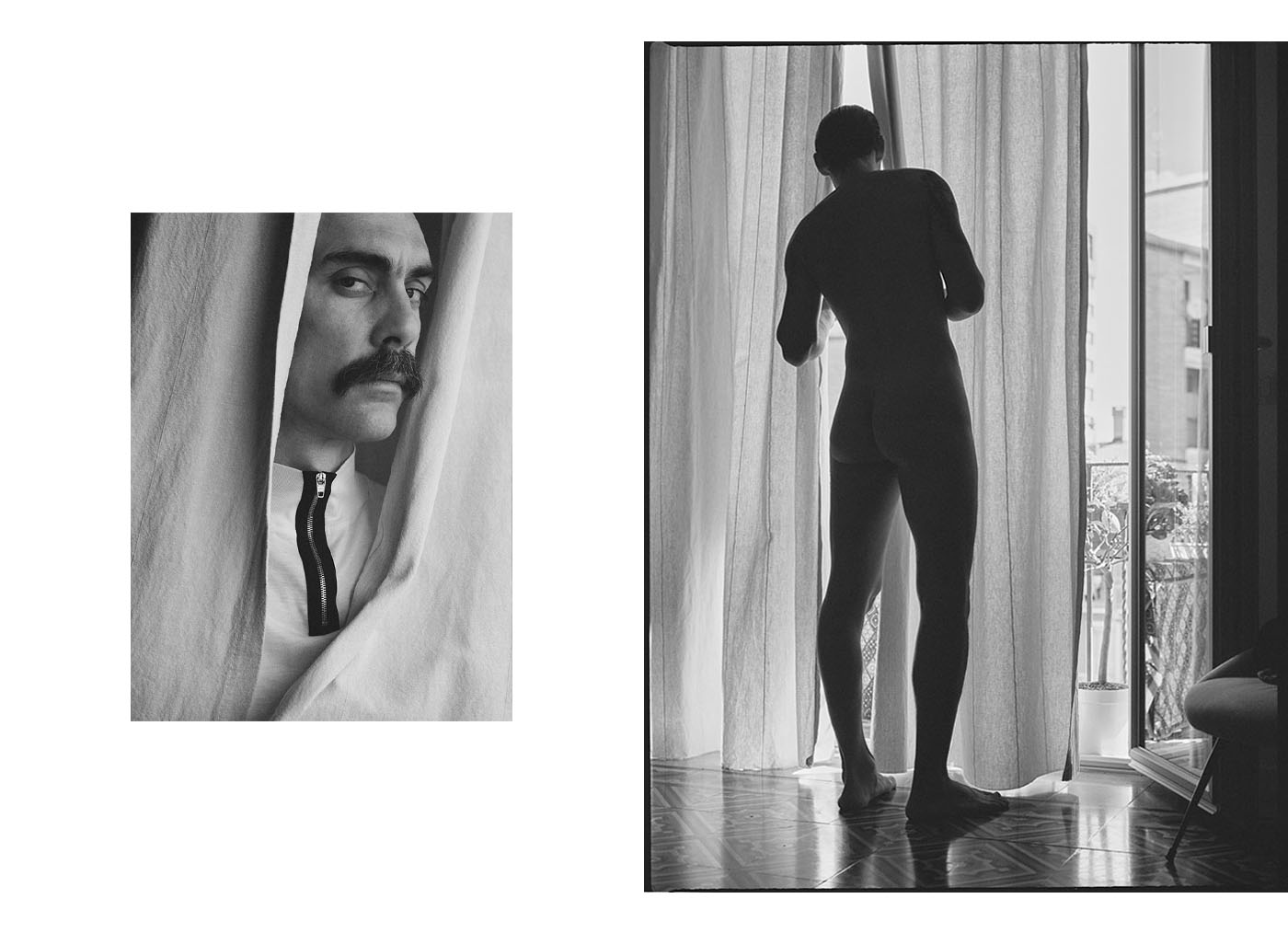
(left) shirt N°21
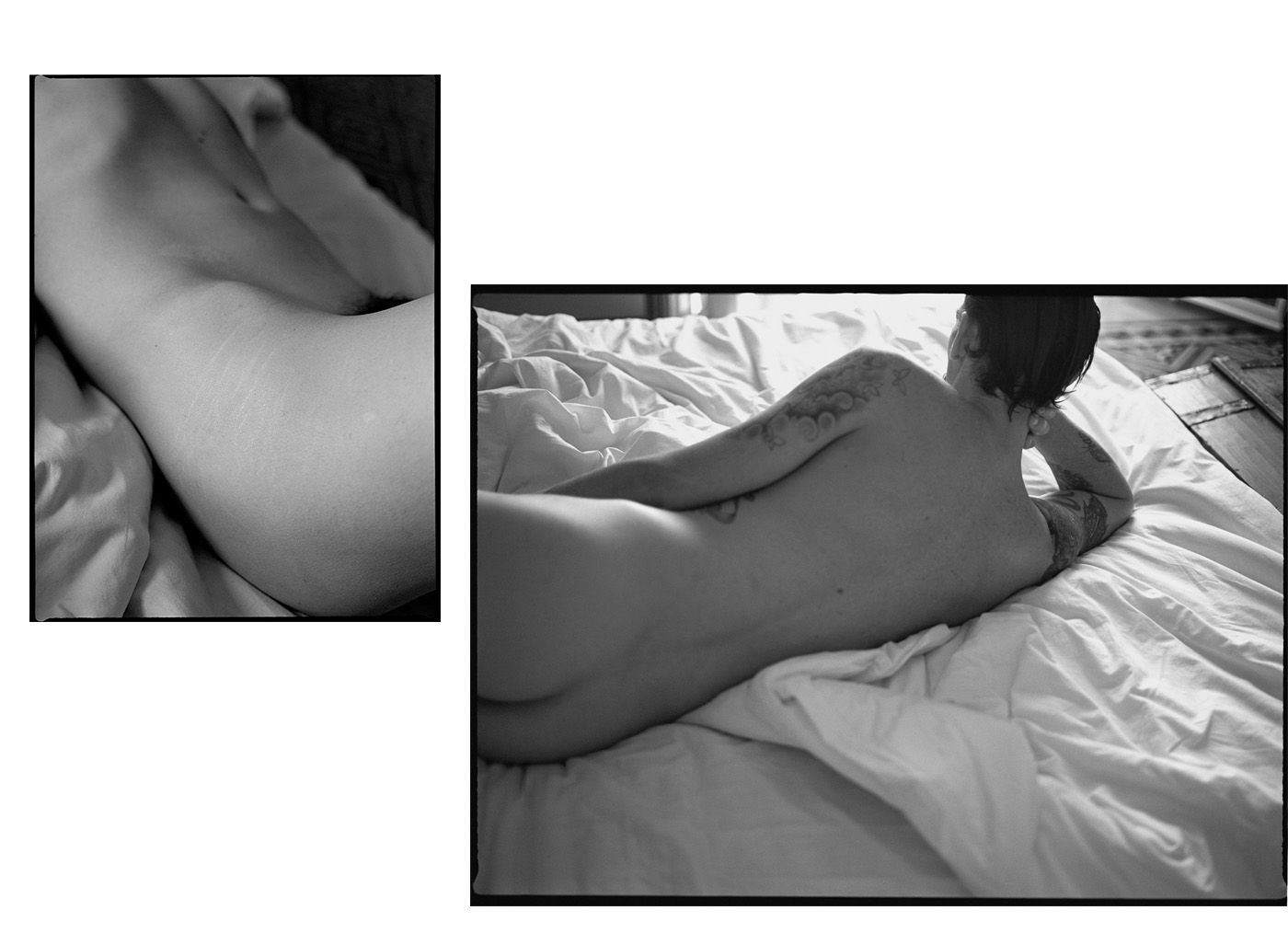
--
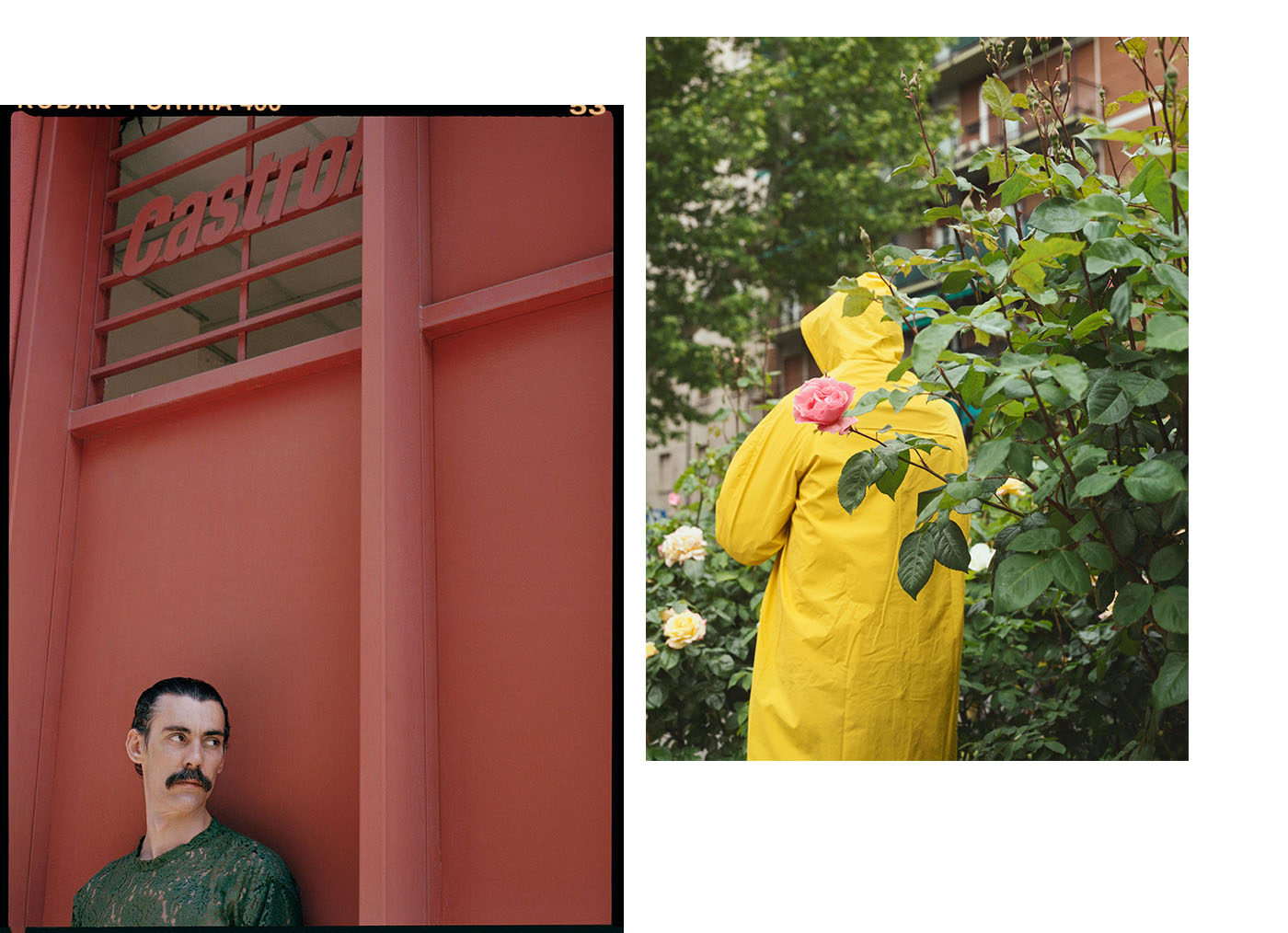
(left) t-shirt N°21 (right) raincoat archive
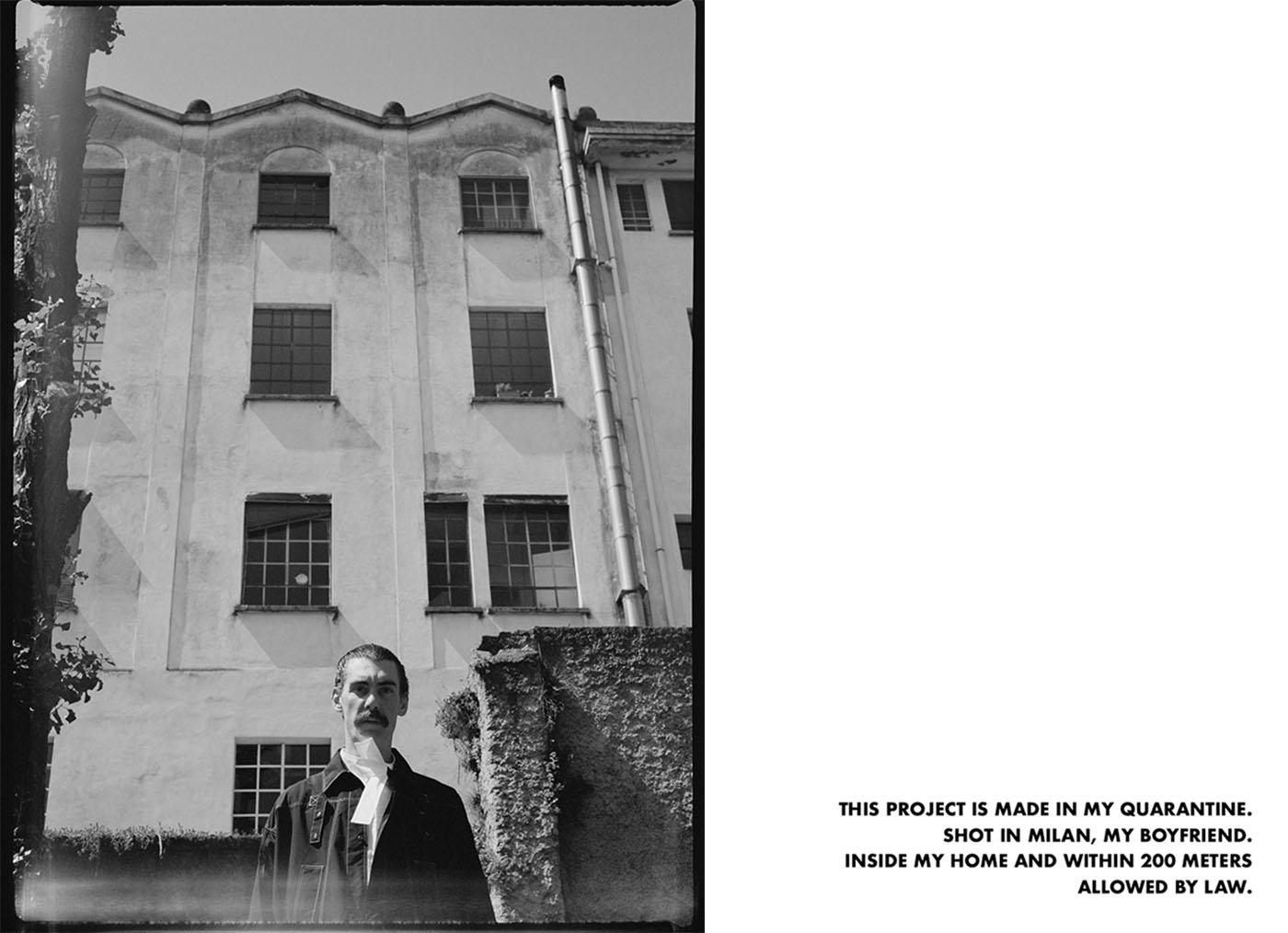
coat & shirt N°21
Photographer: Lucrezia Ganazzoli (@lucreziaganazzoli) lucreziaganazzoli.com
Model: Giacomo Bia




